Learn watercolor sketching basics, explore techniques for expressive art, and discover creative compositions with vibrant colors
Discover the vibrant world of watercolor with our comprehensive specialization program, designed to transform beginners into skilled artists. Start your journey with Laura McKendry, who guides you through the essentials of watercolor sketching, exploring basic techniques and creative expression. Delve into the intricate art of botanical illustration with Julia Trickey, where you'll learn to depict plants with precision and artistry, capturing their natural beauty. Sarah Stokes takes you on a journey to create expressive animal portraits, teaching you to capture the essence and character of your subjects with lifelike texture and color.
Expand your skills with Urban Anna, as you explore urban landscapes, capturing the unique atmosphere of your city with dynamic compositions and perspective. Emma Thrussell will help you bring imaginative characters to life, blending storytelling with watercolor techniques. Finally, Reha Sakar introduces you to advanced expressive watercolor painting, encouraging you to experiment and create compelling illustrations with strong visual narratives. This program offers a rich tapestry of experiences and techniques, enabling you to develop your personal style and artistic voice.
What will you learn in this specialization?

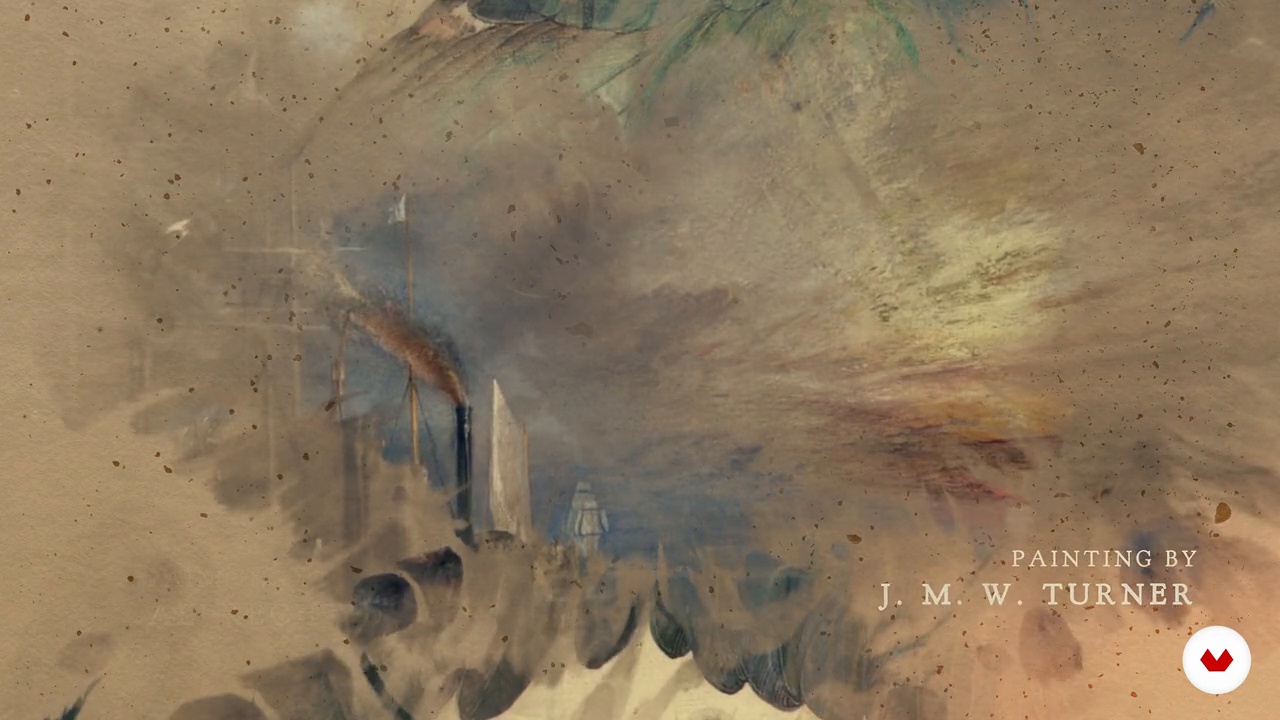
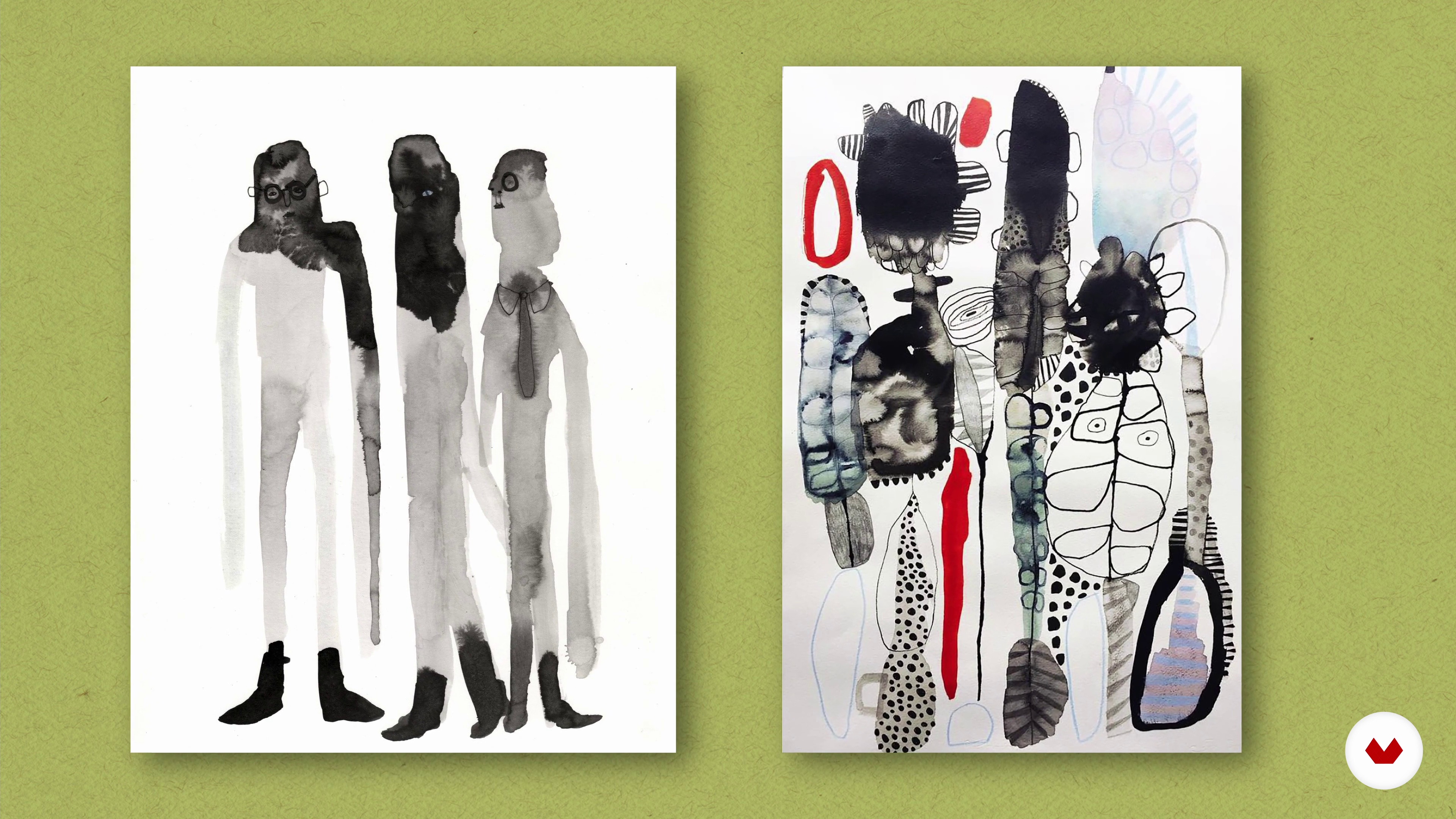
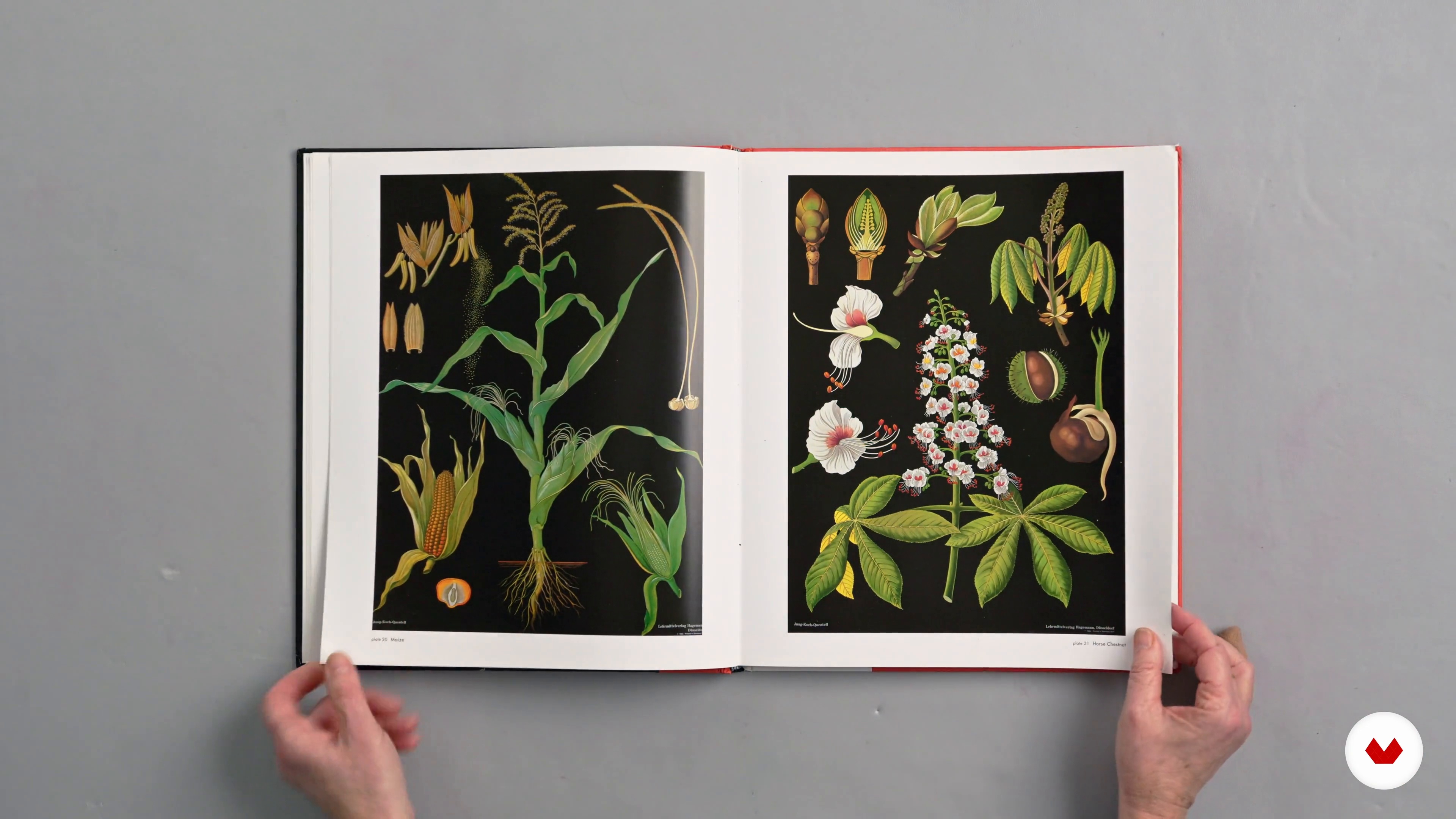
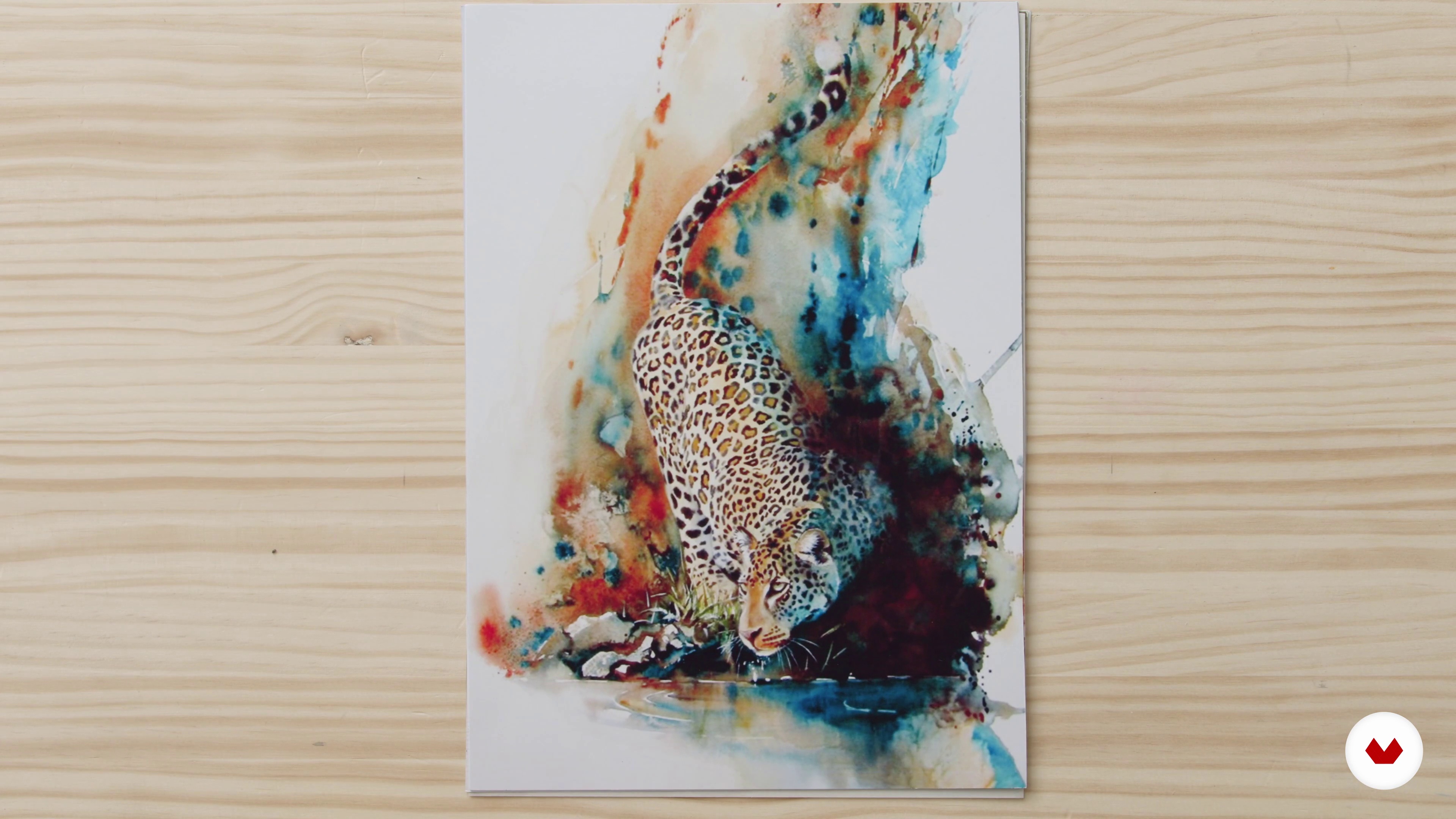
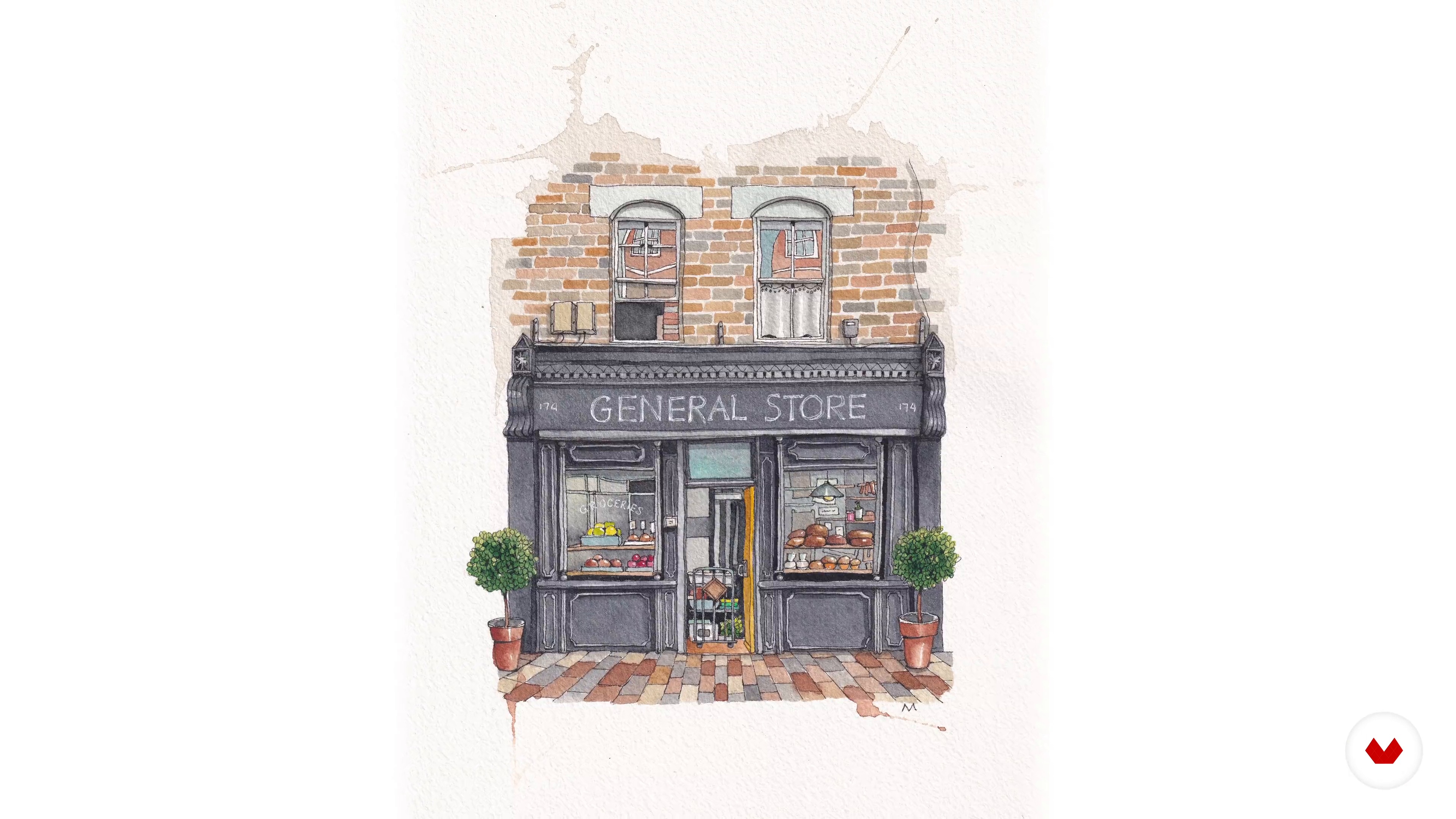

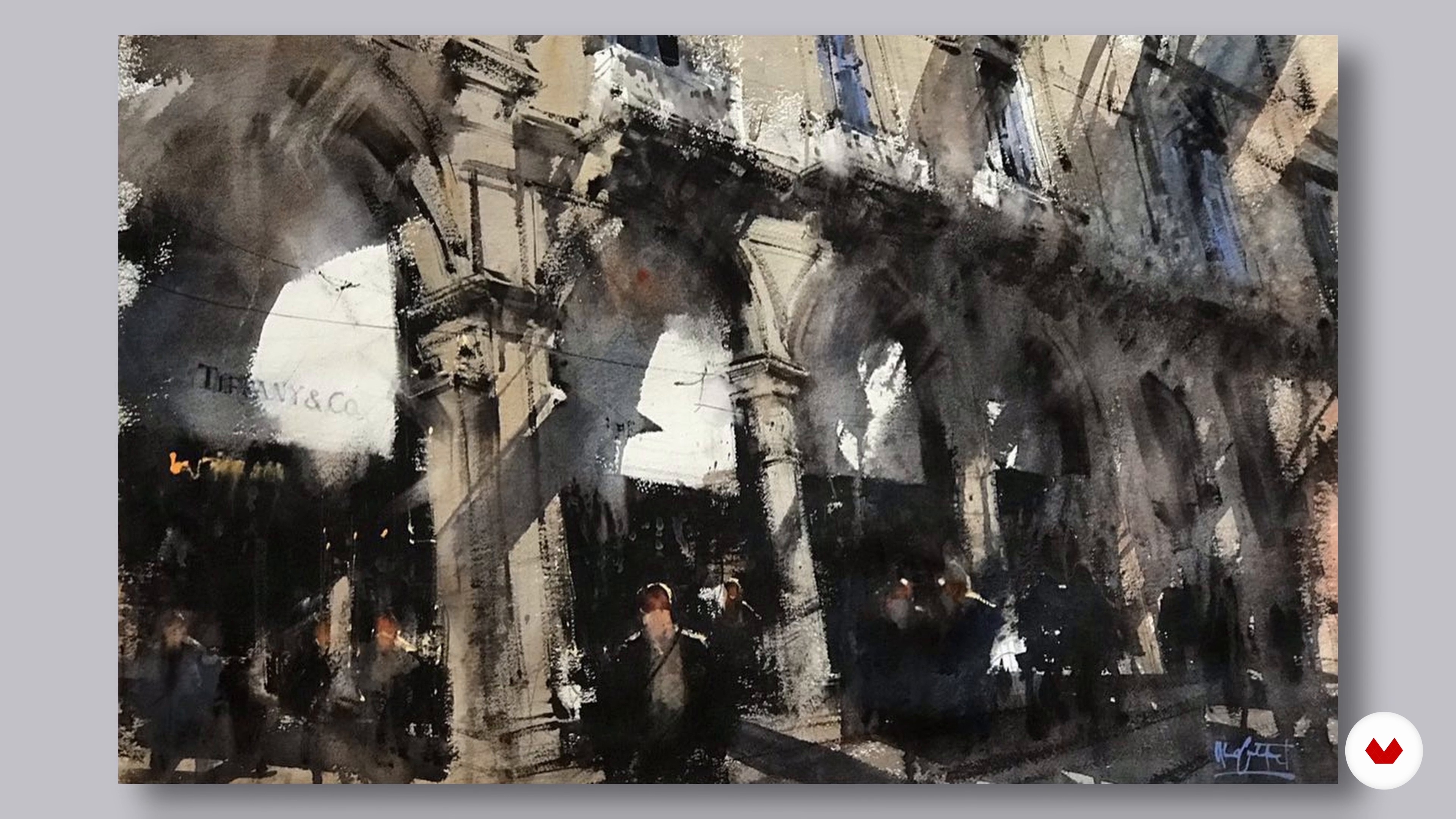


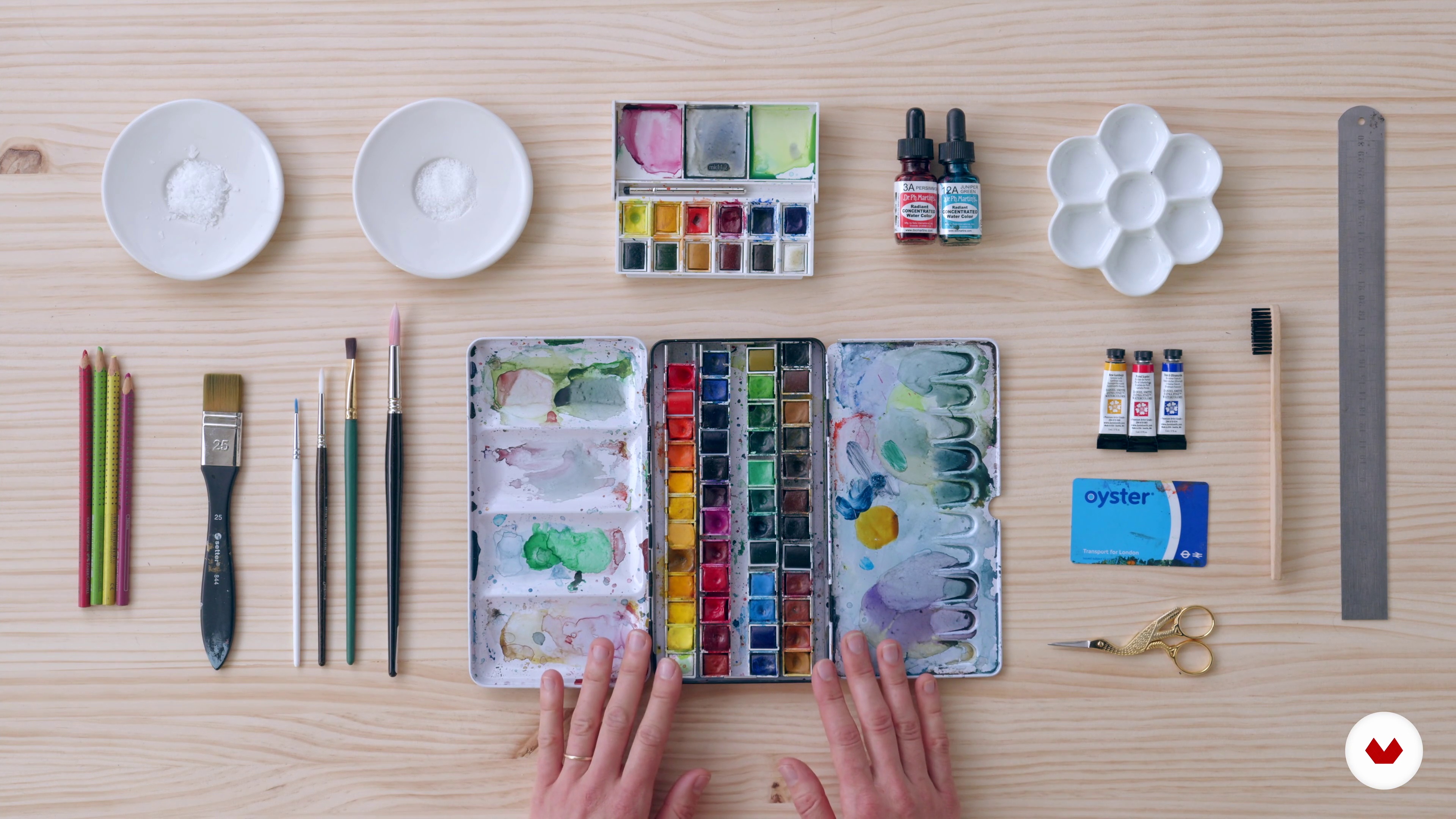
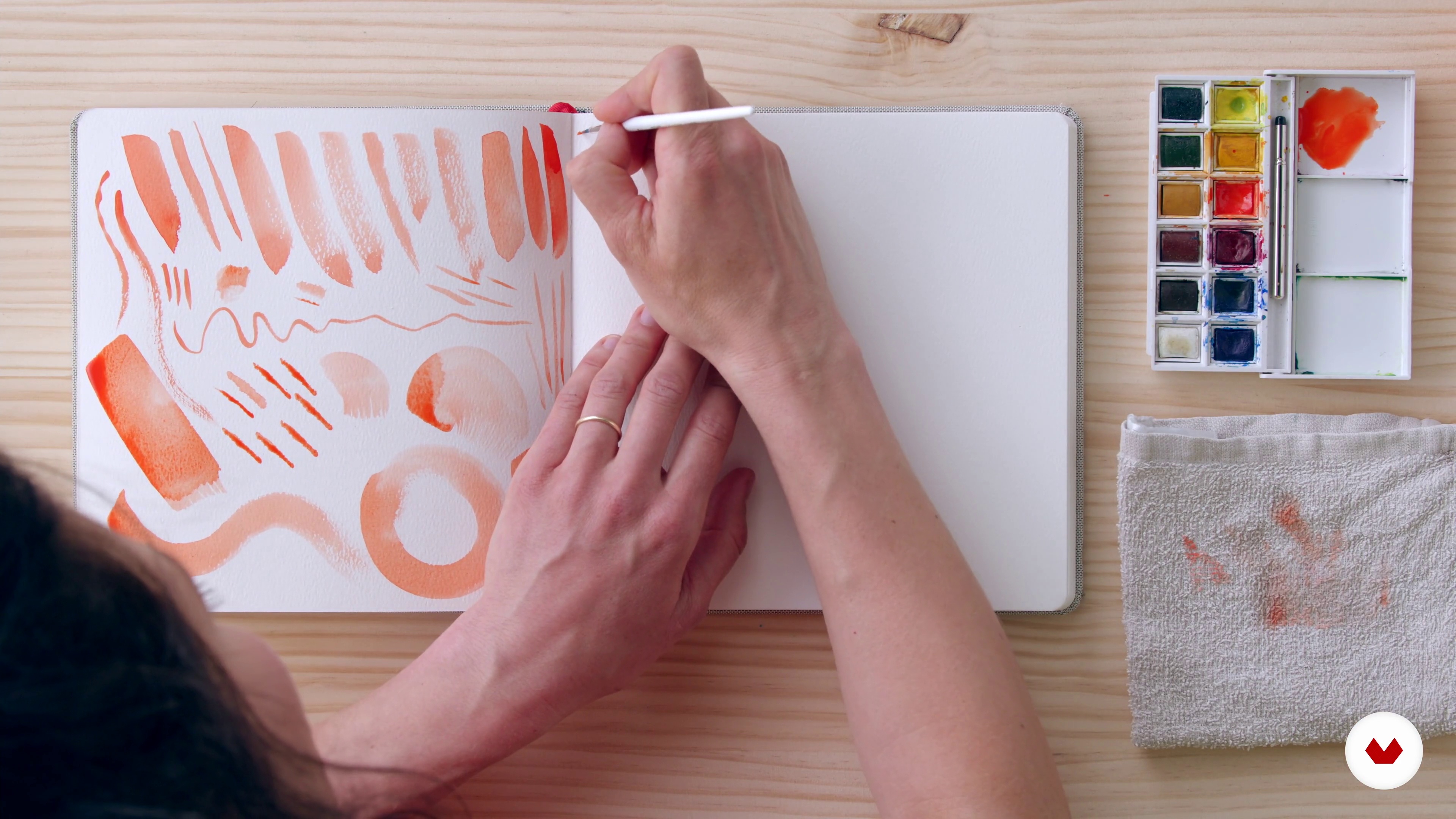
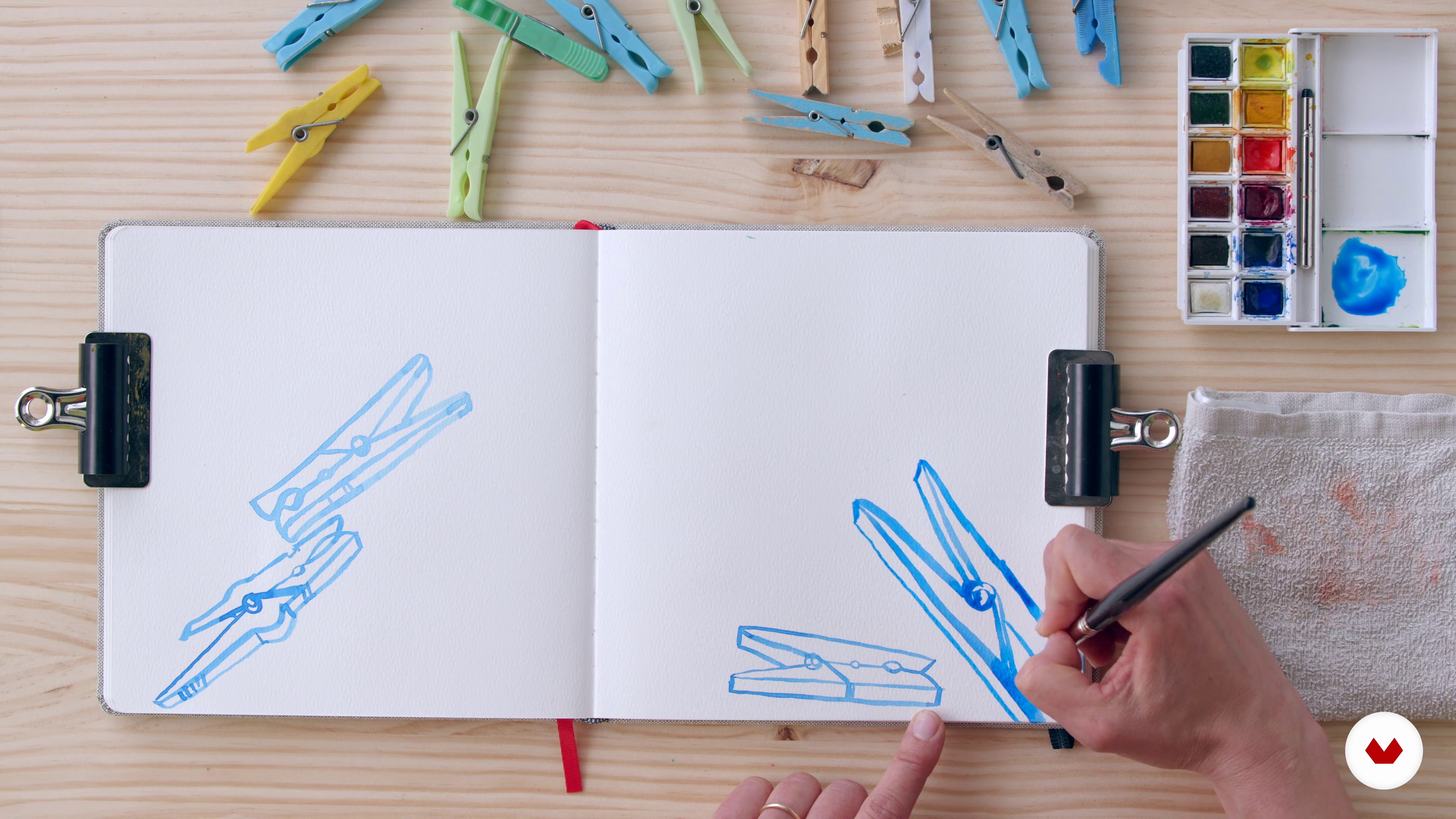
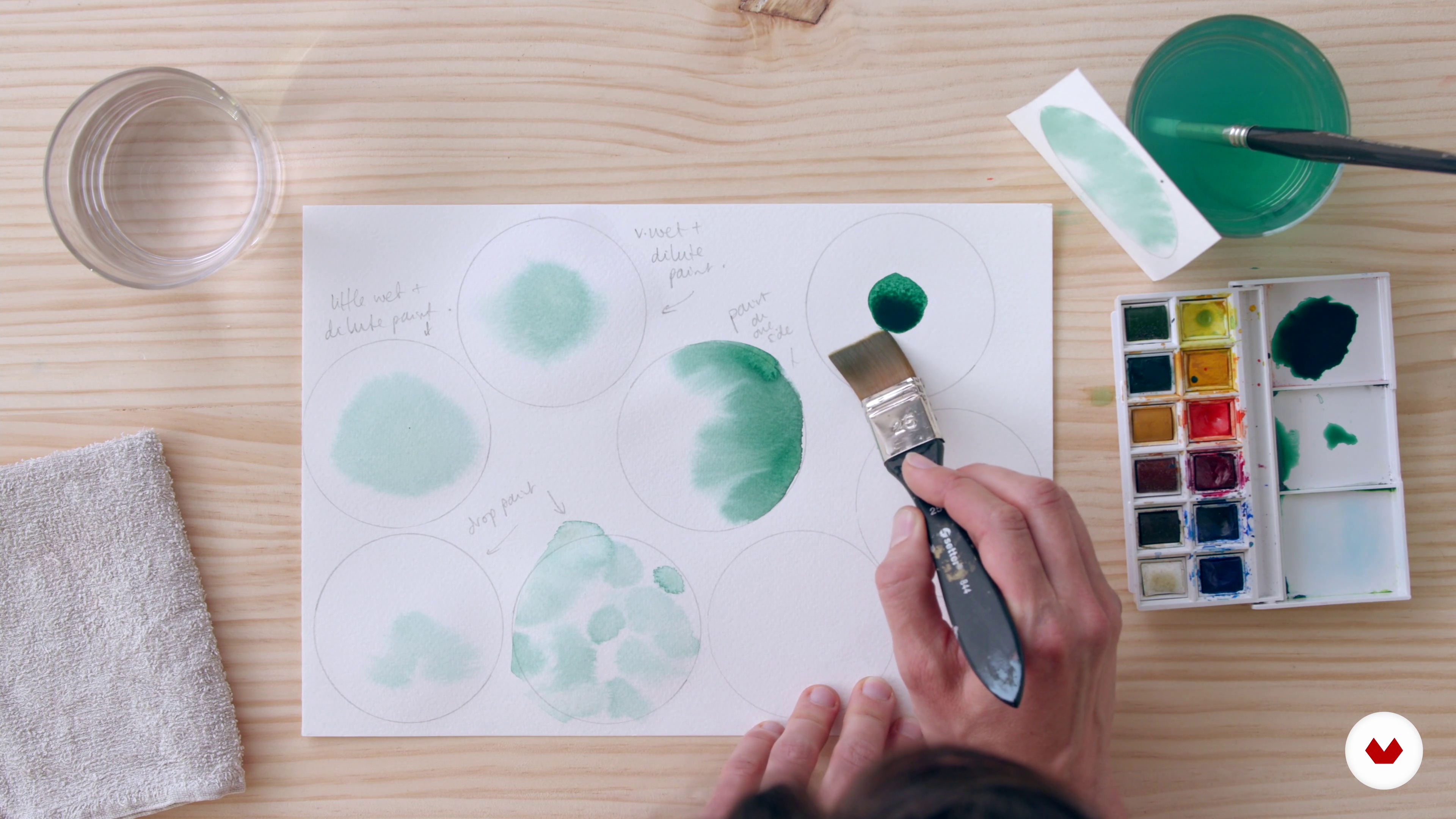
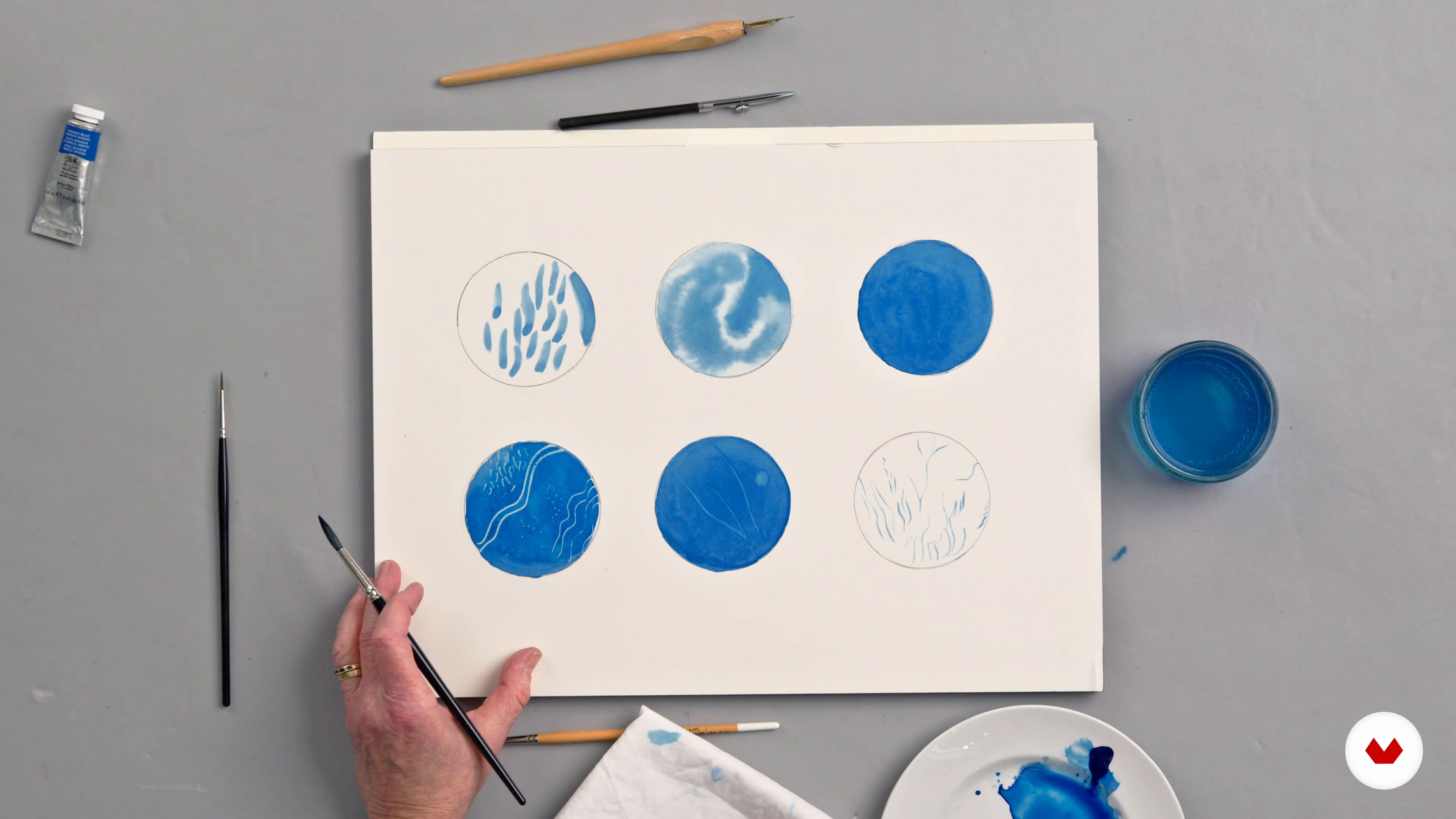

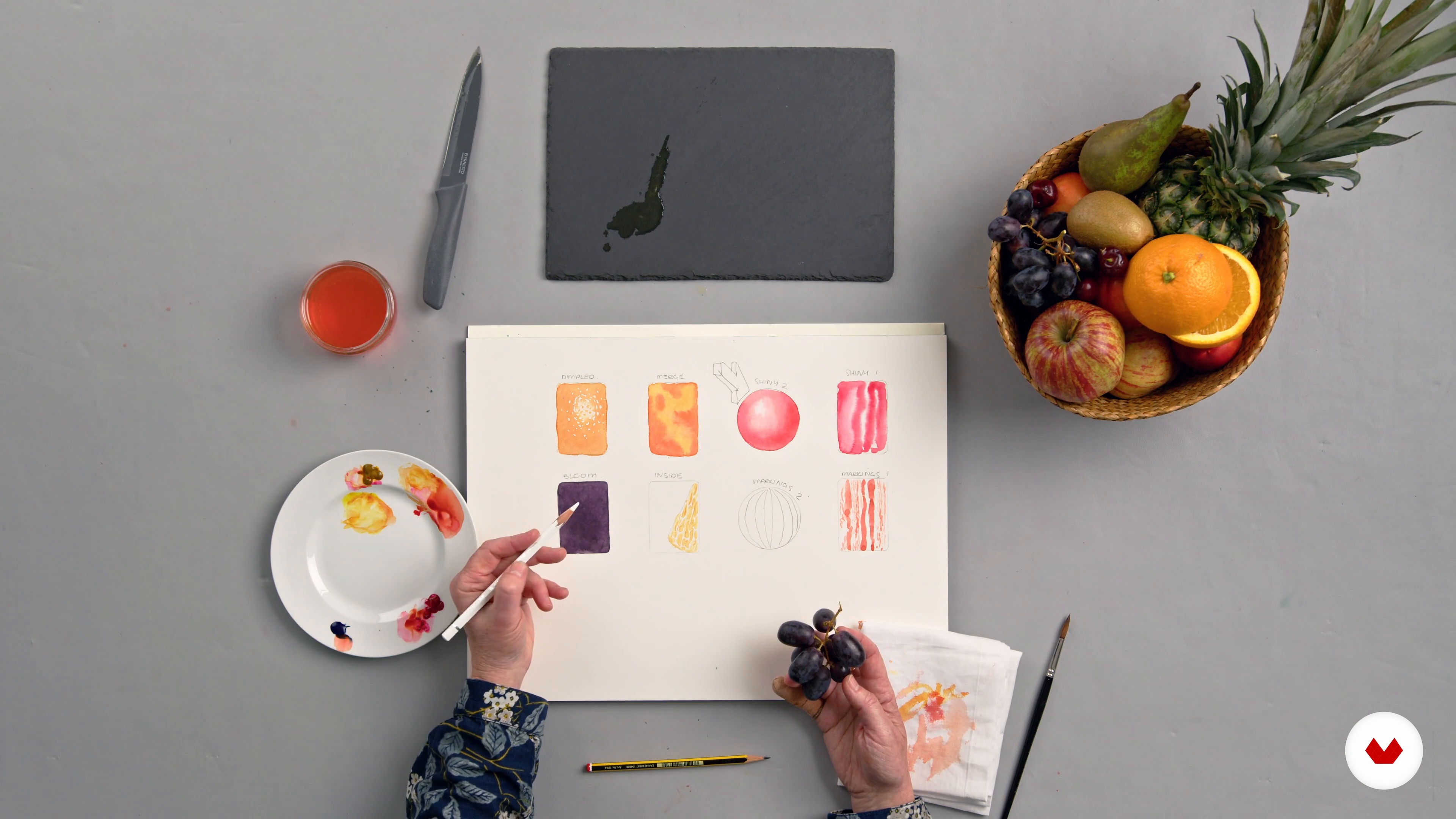
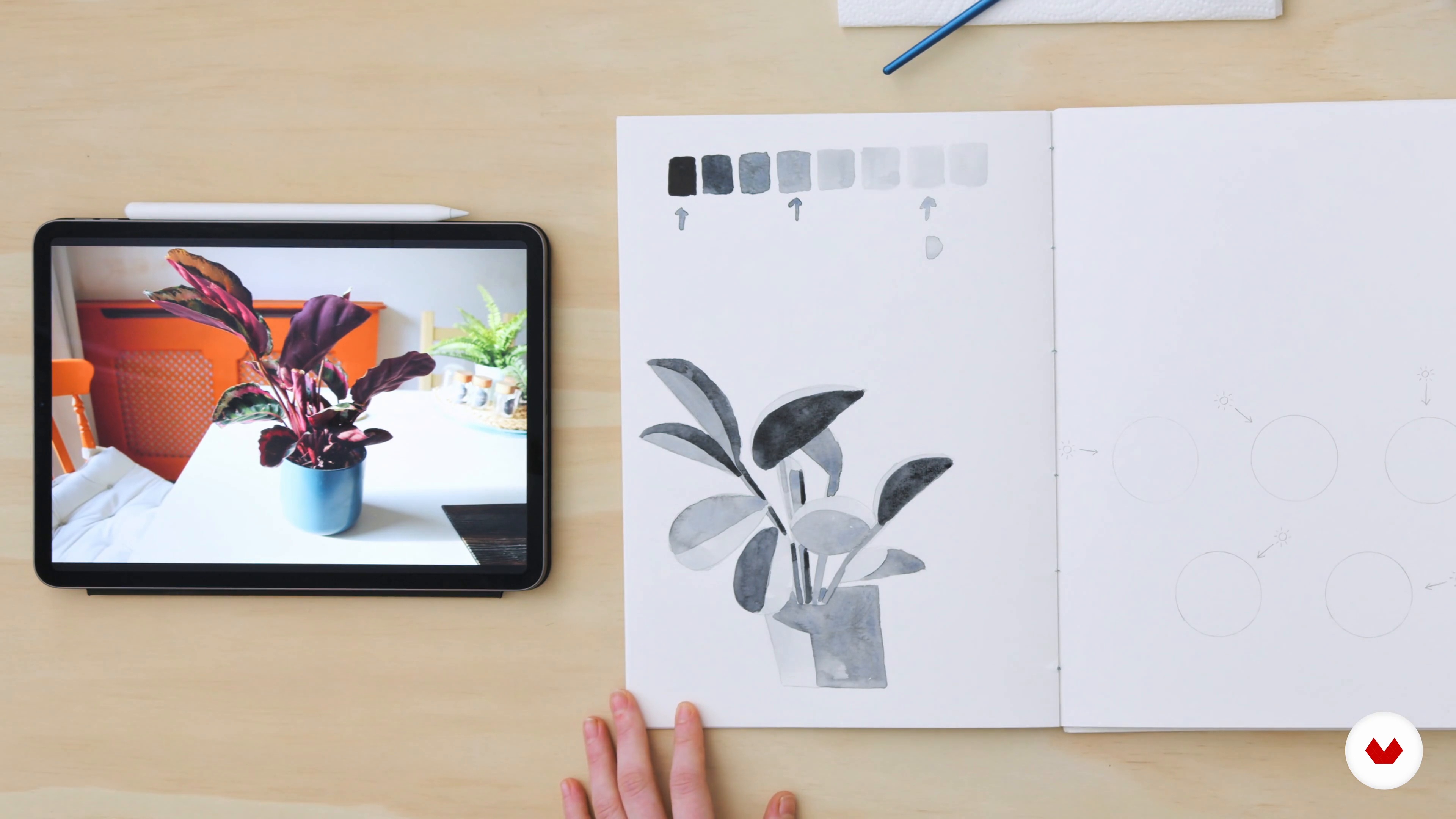
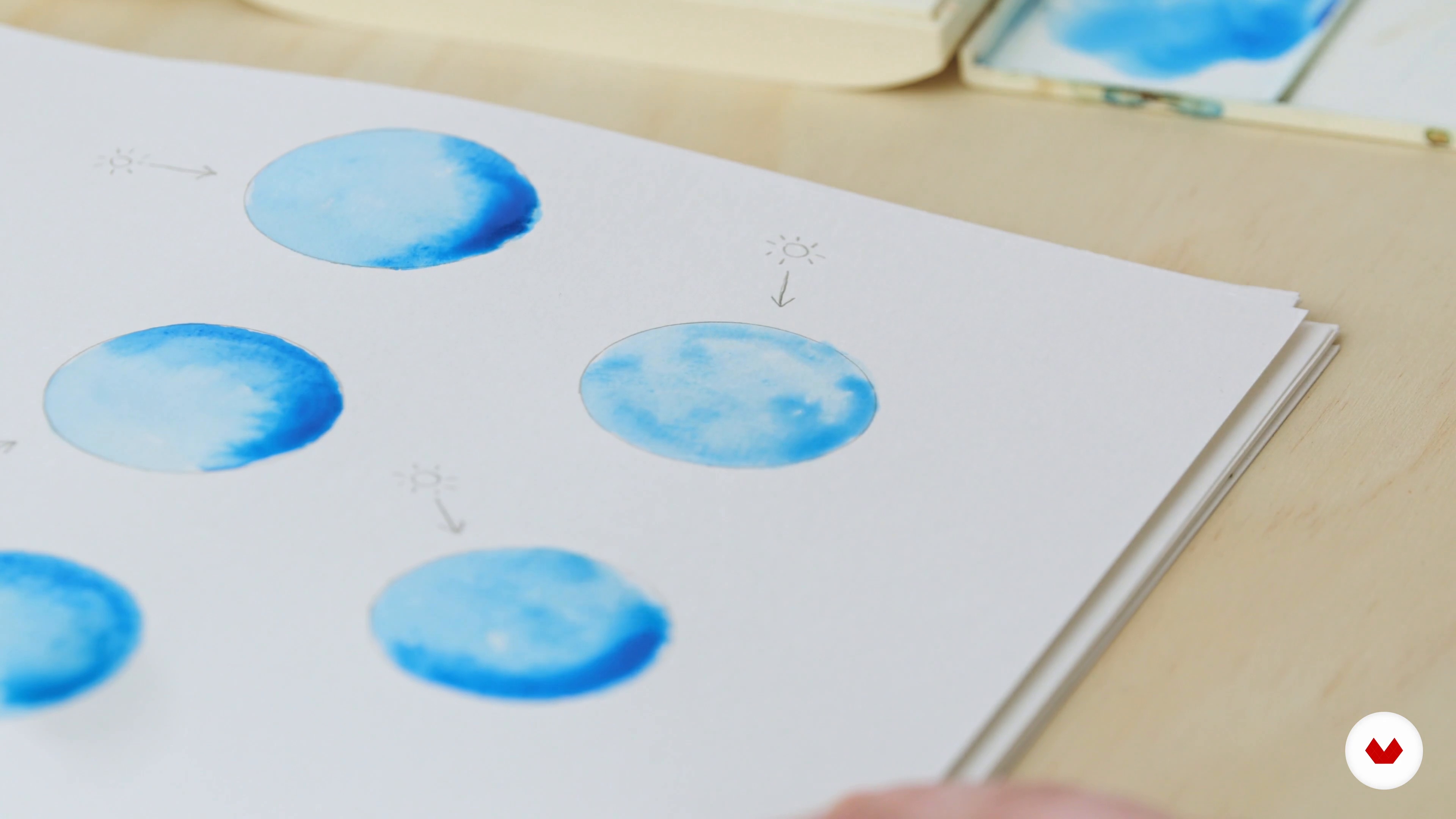
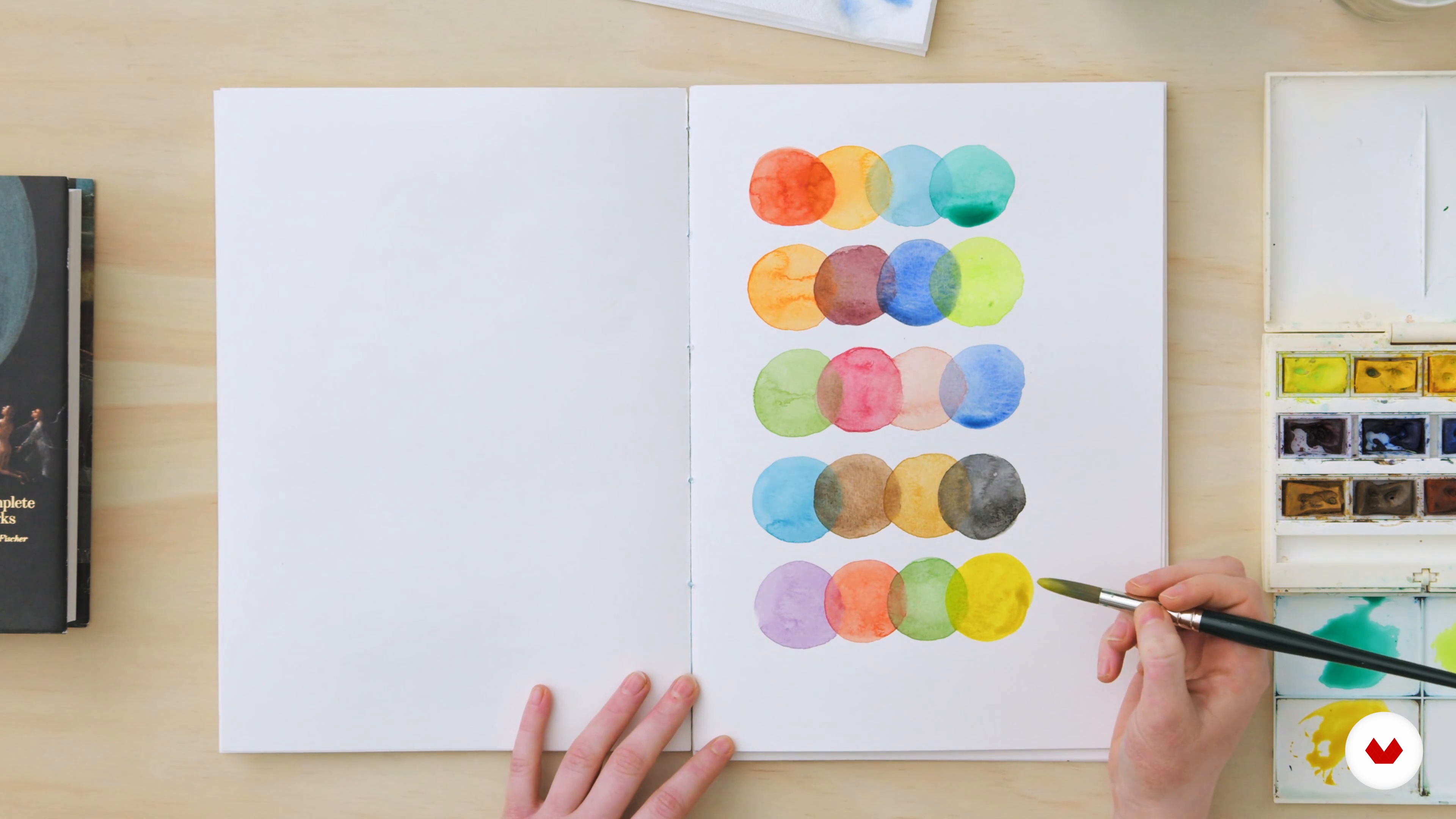

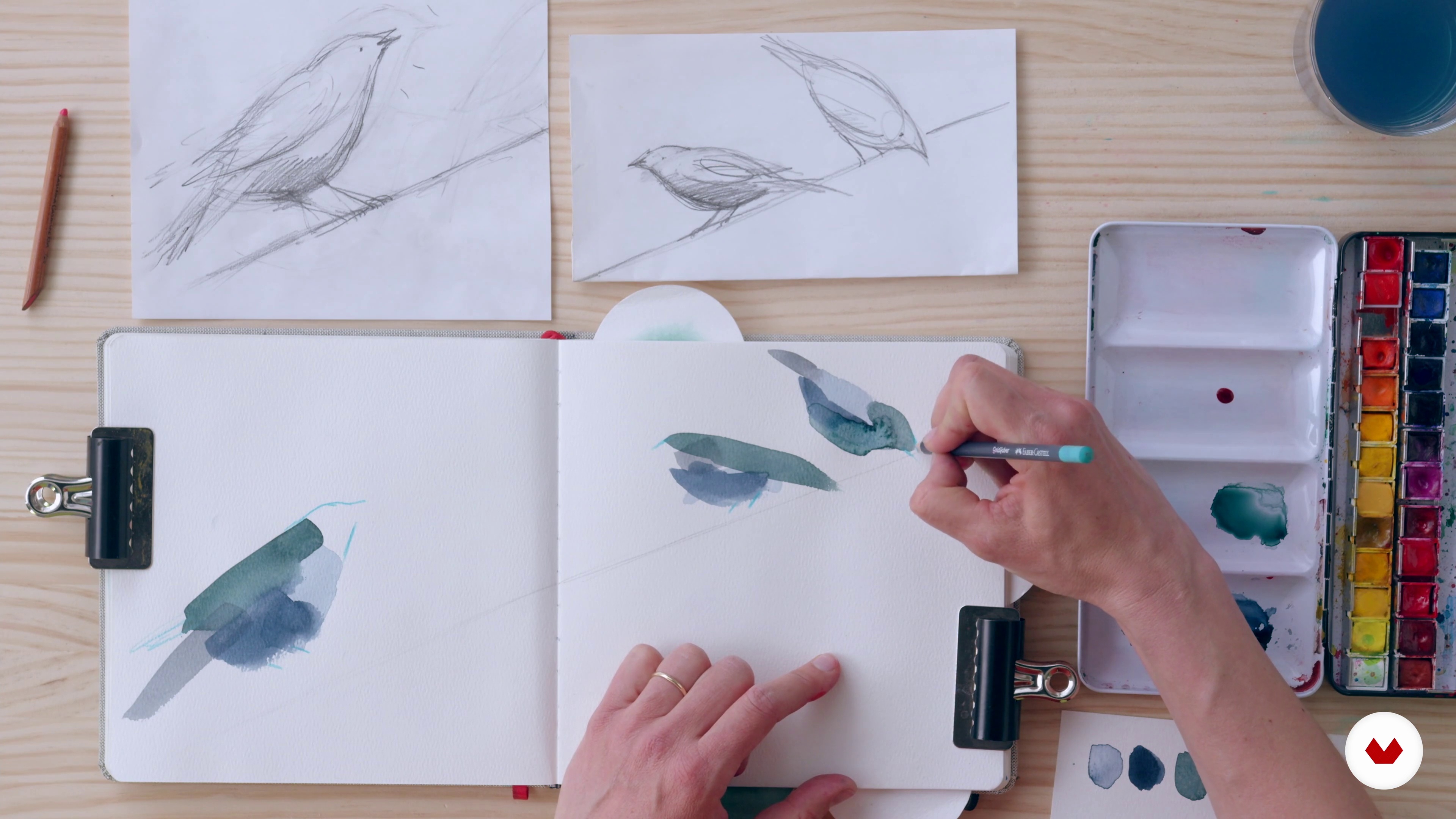
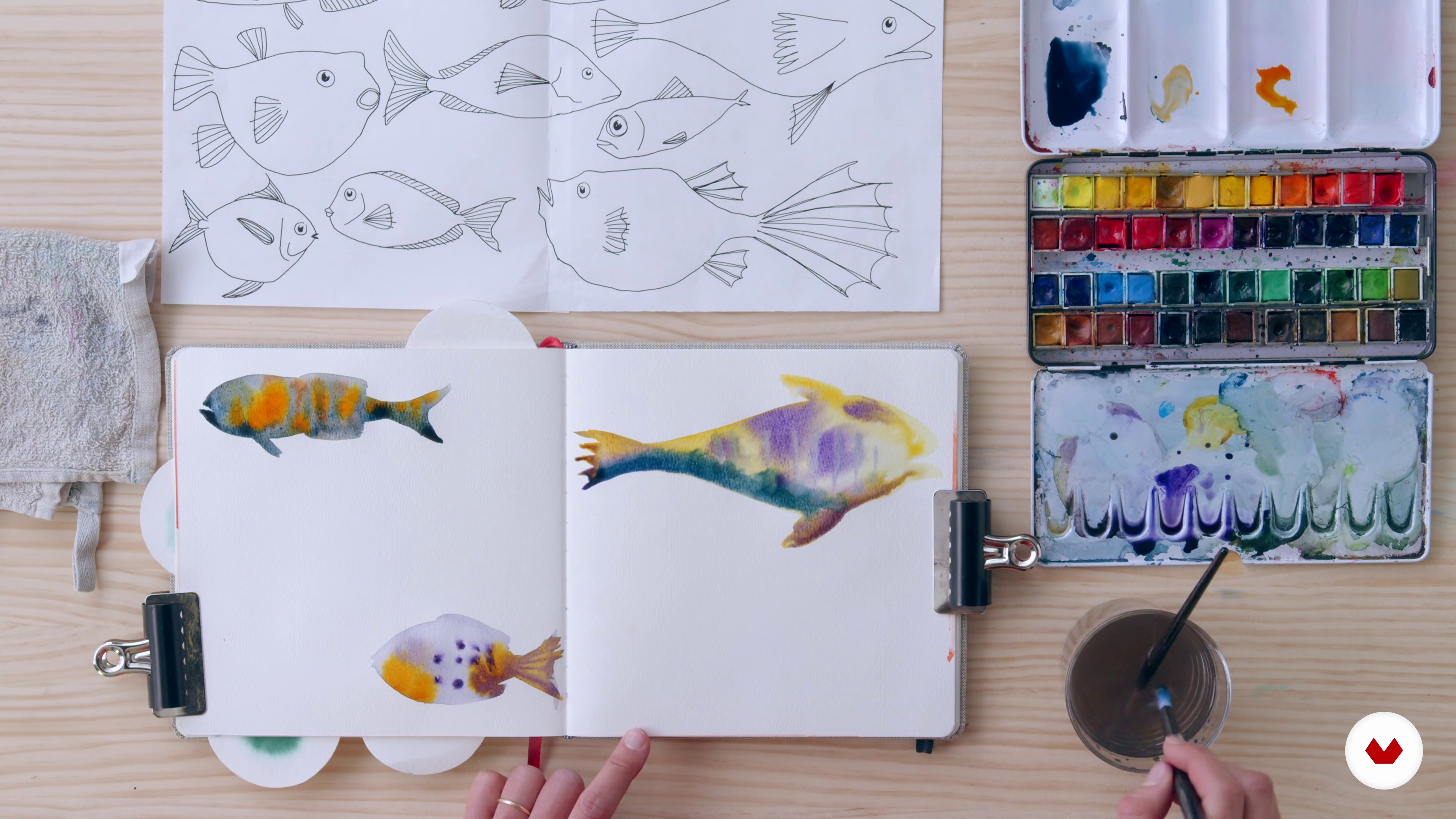
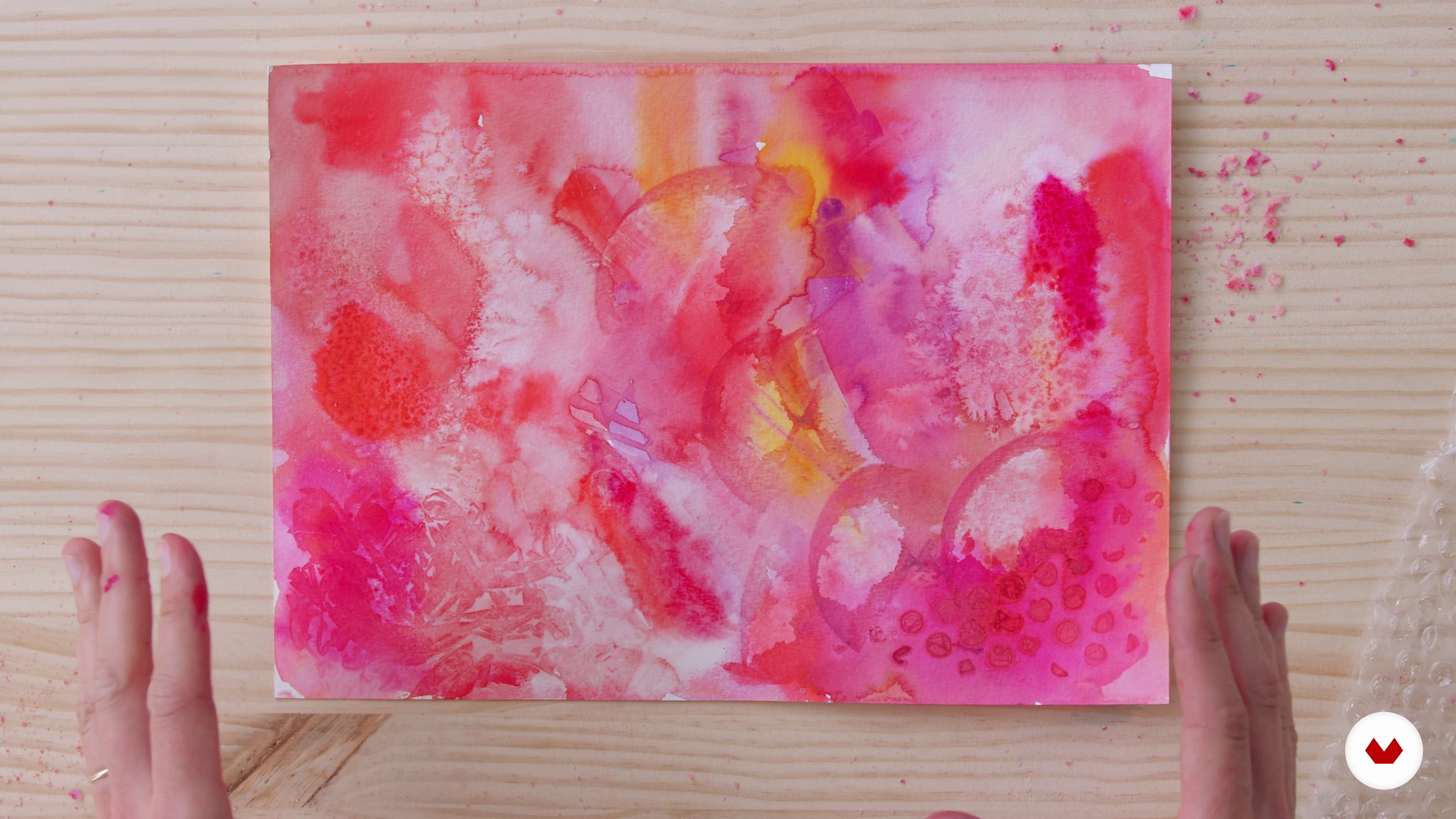
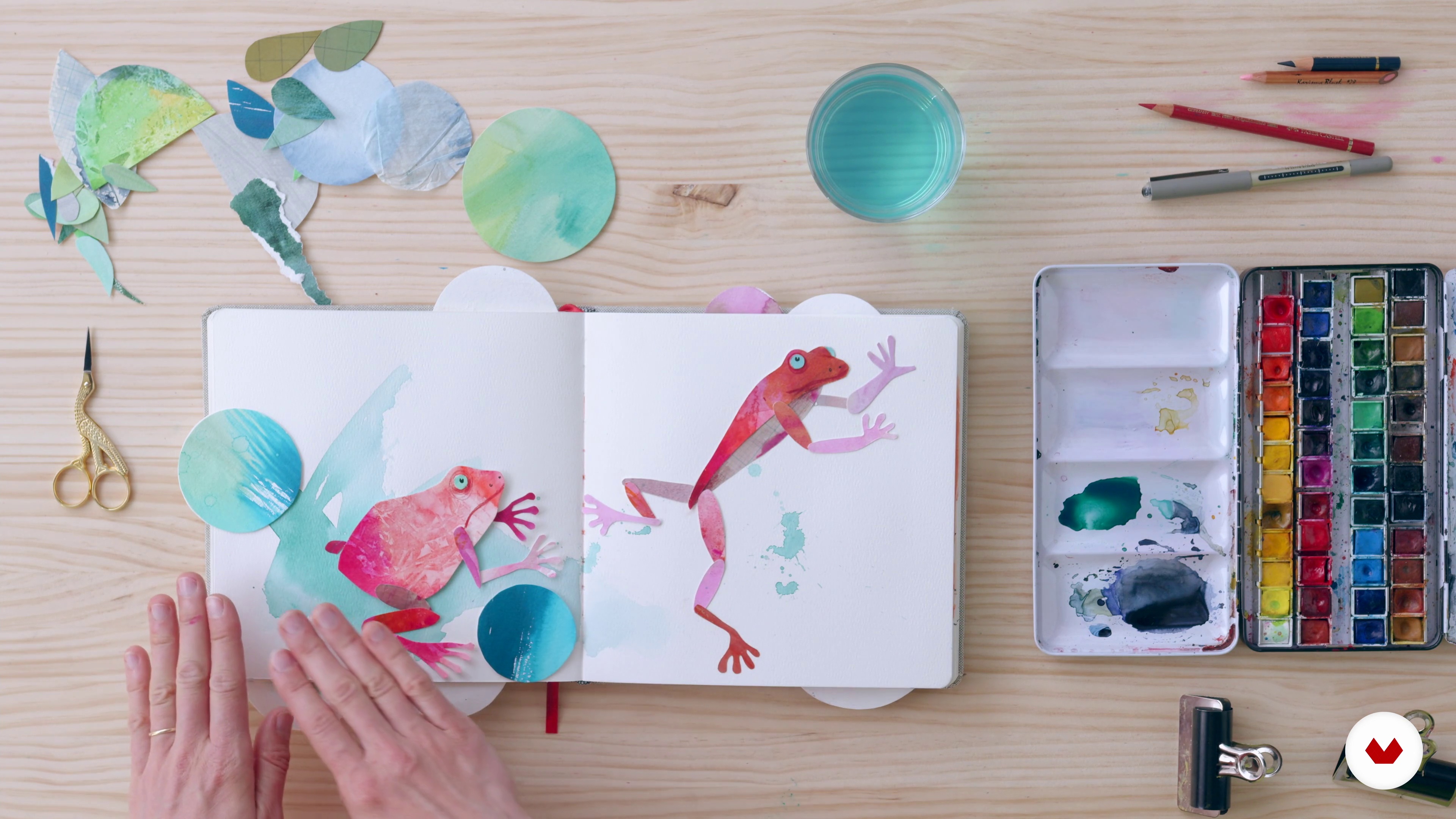

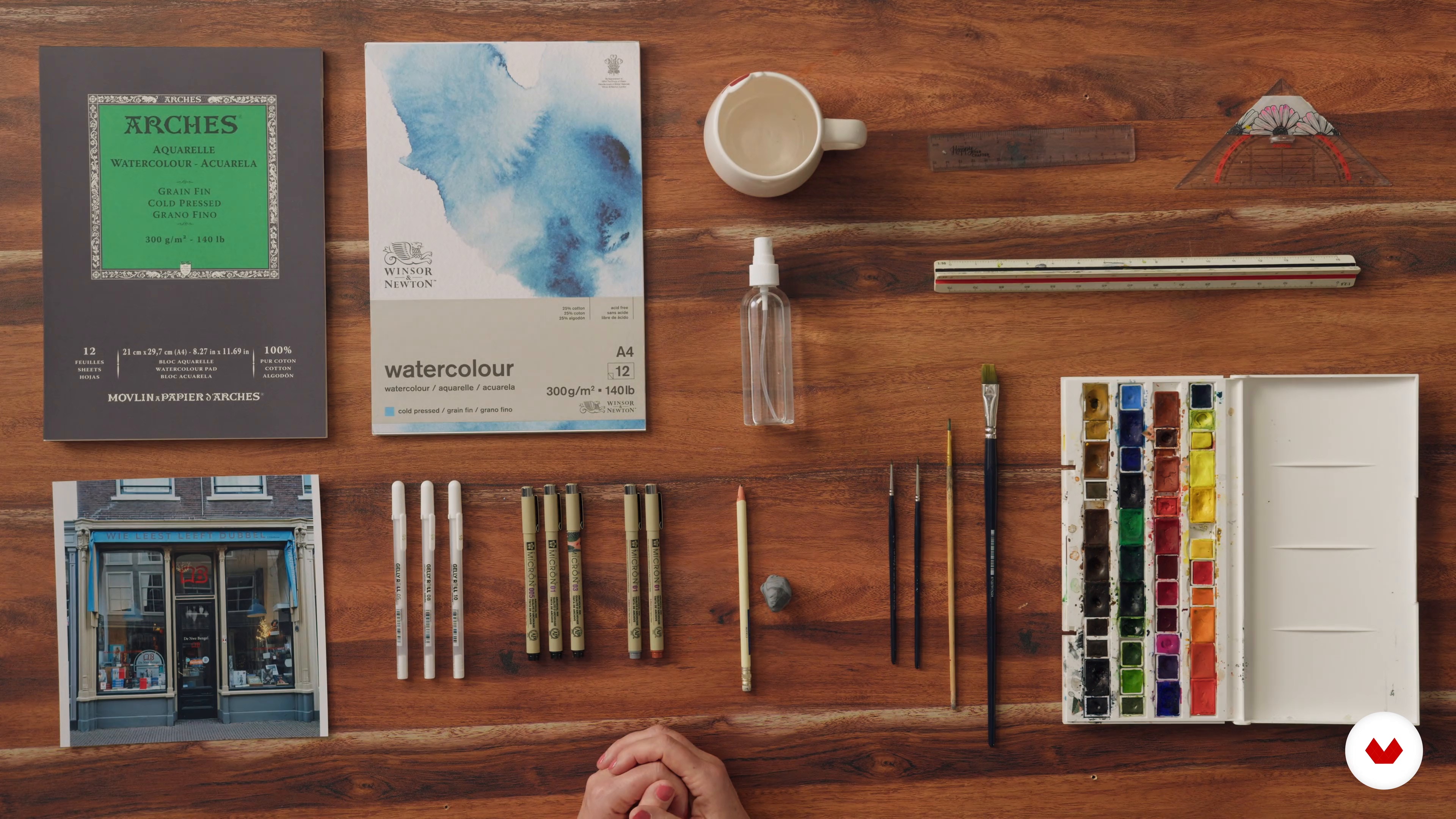
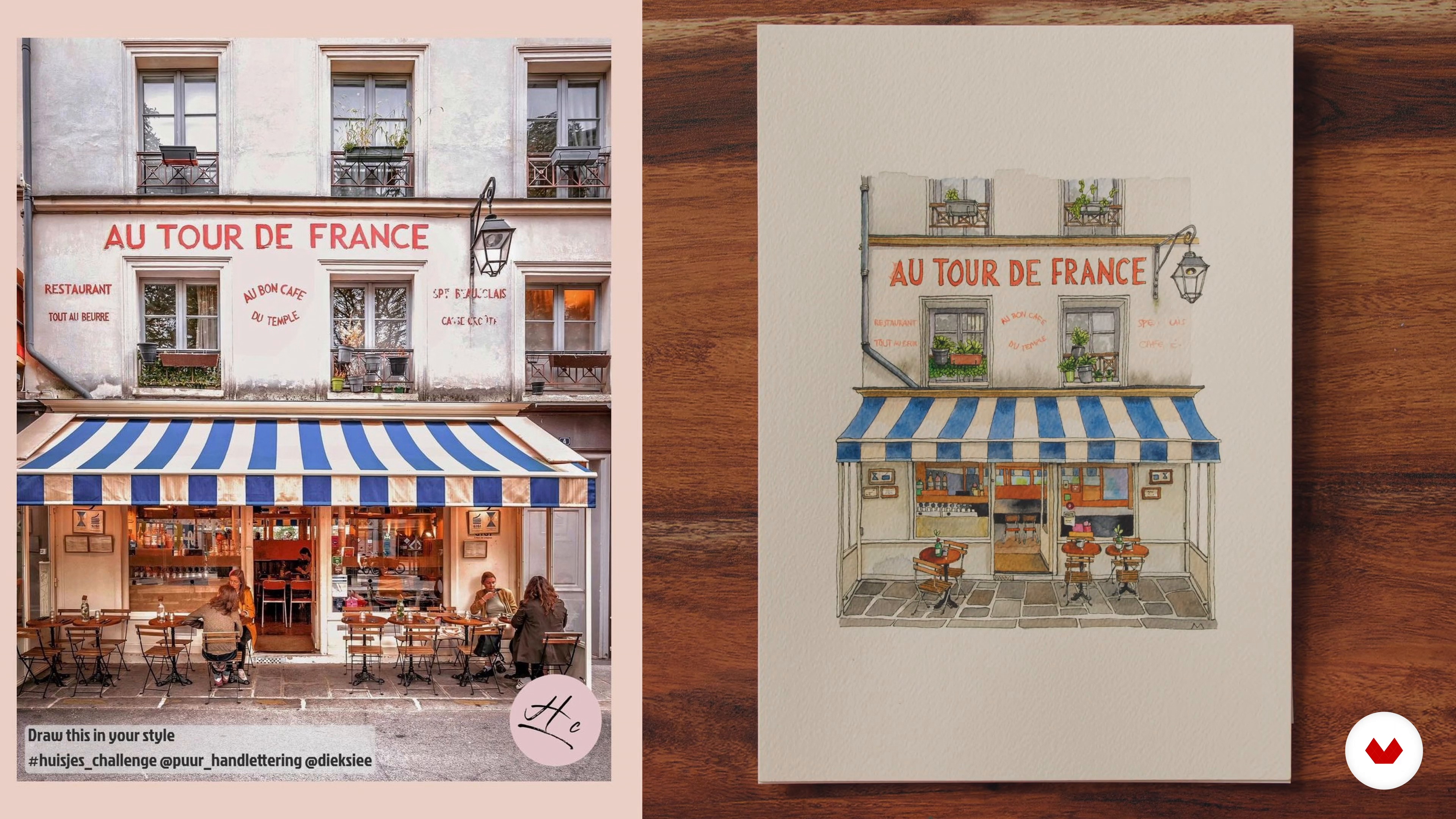
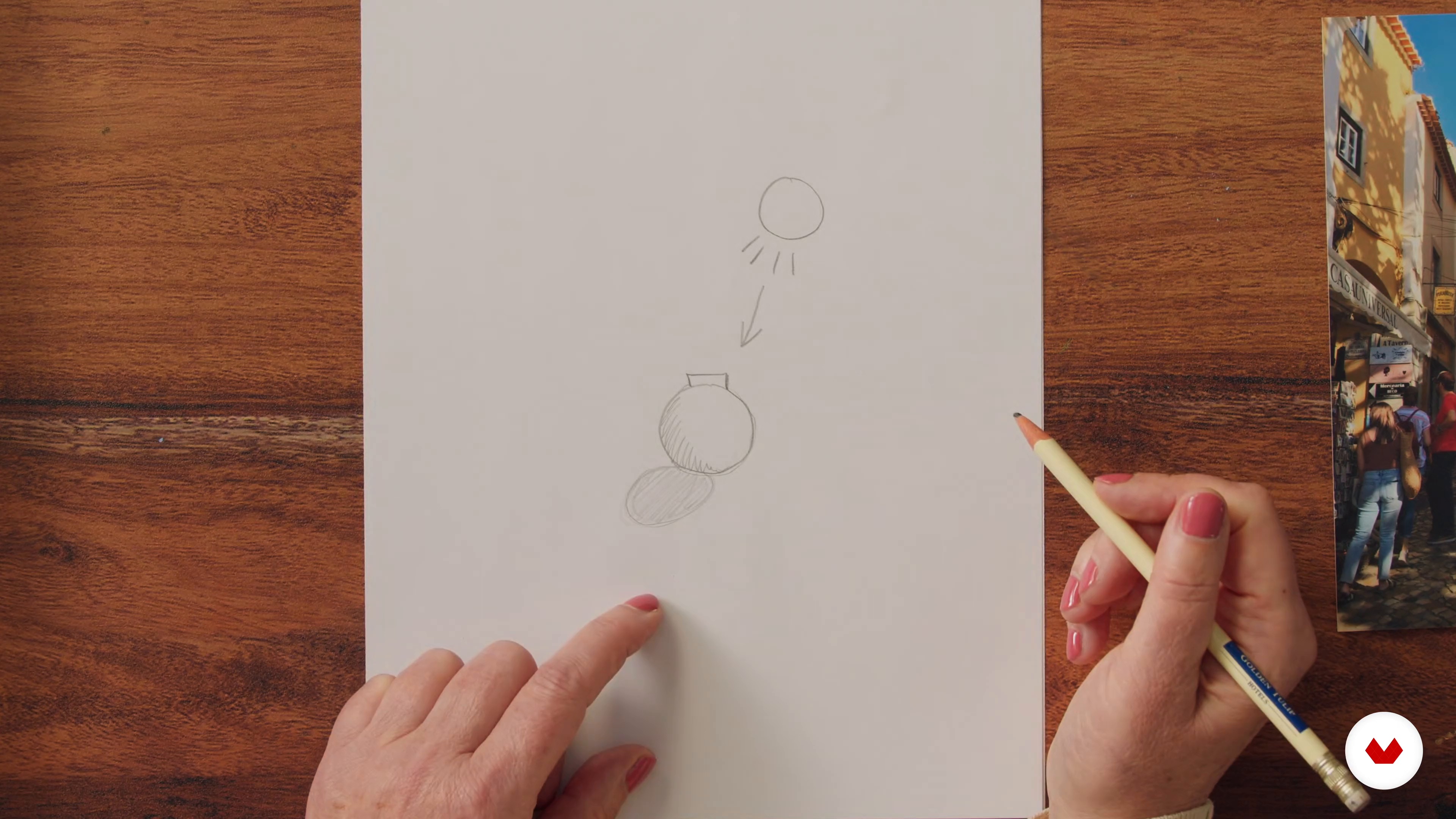
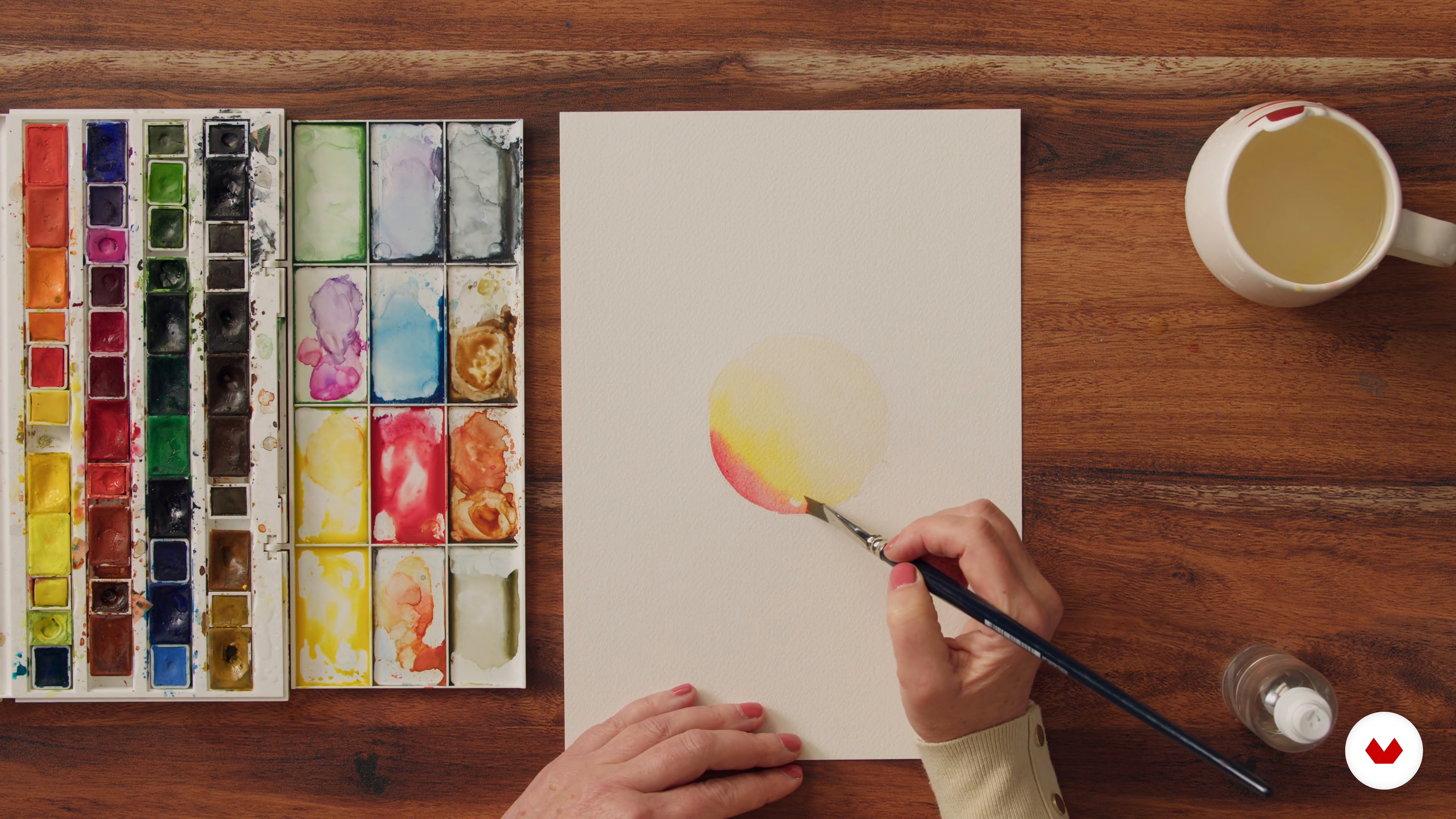
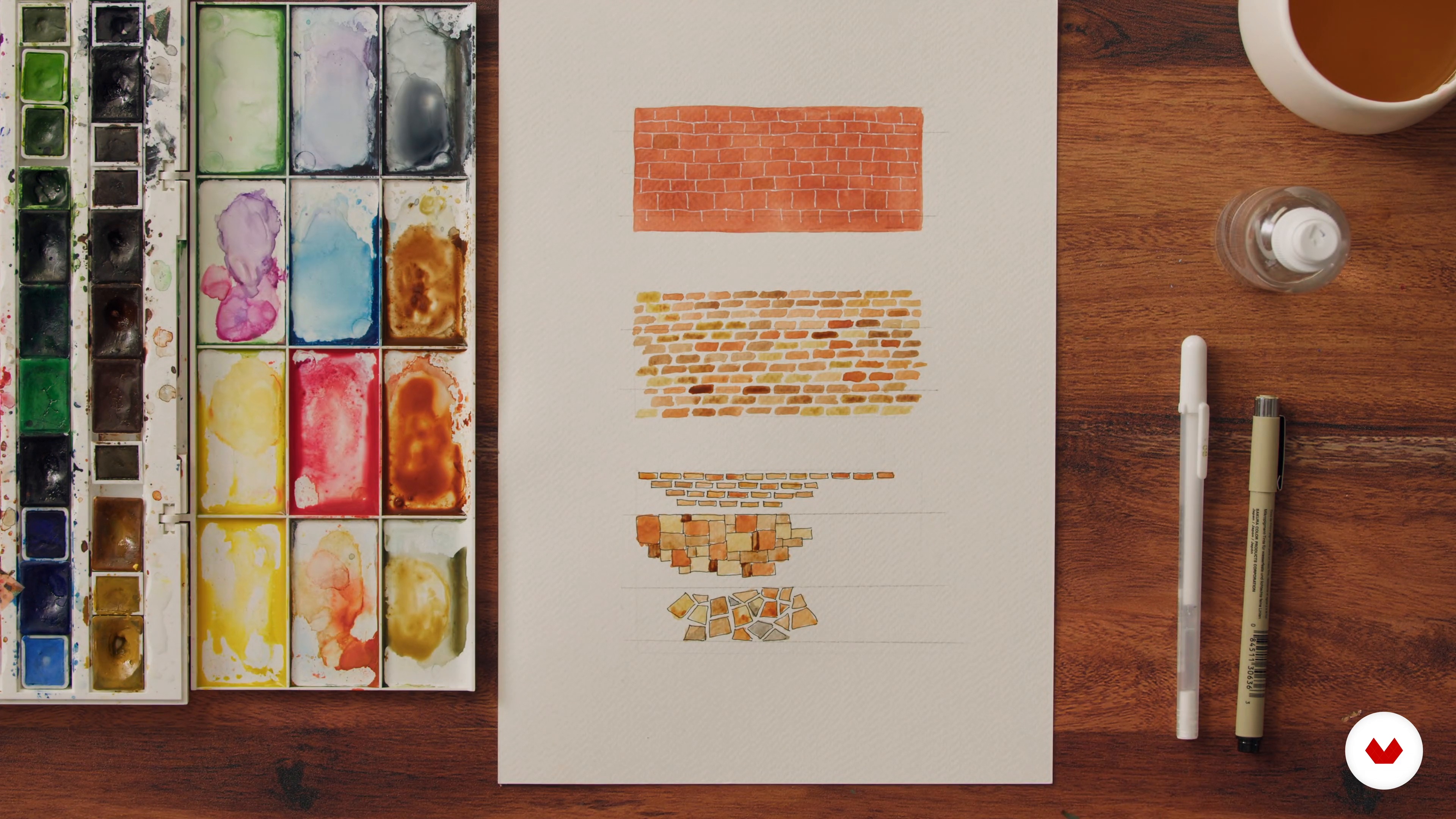
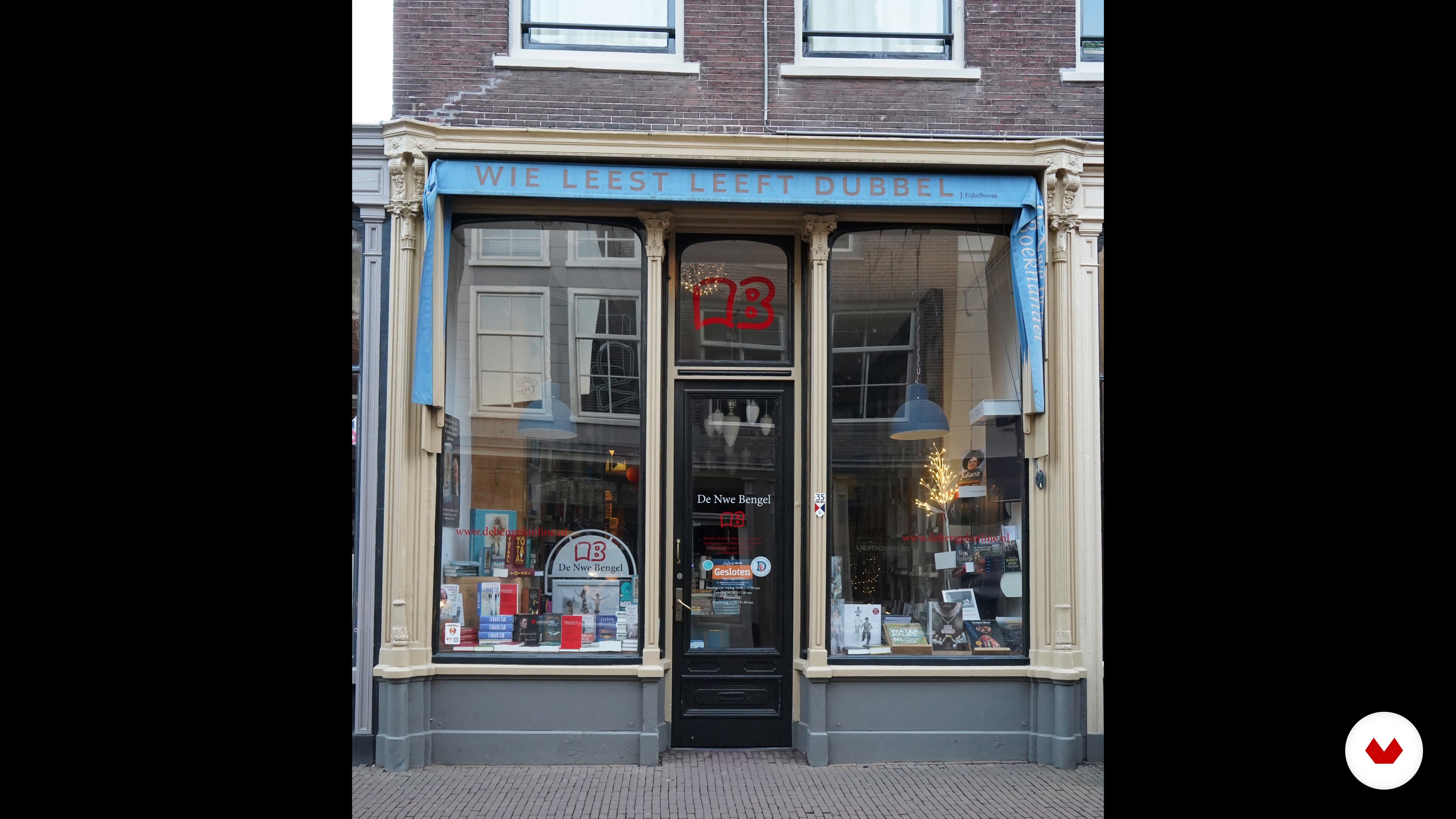
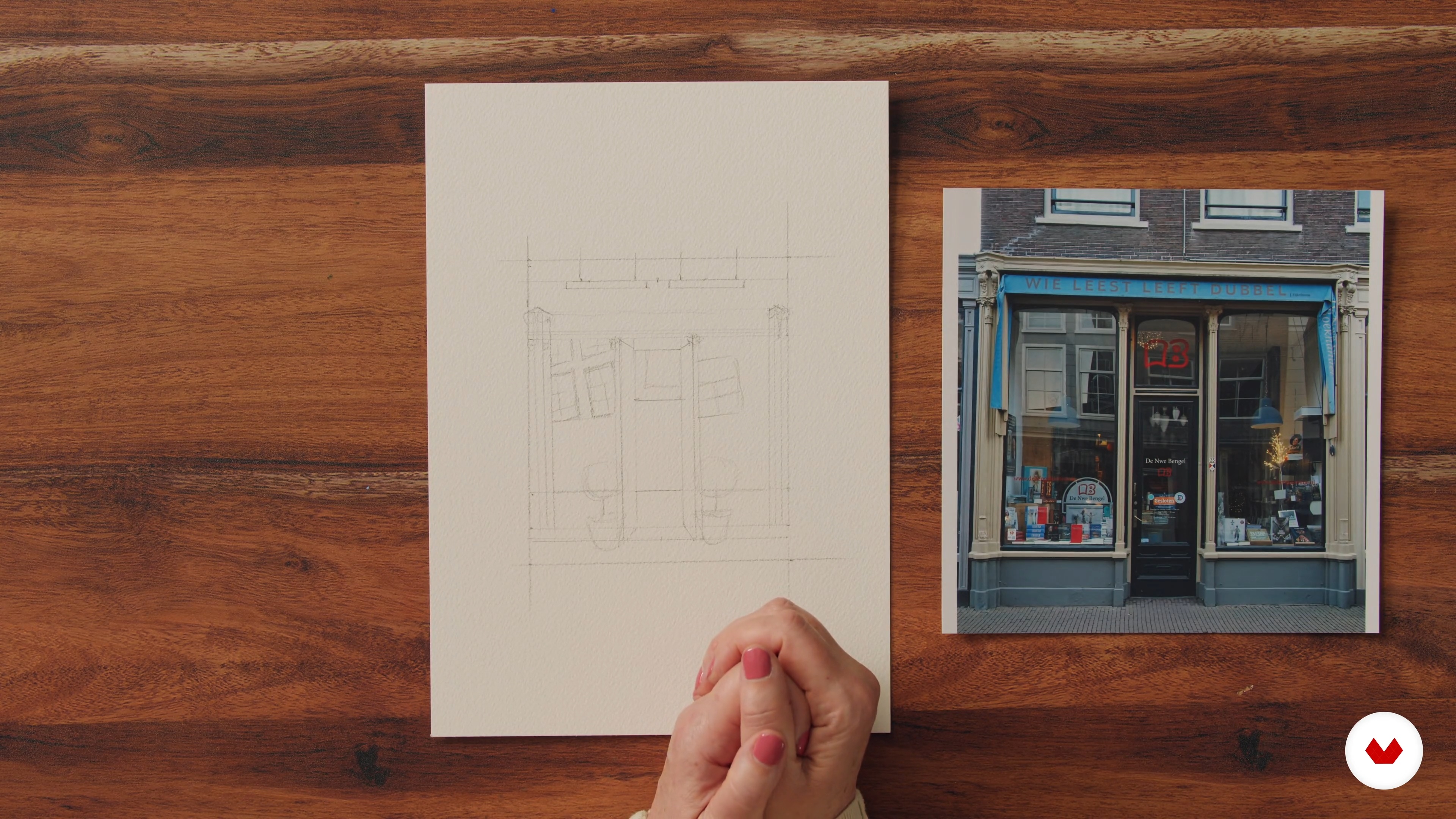

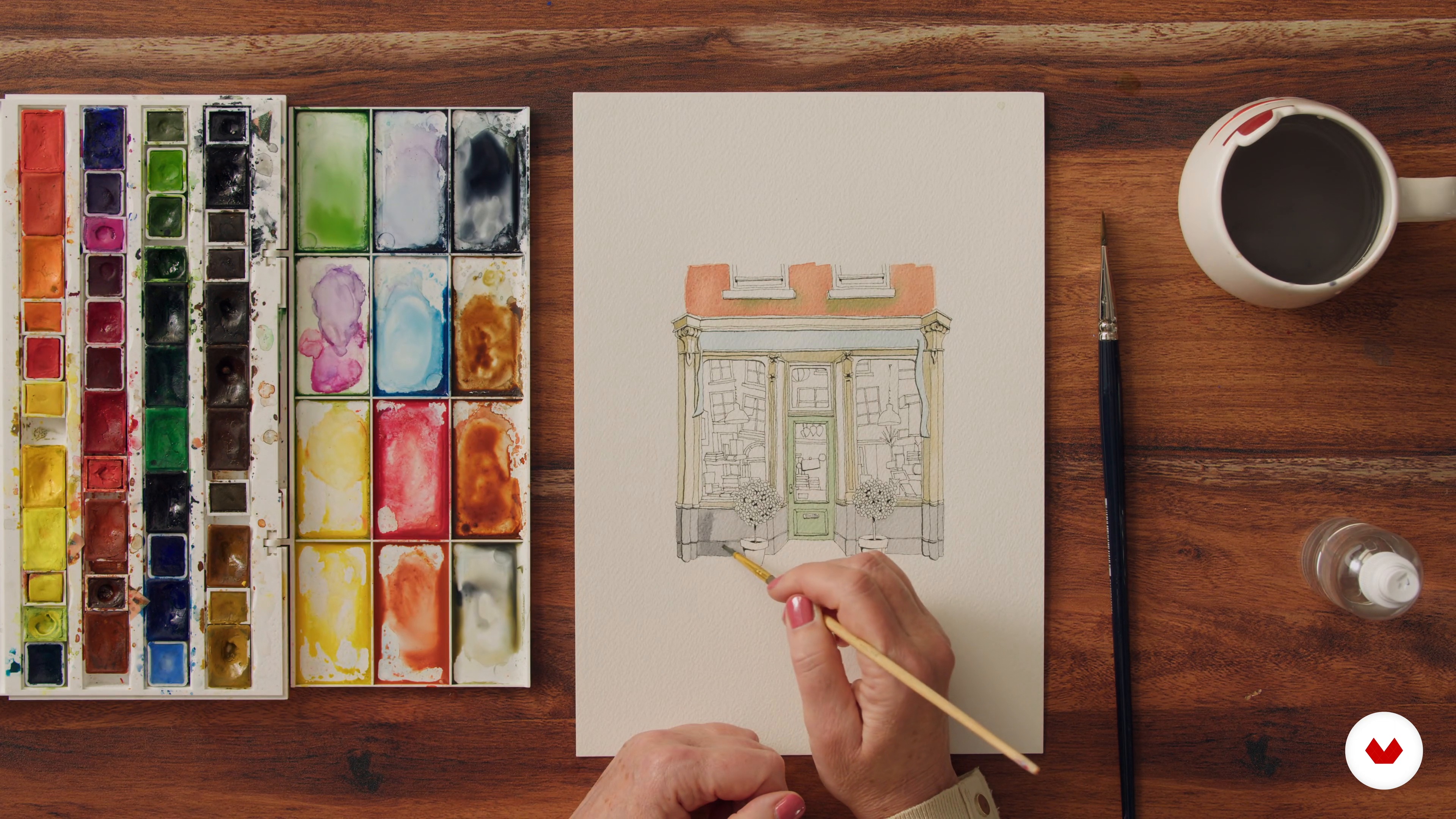

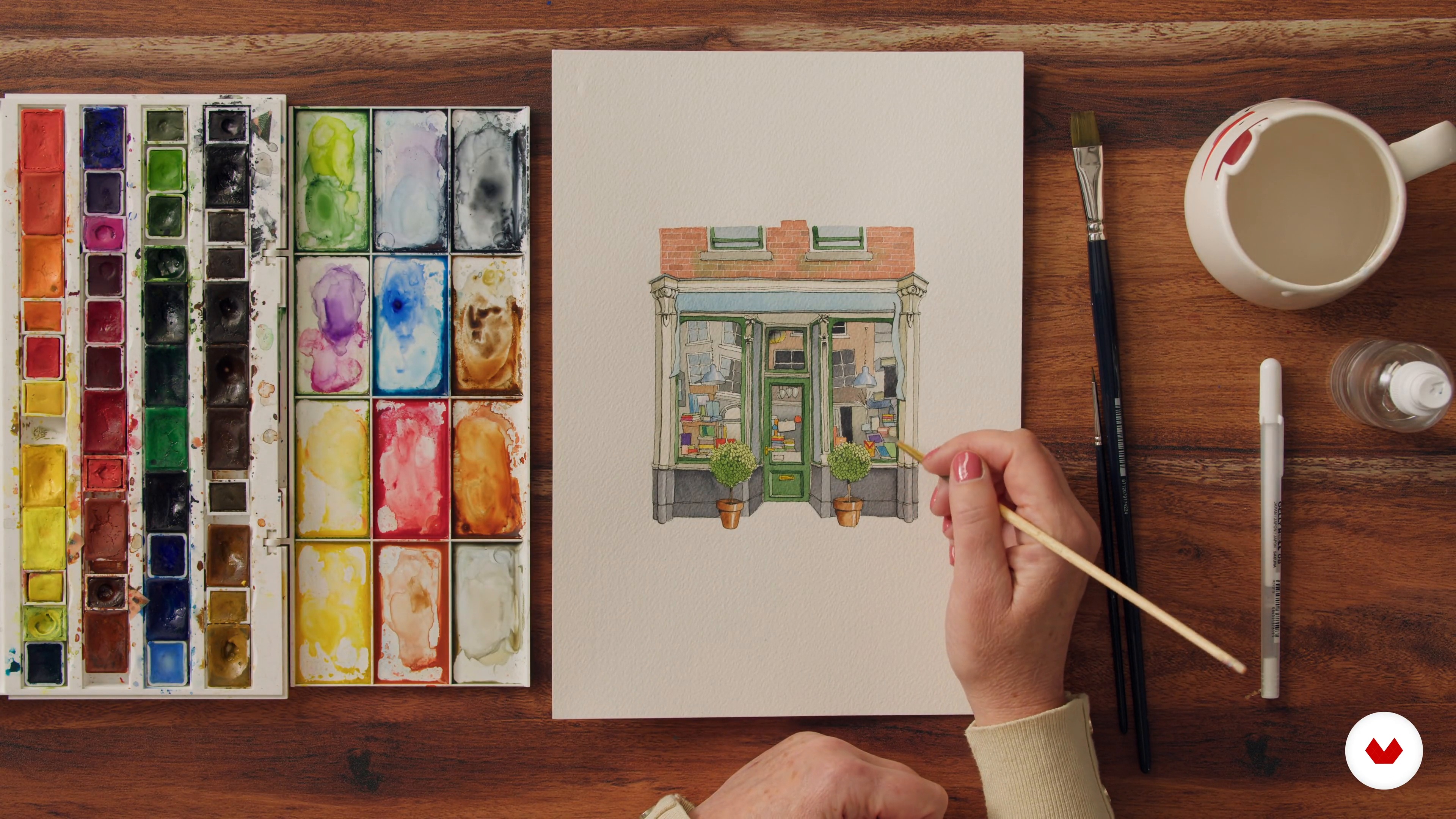
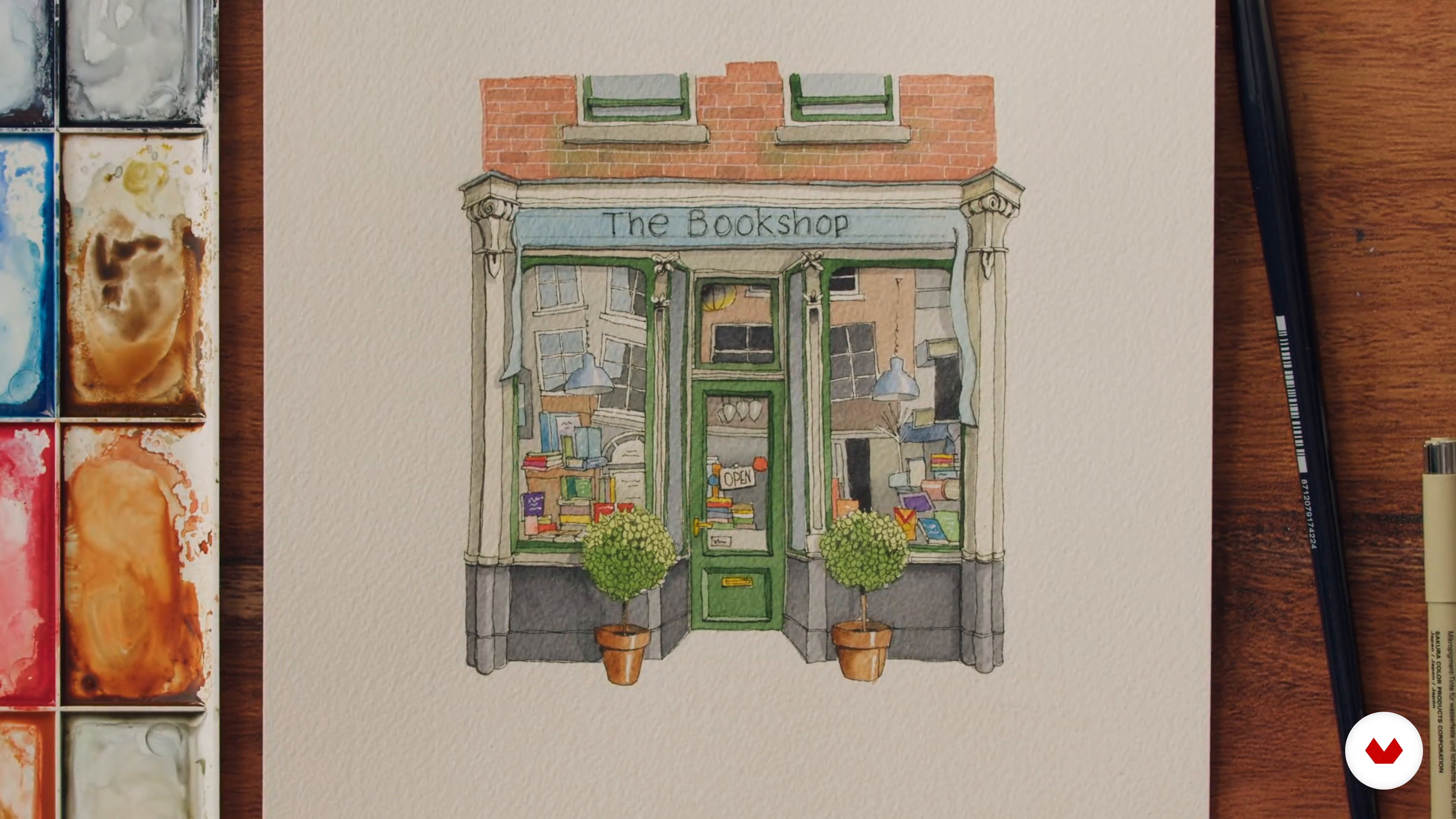

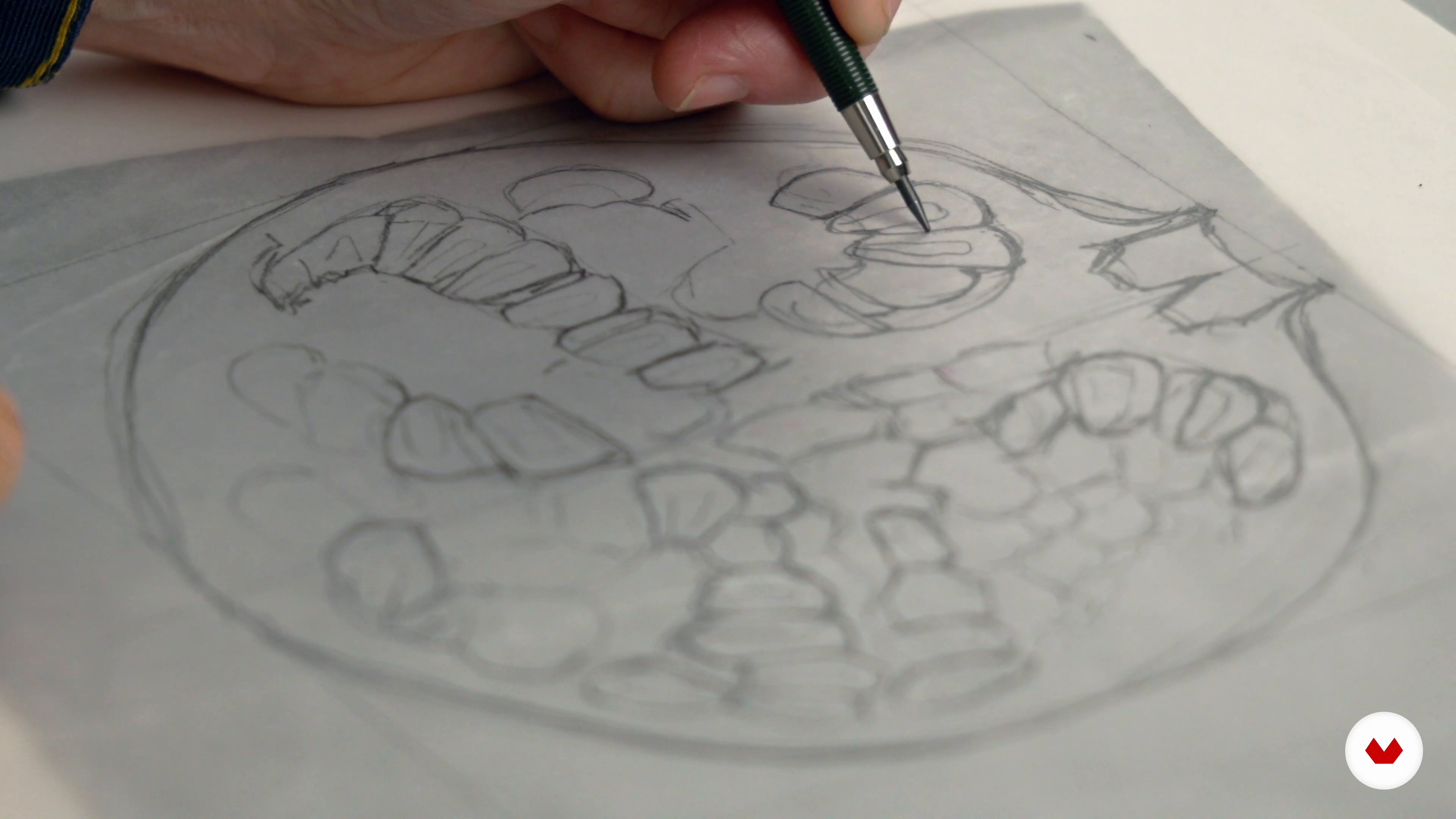
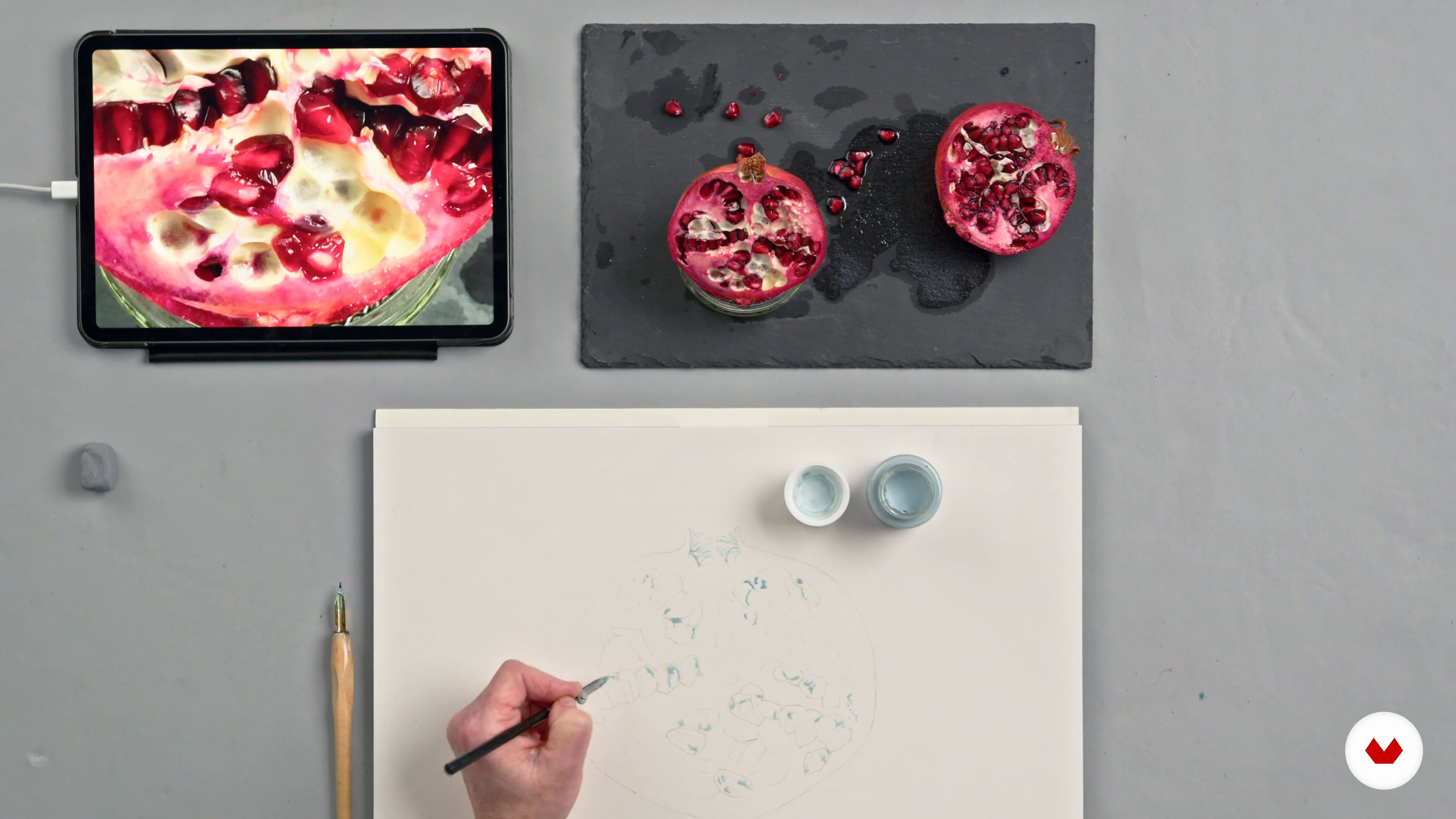
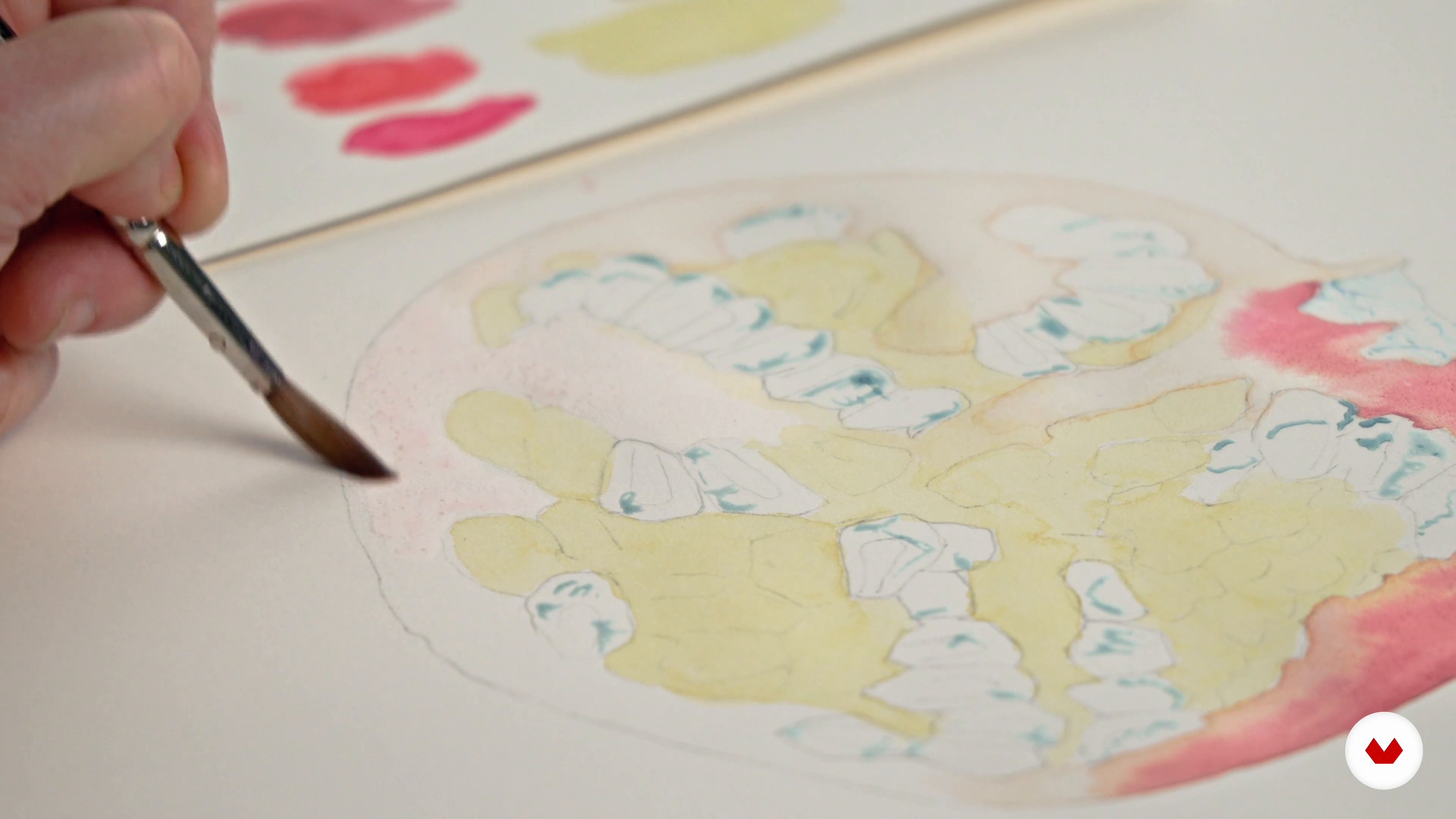

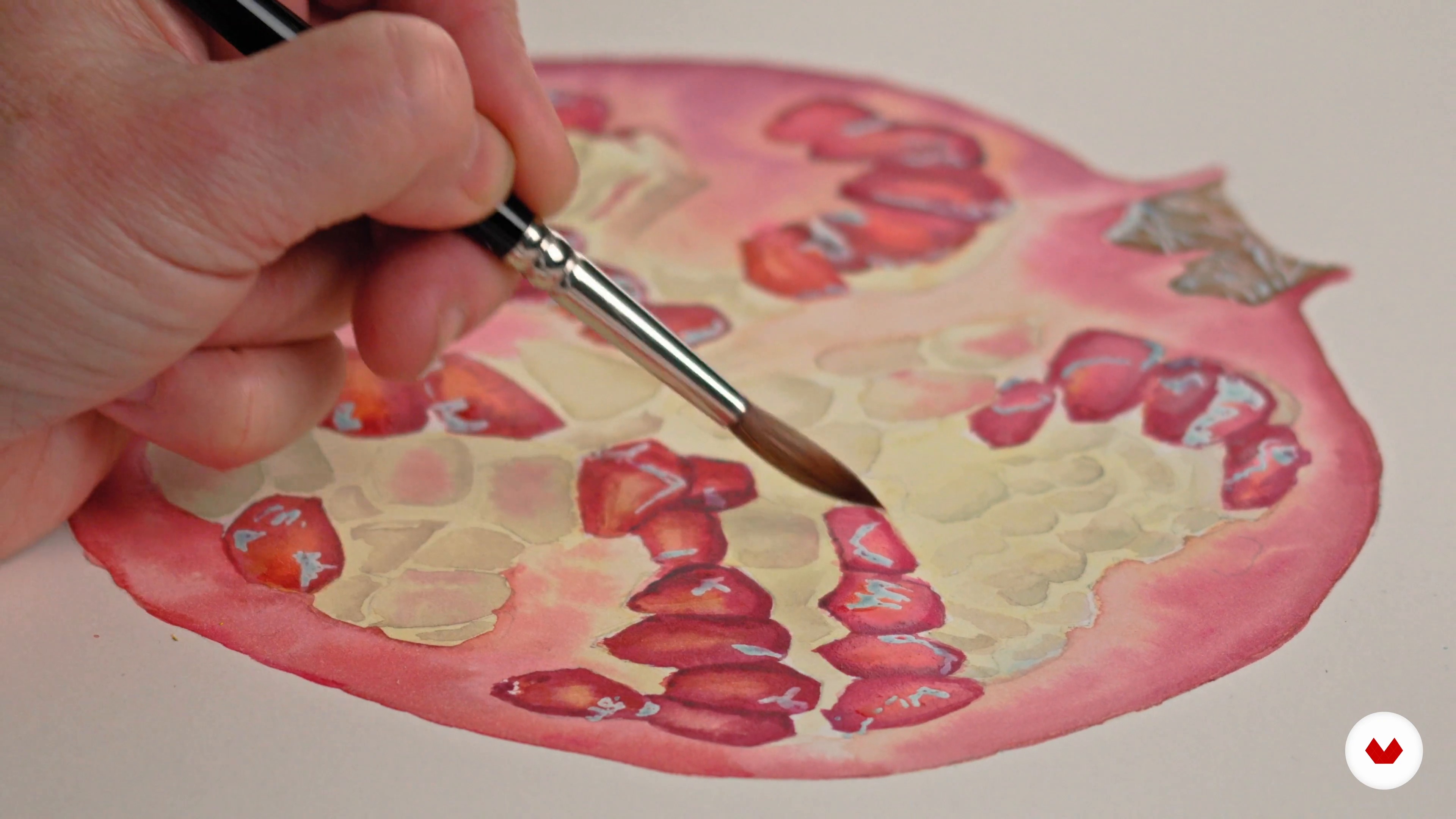
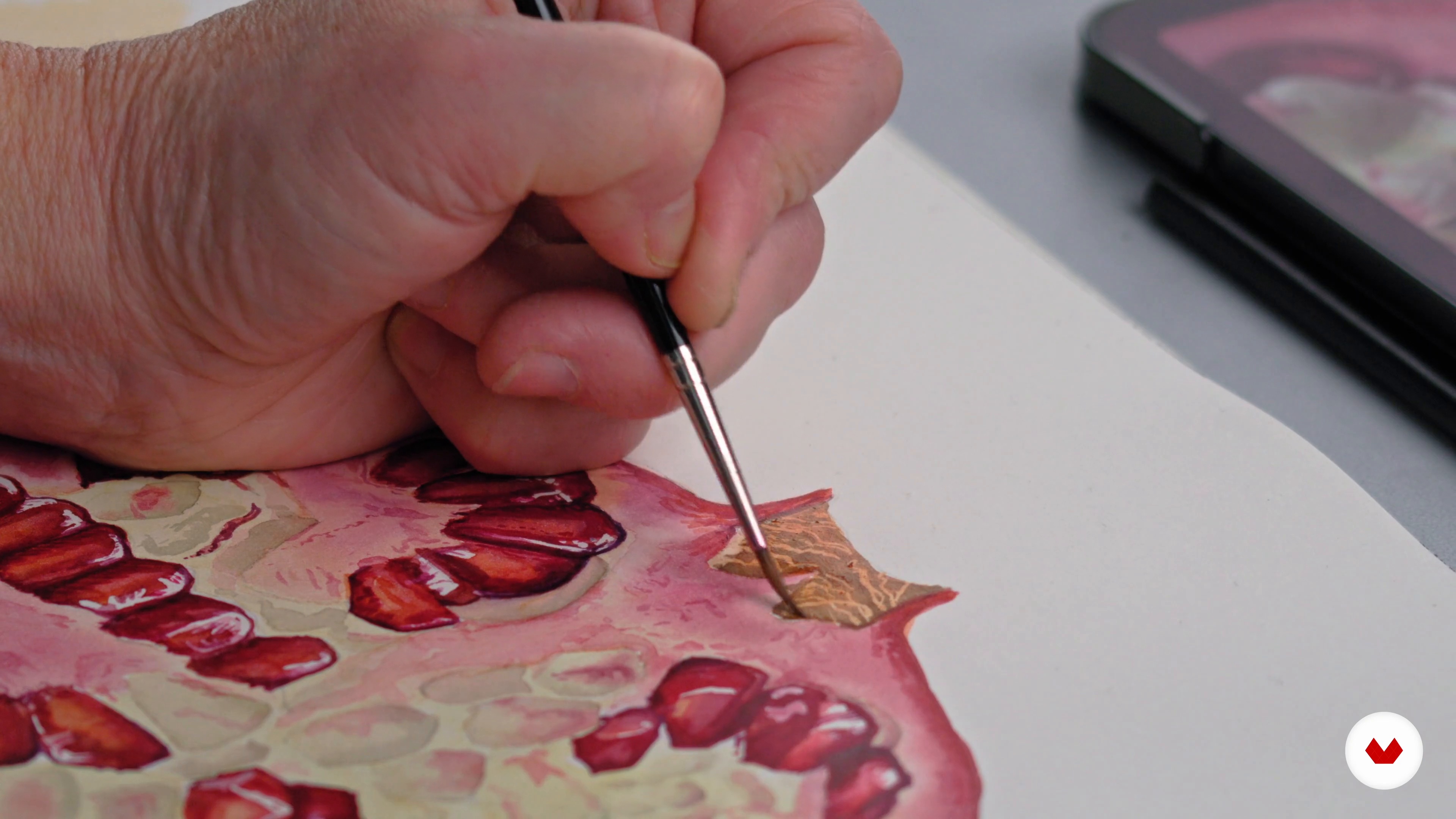
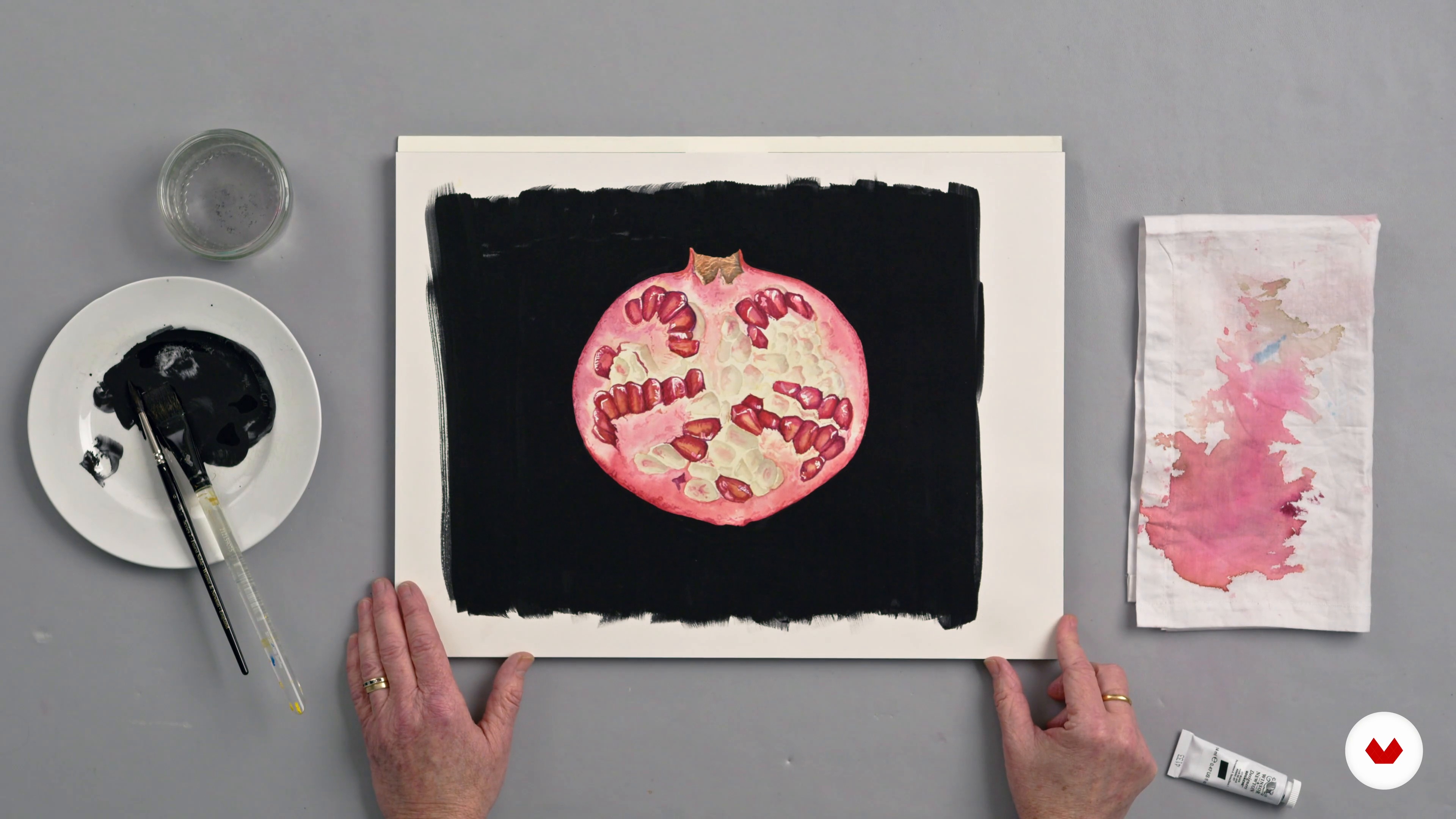

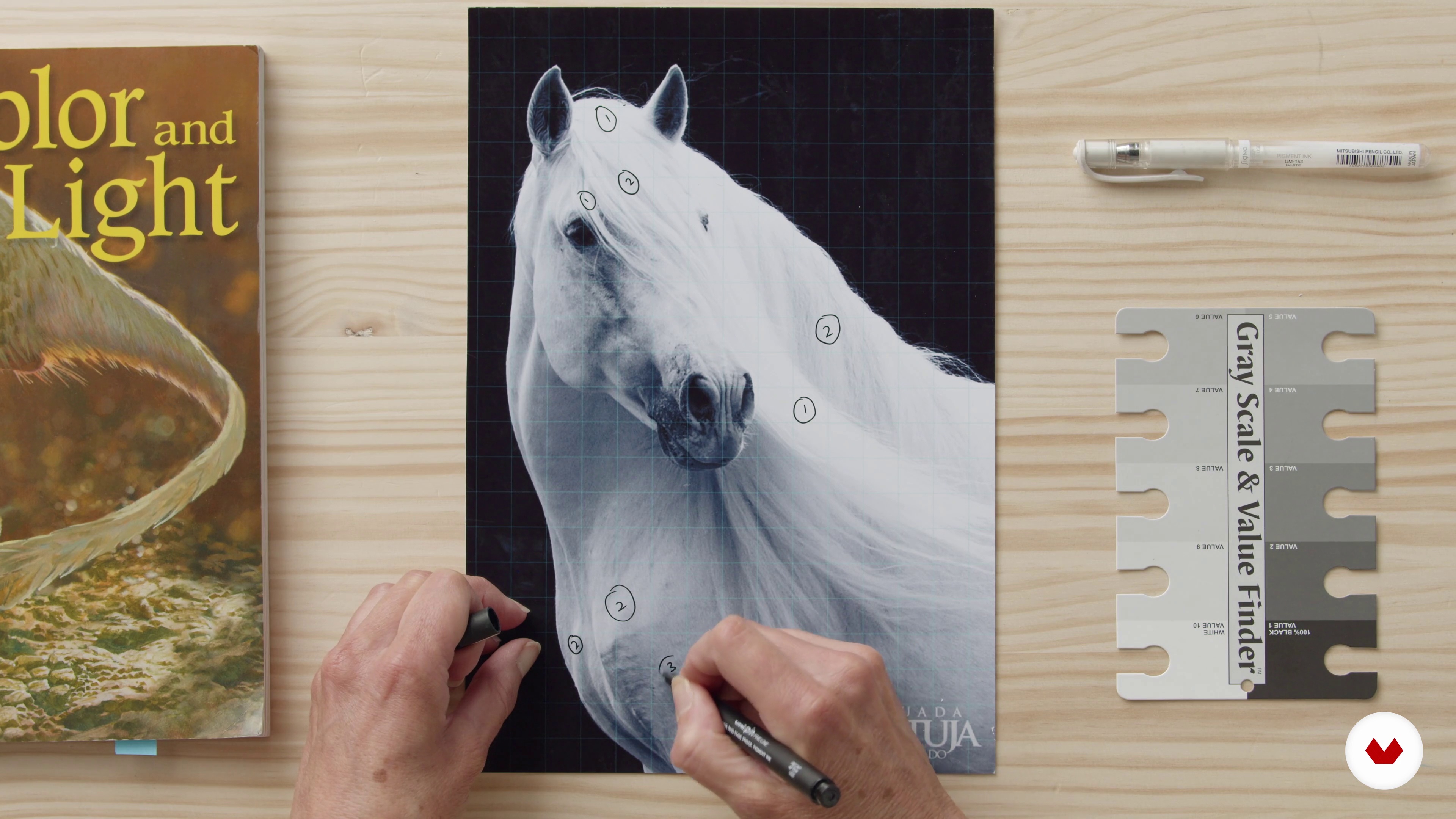

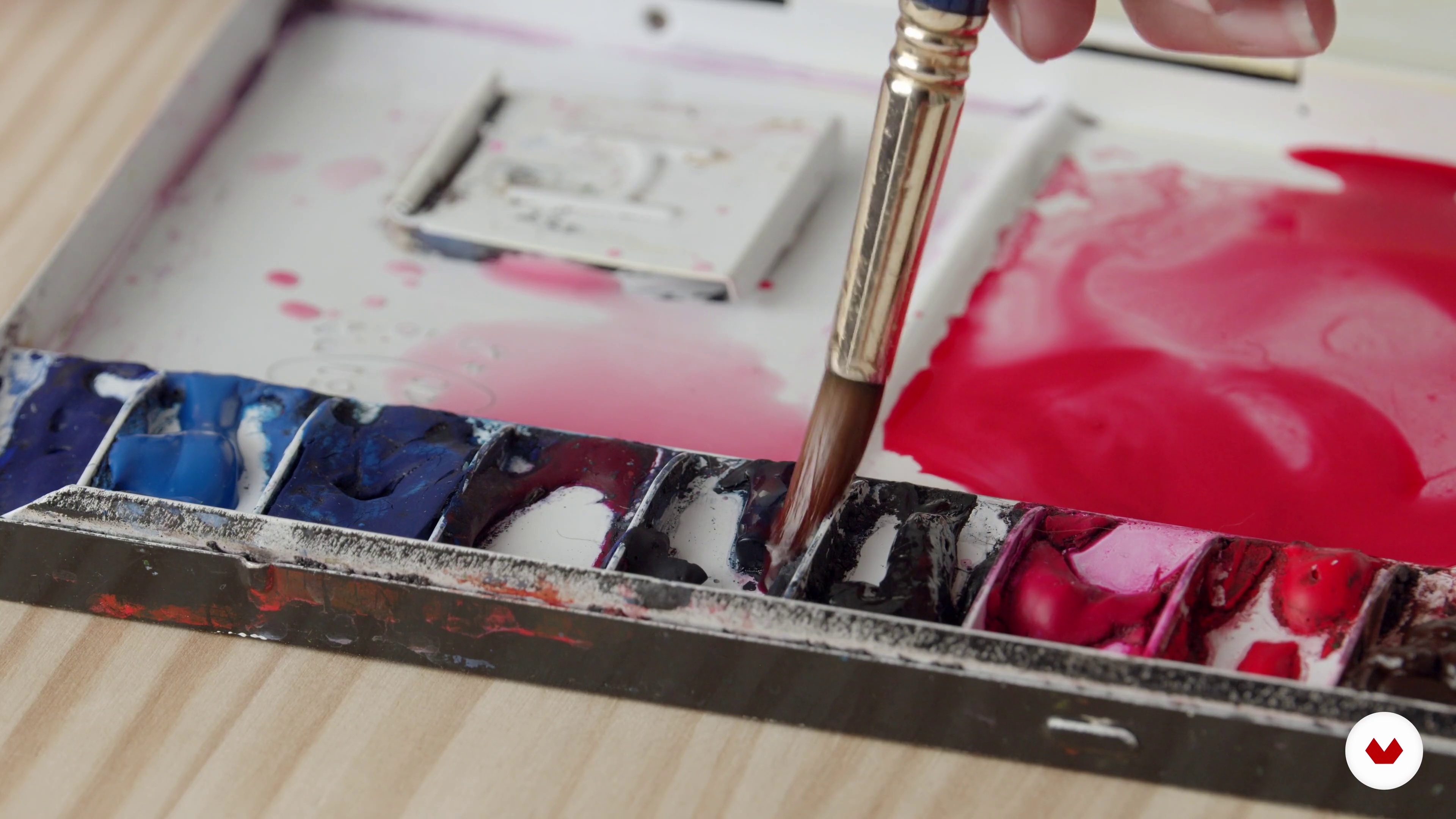
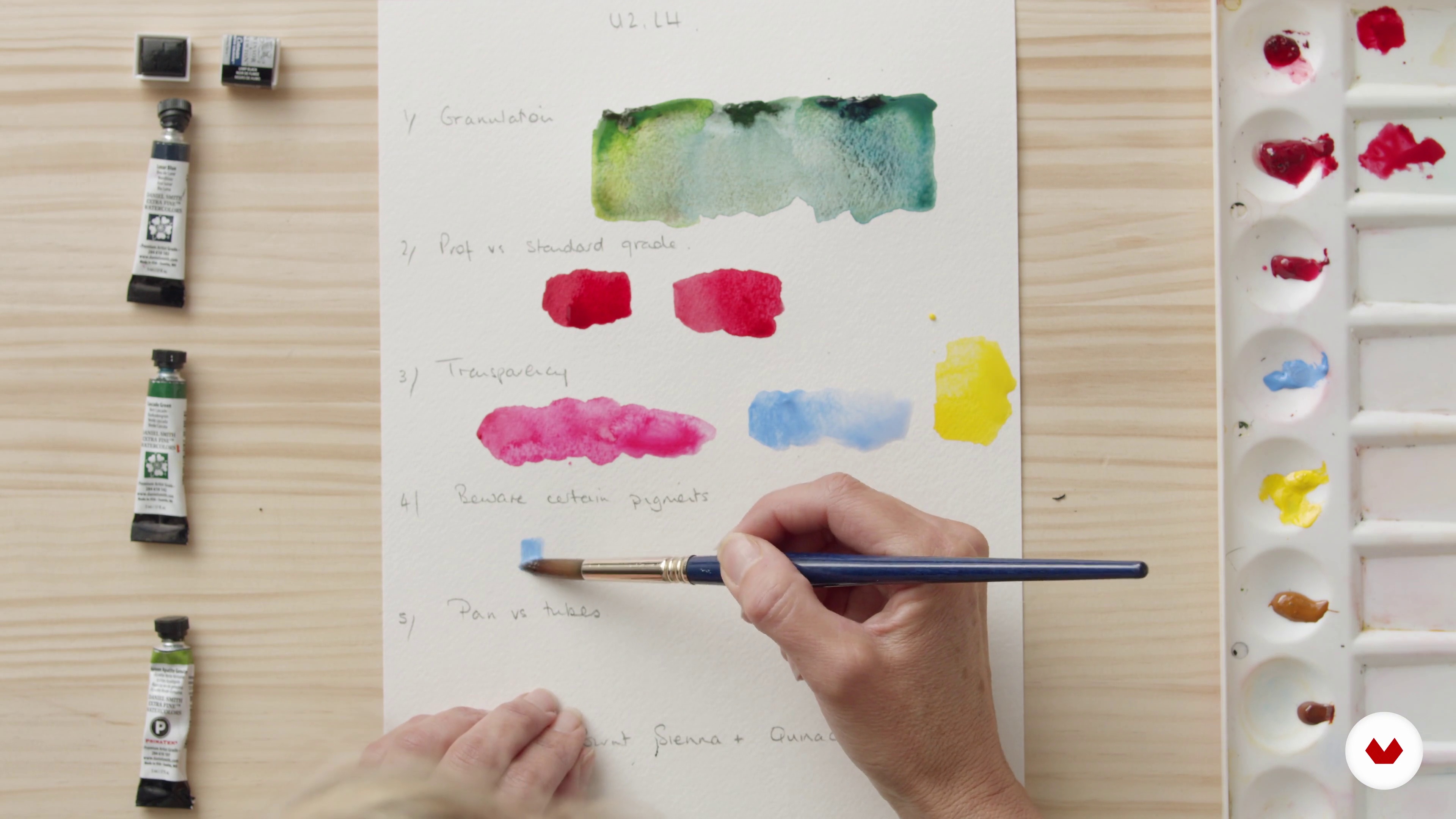
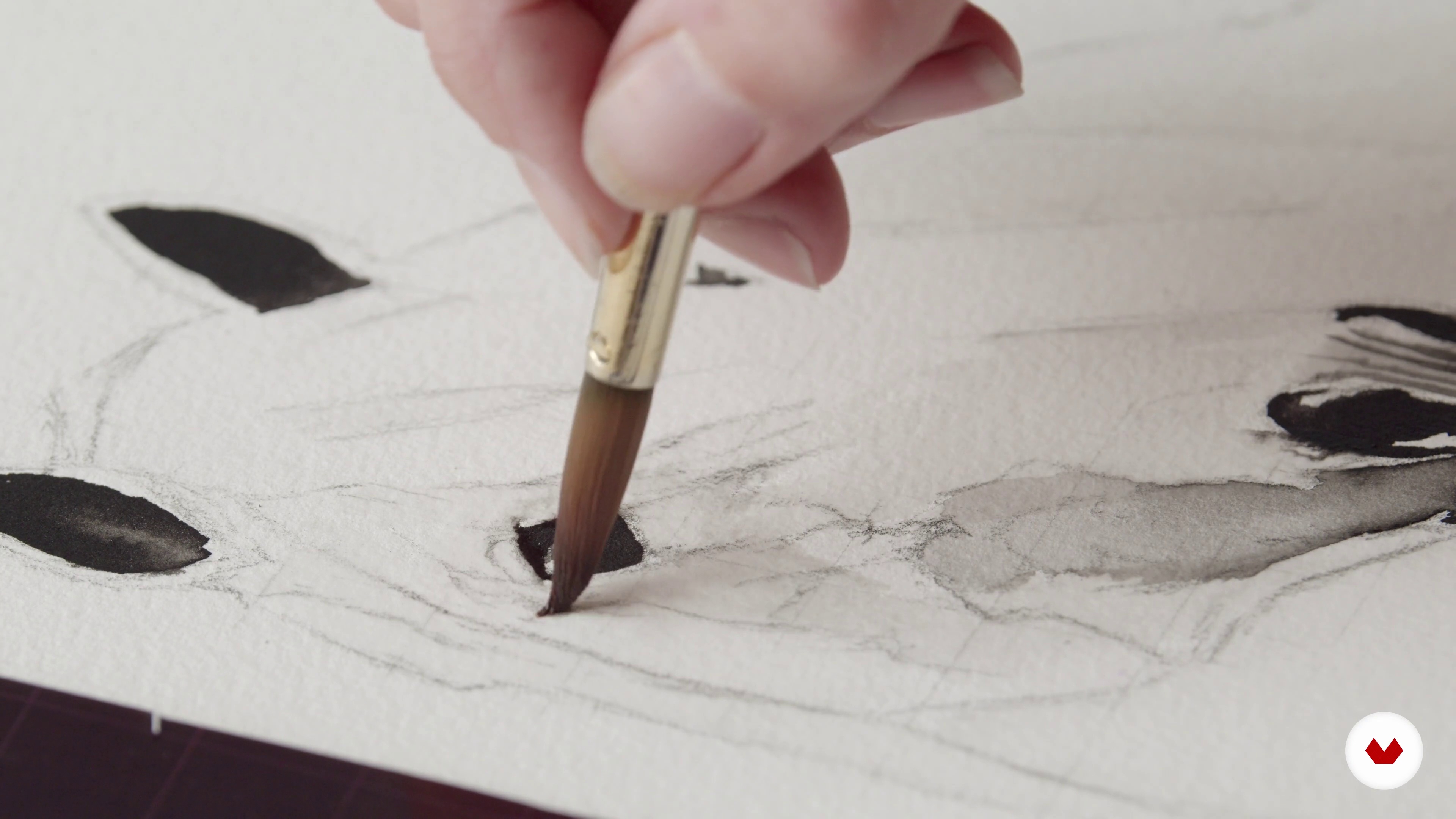
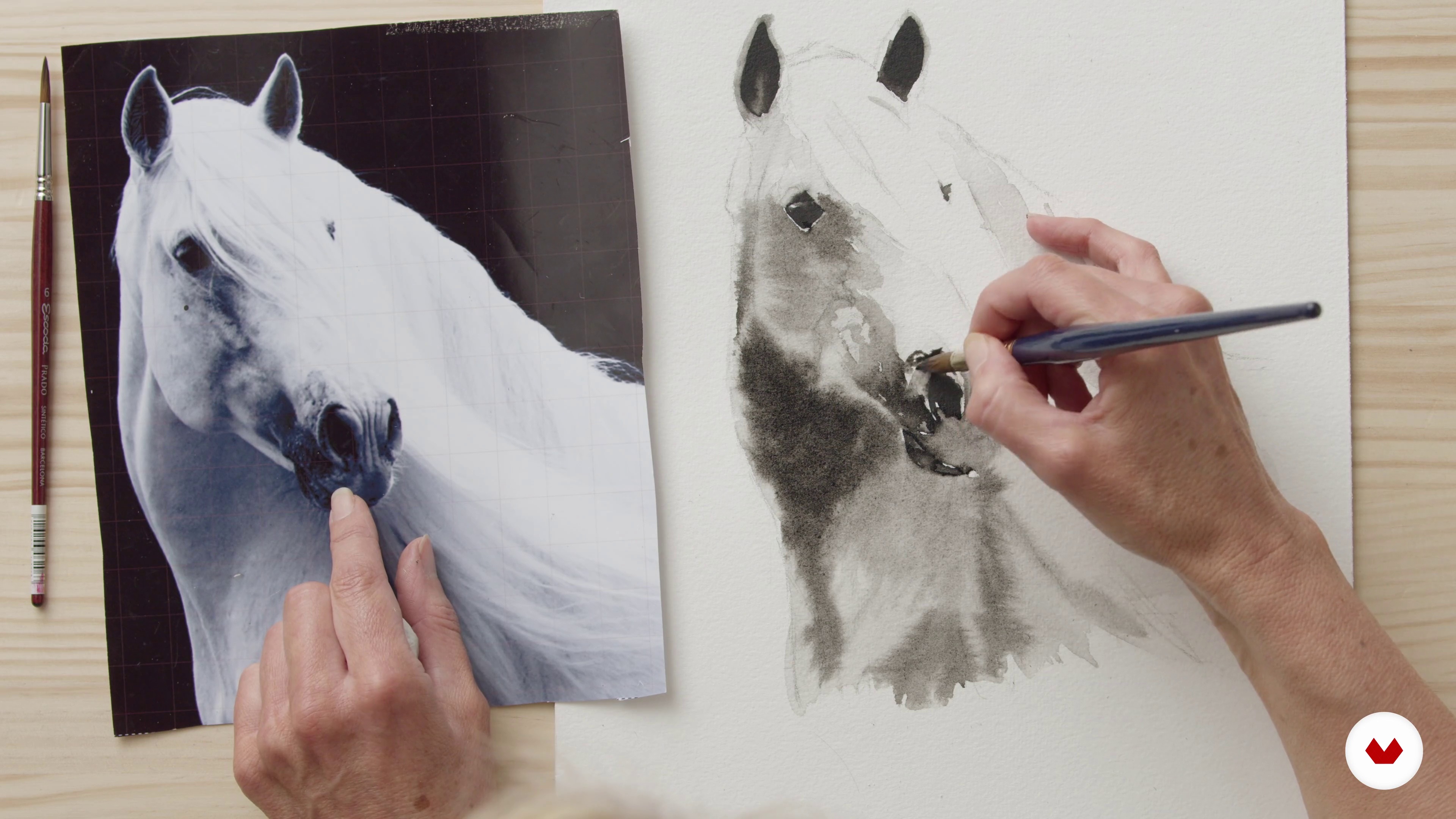

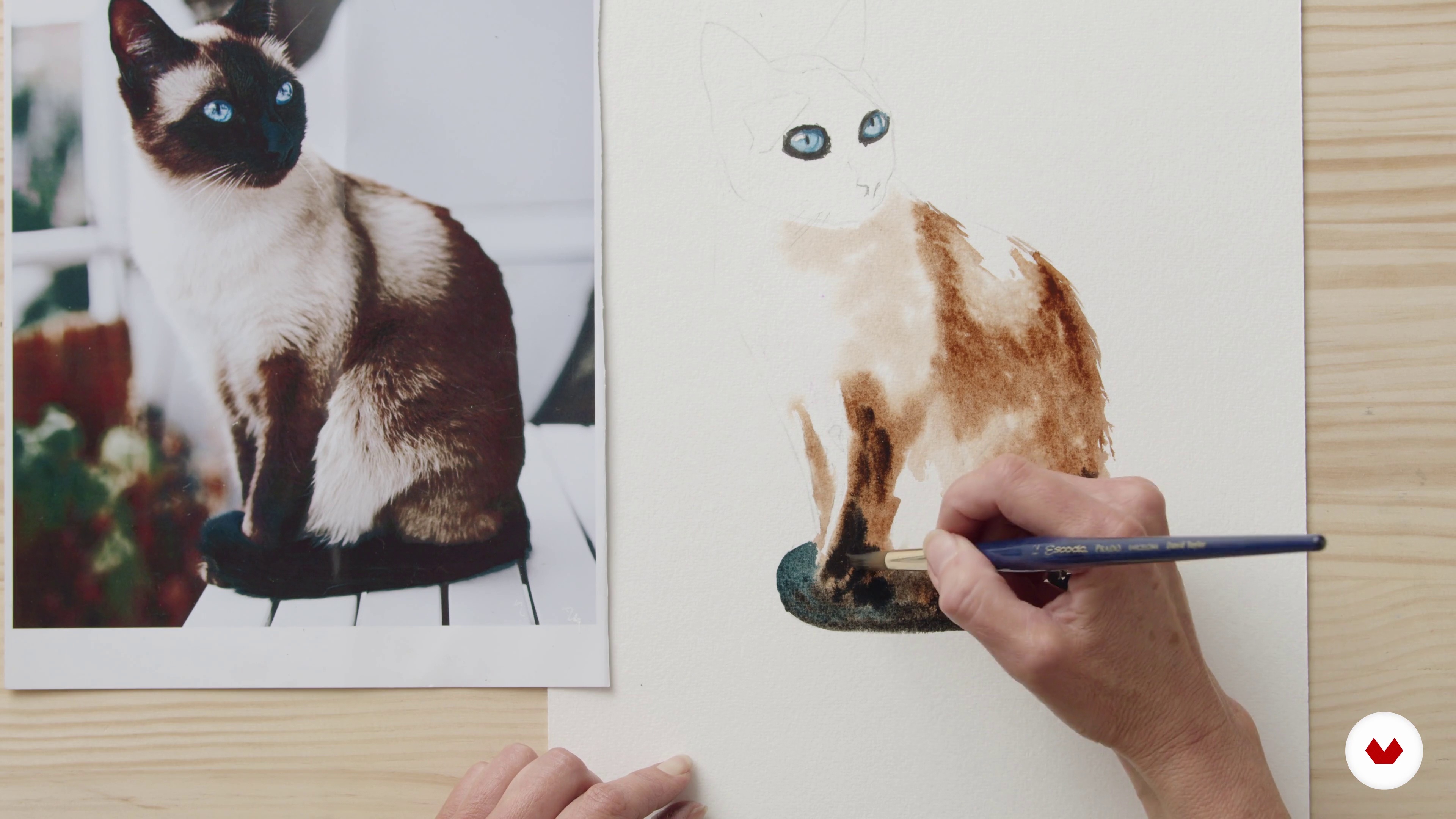

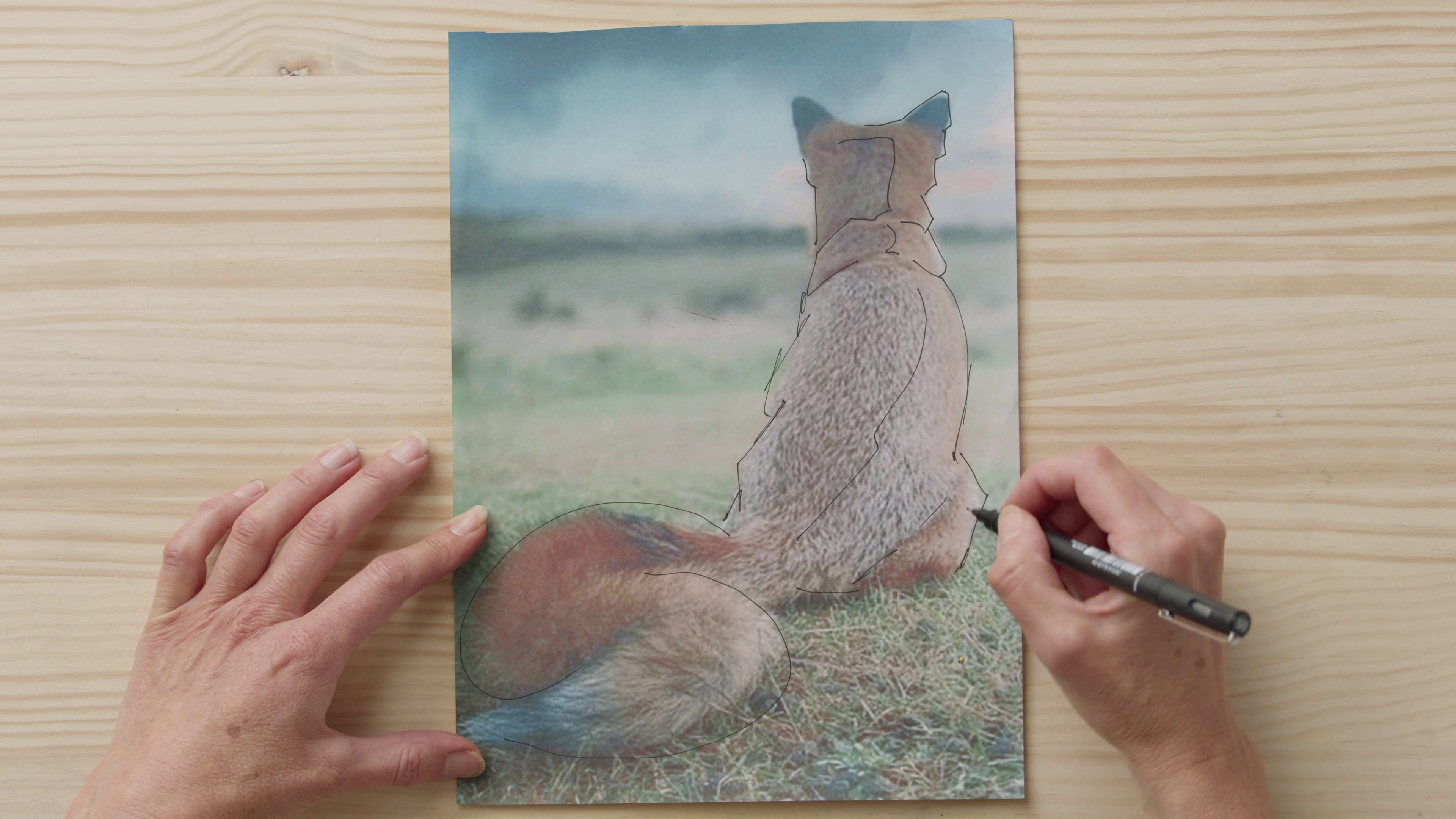
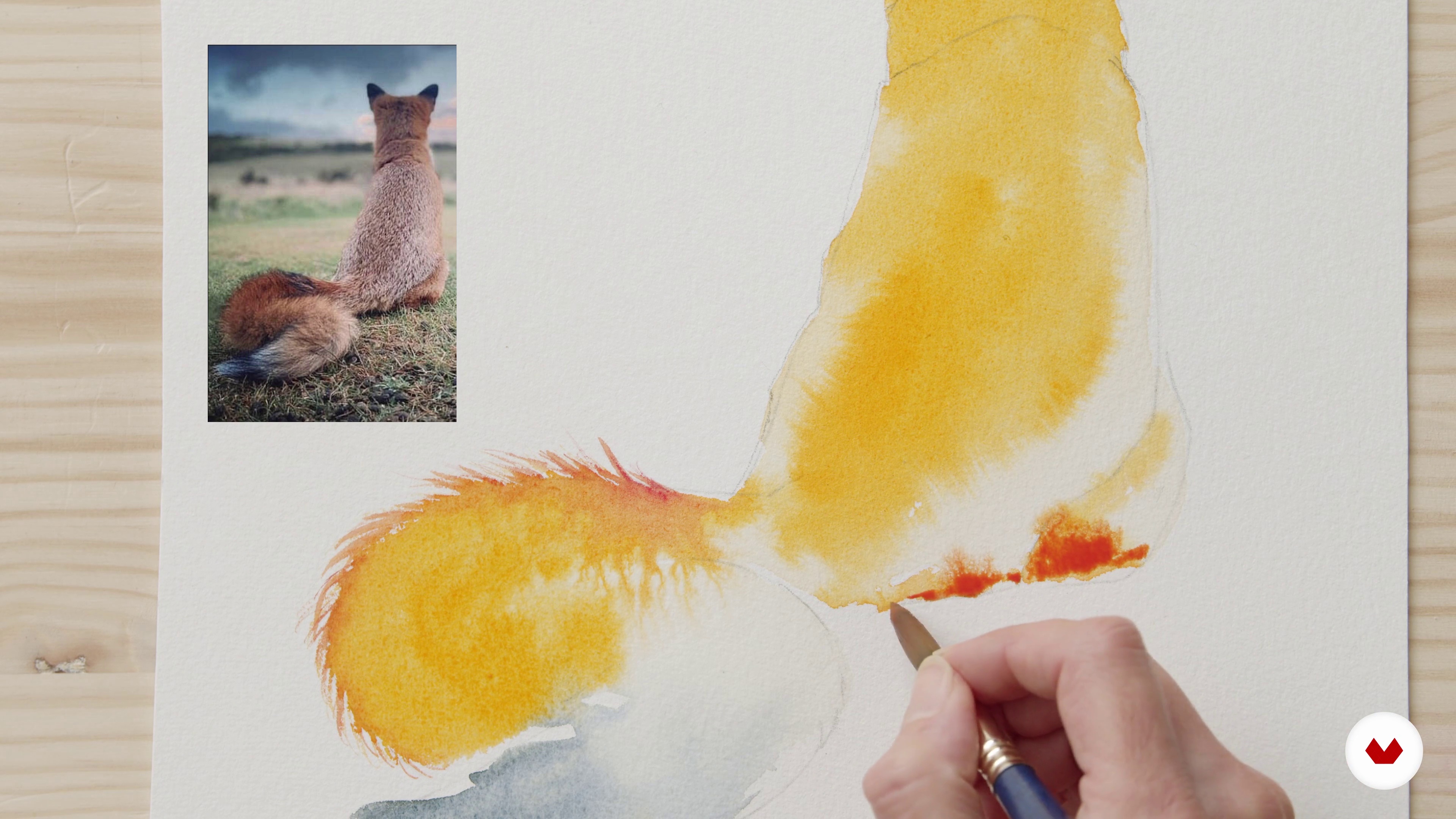
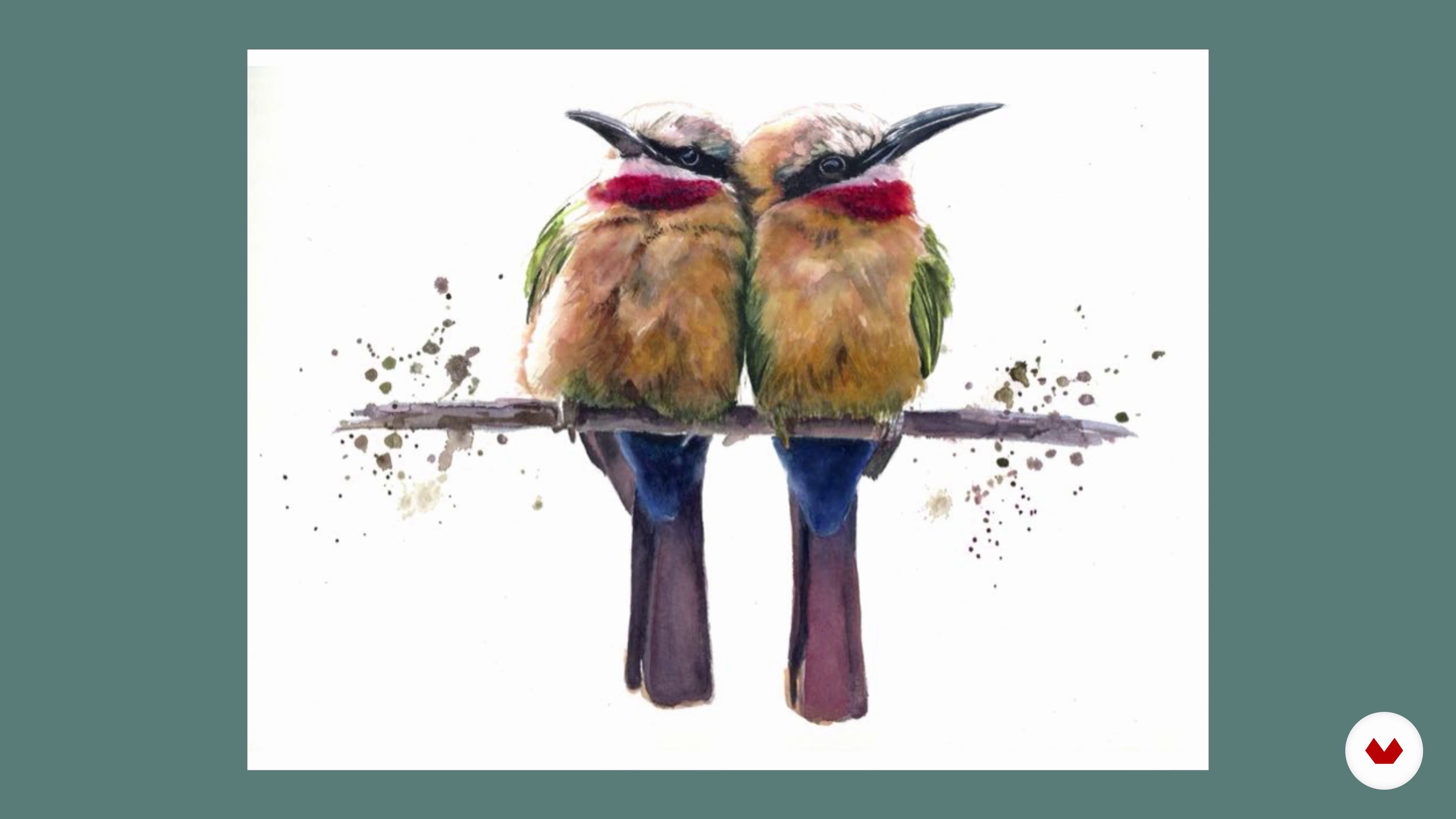
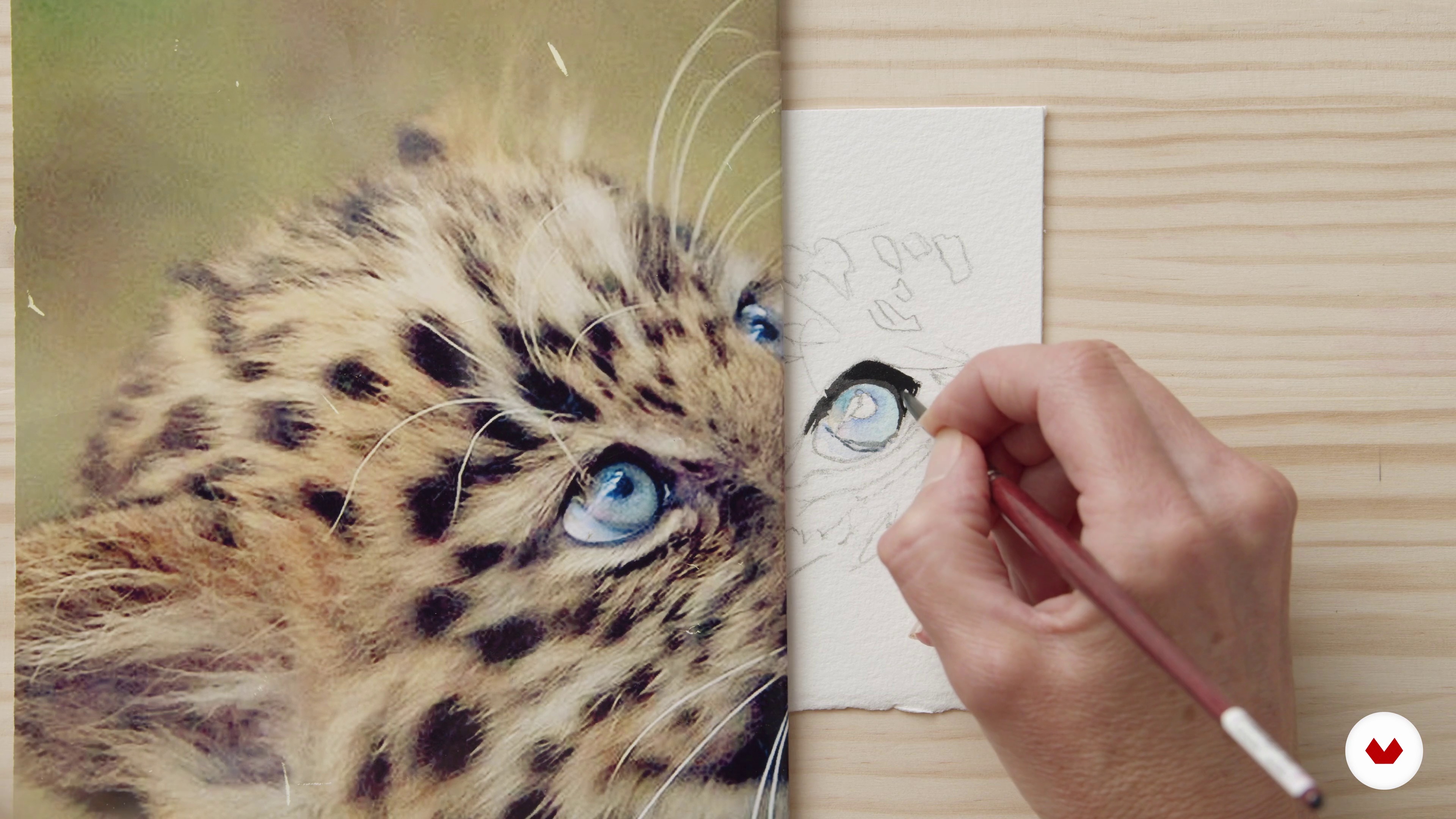
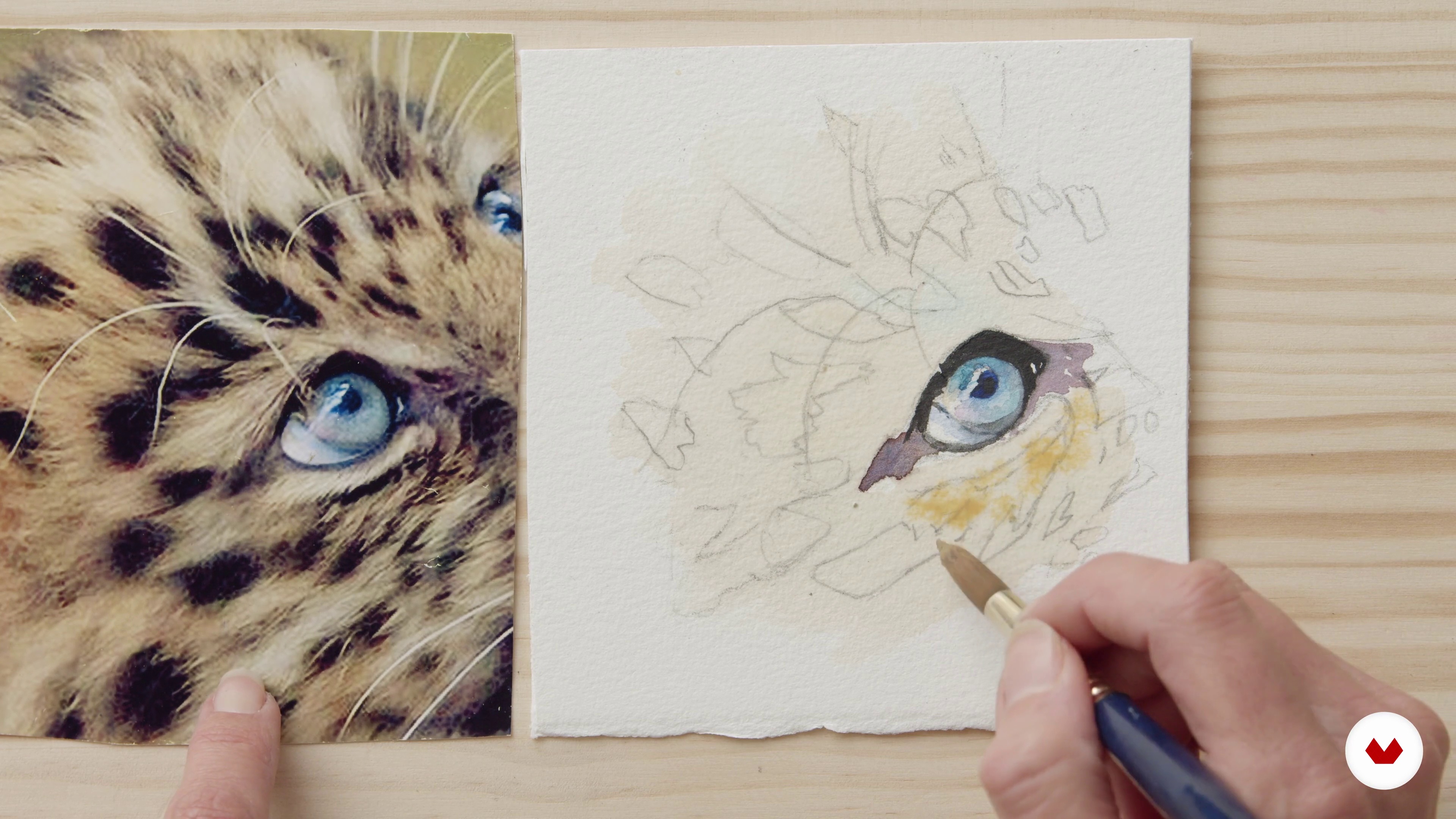
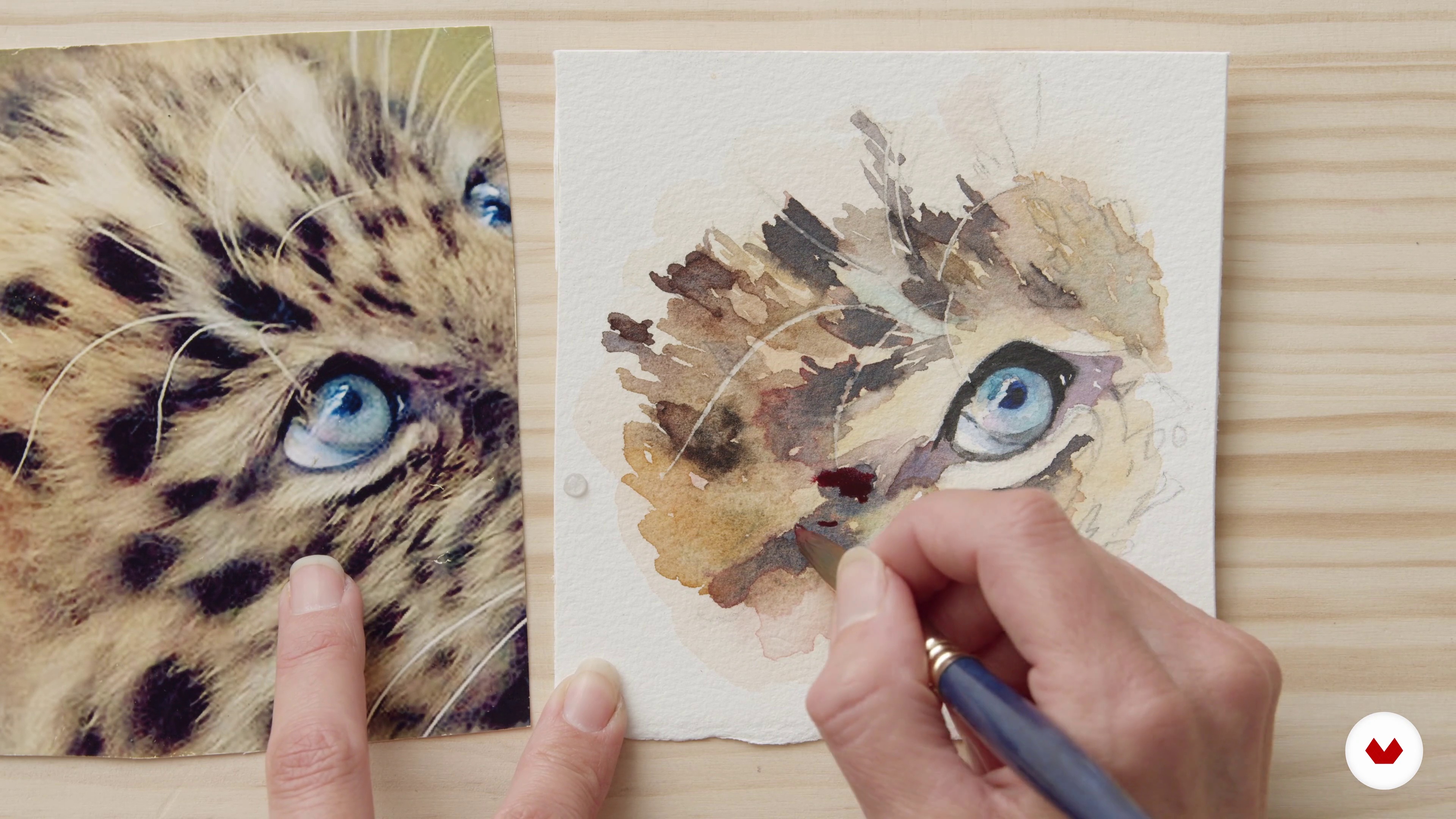
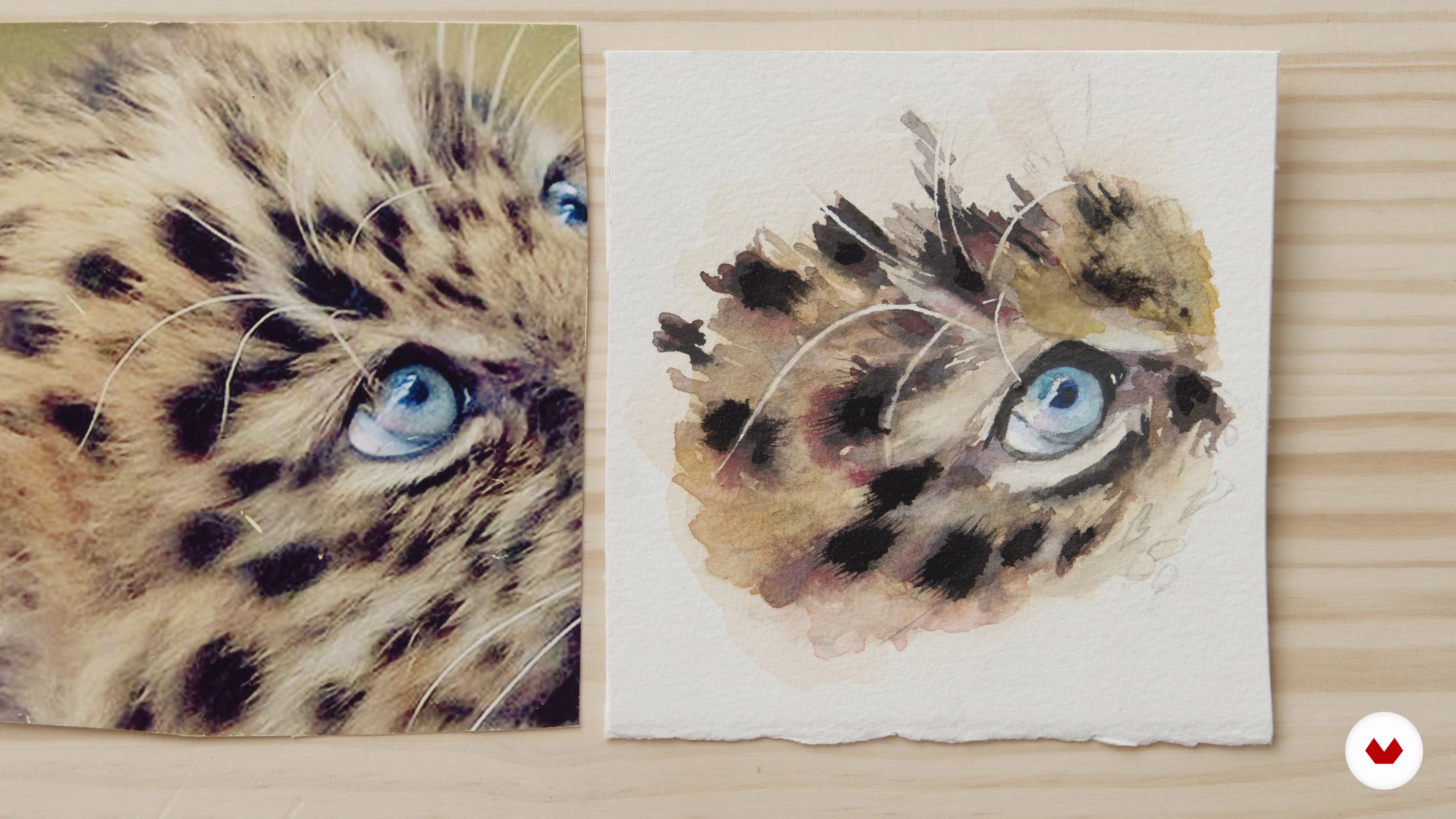
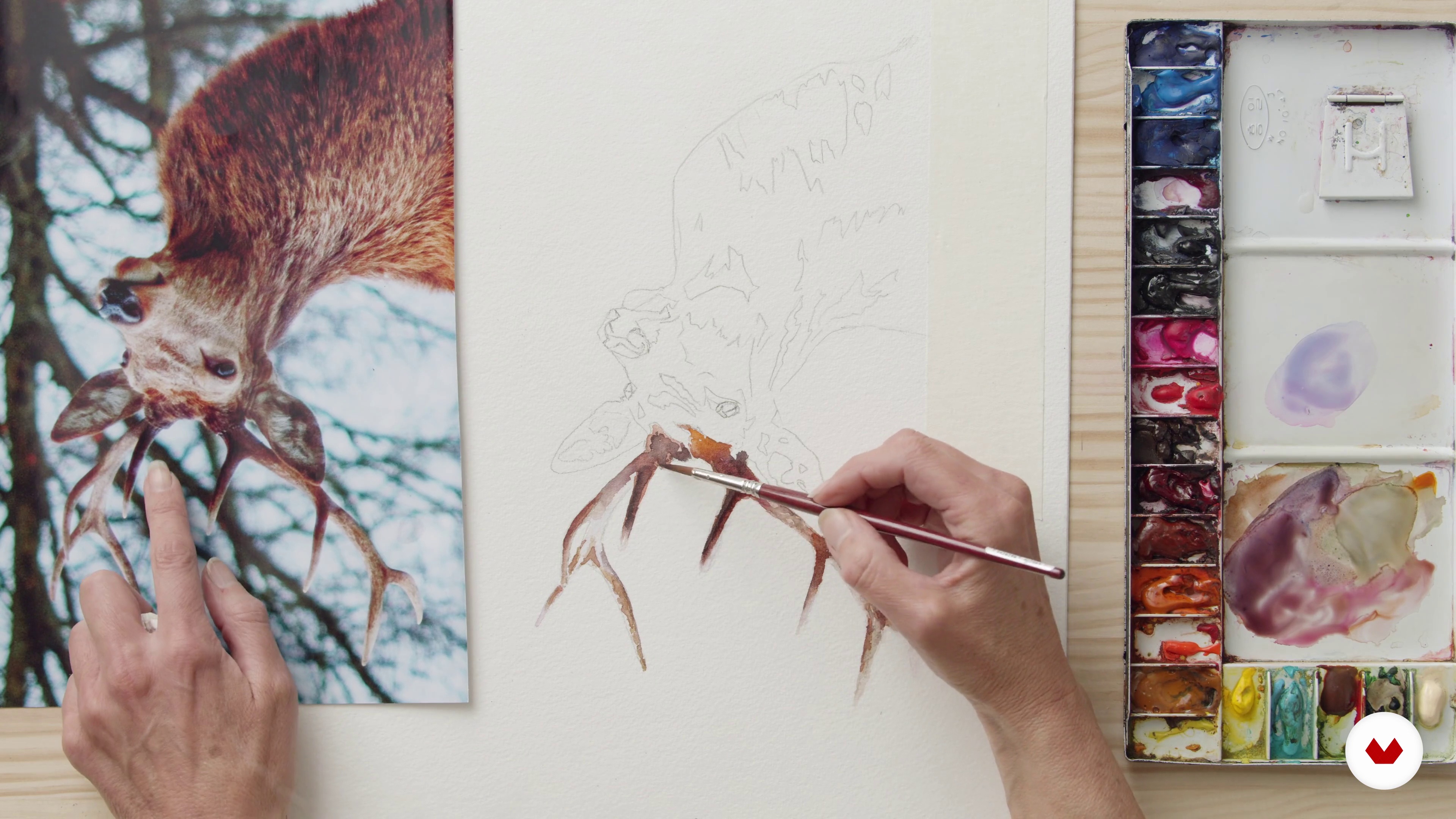

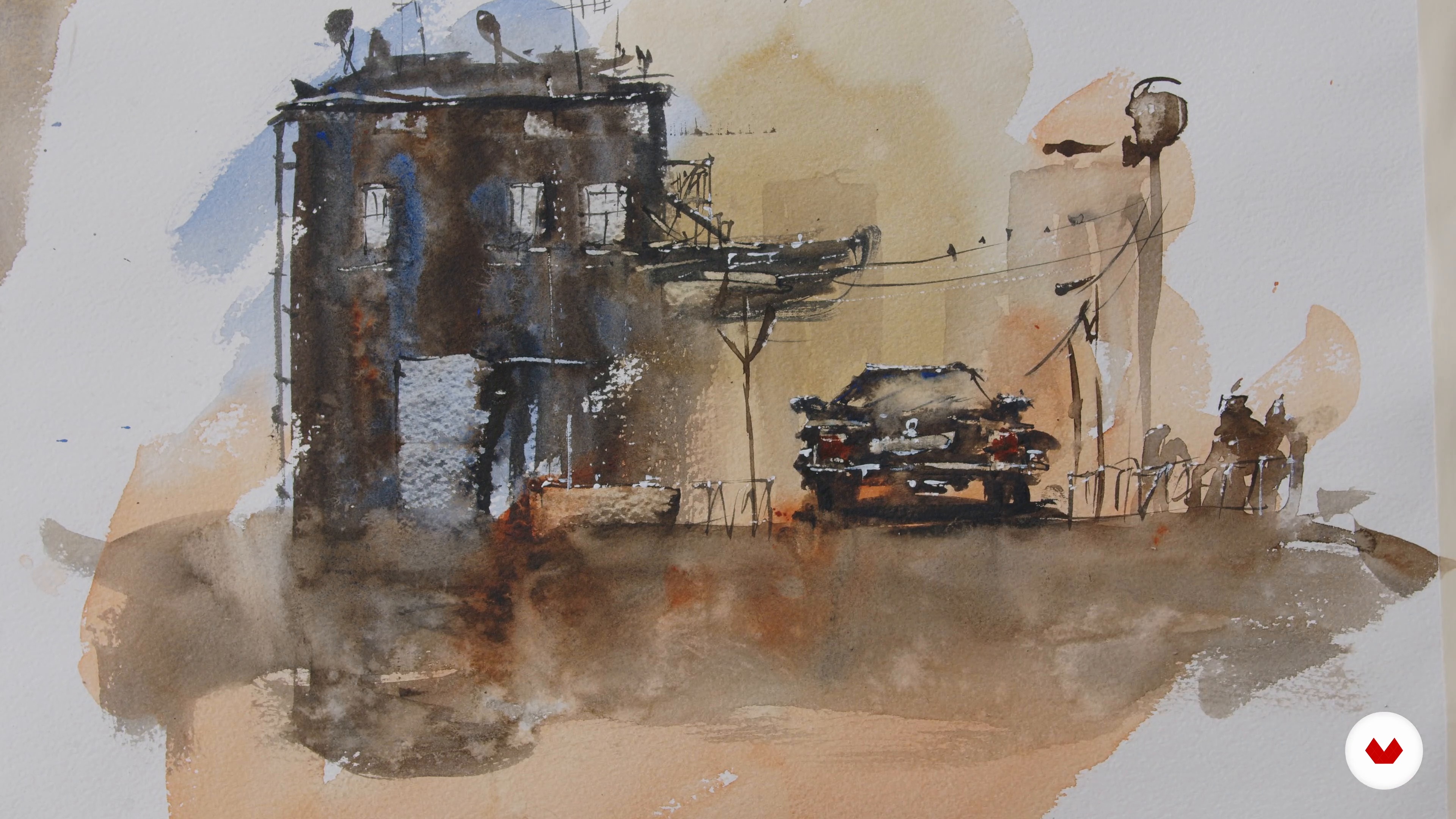
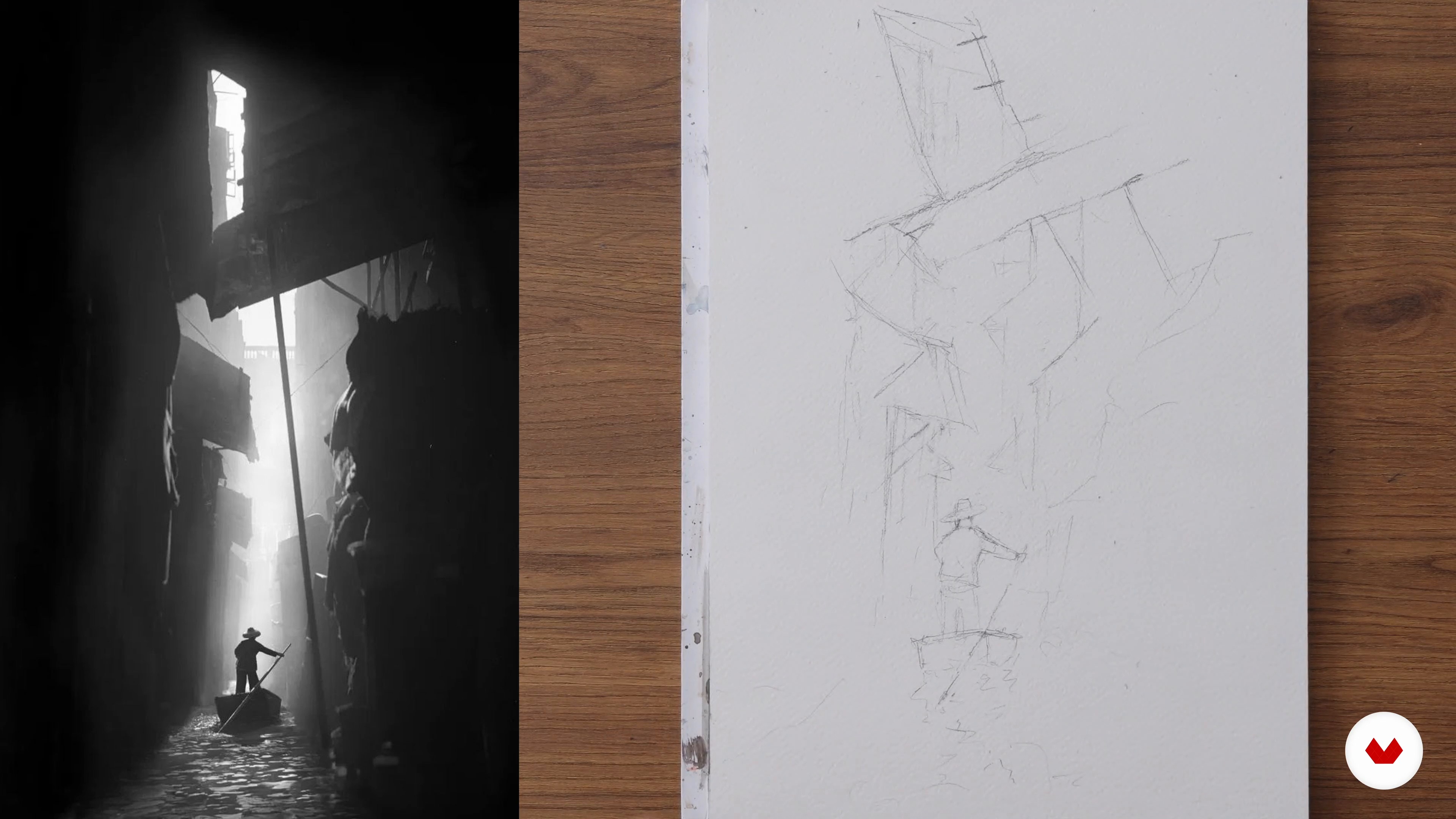
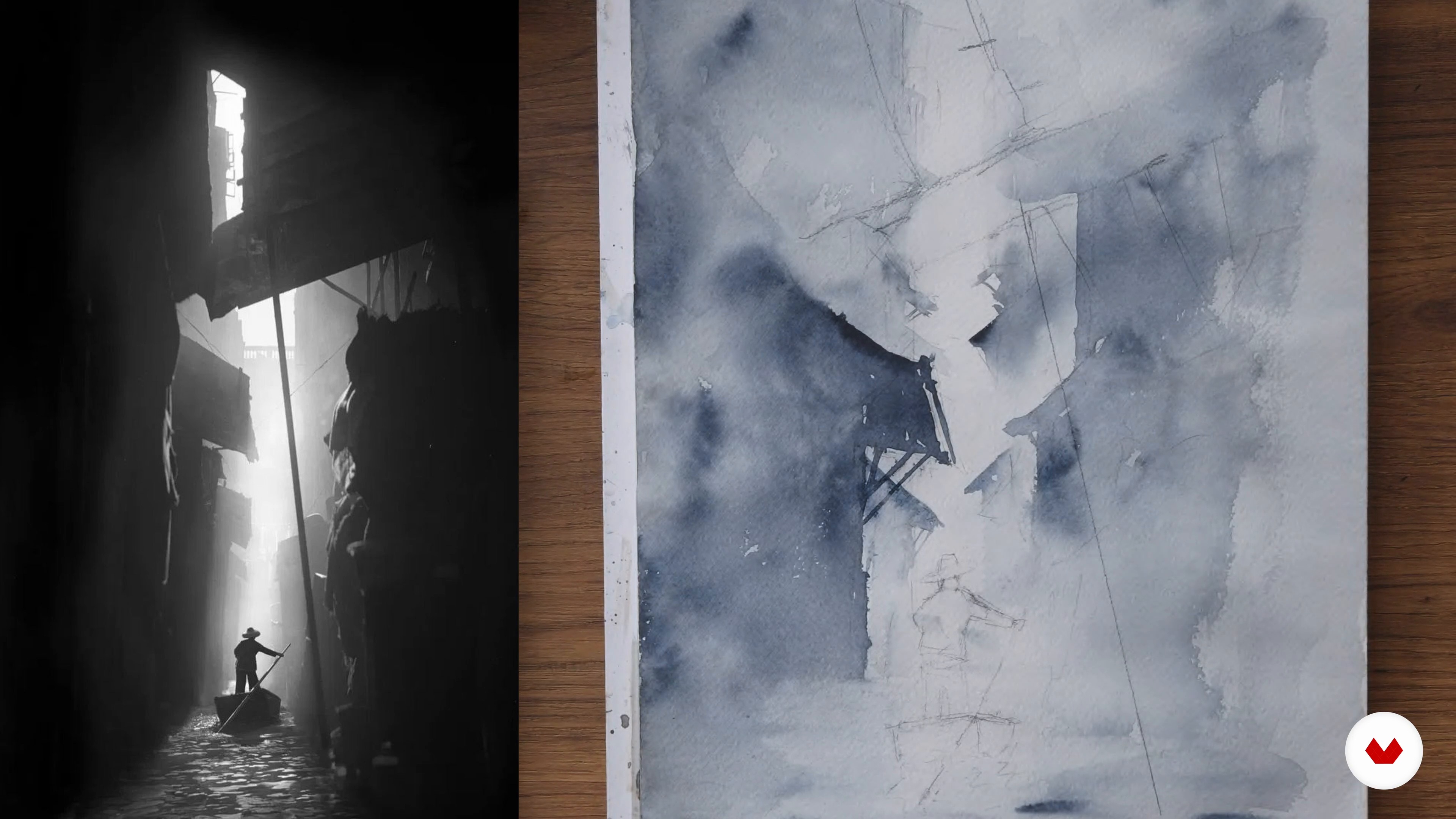

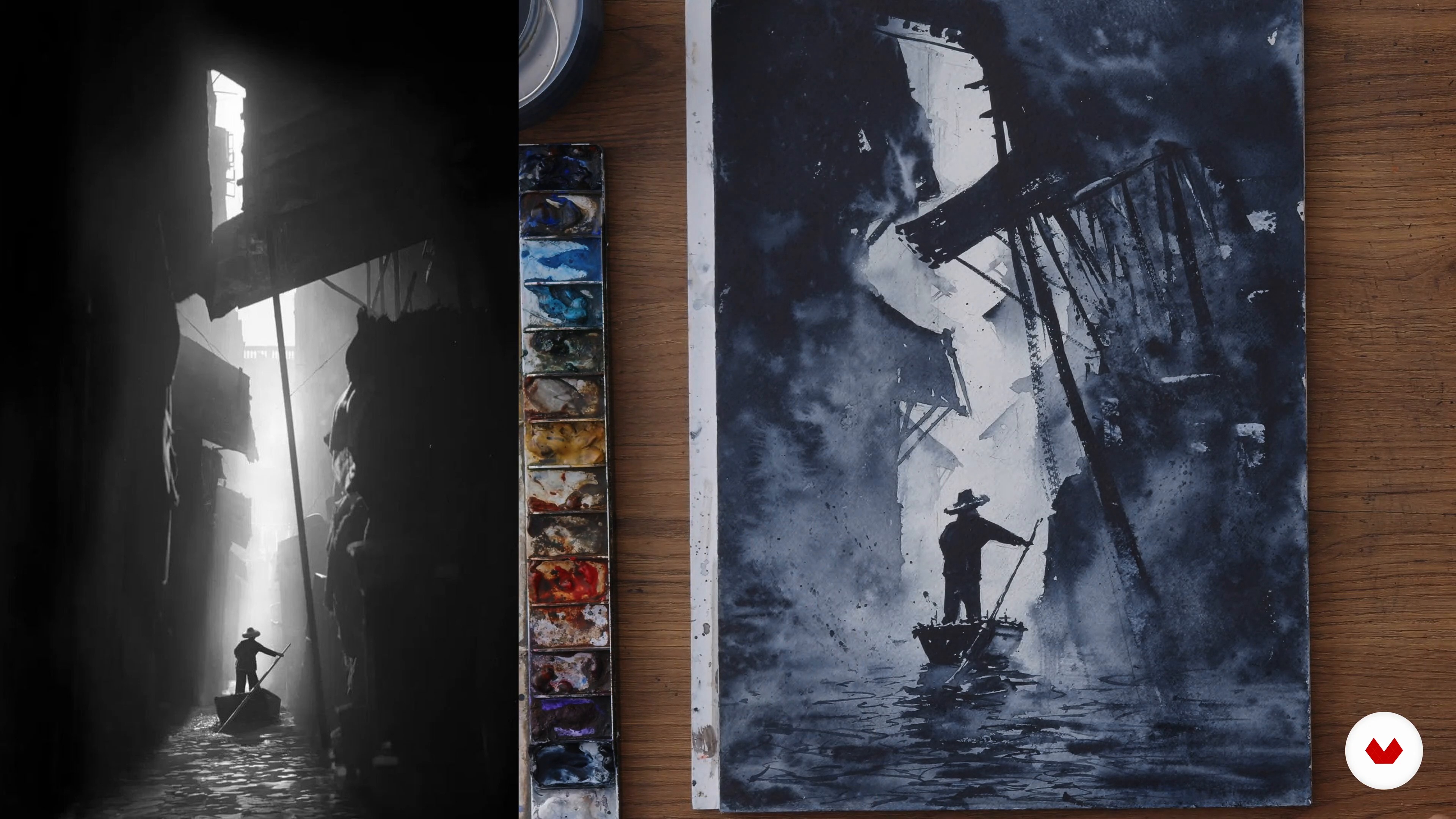




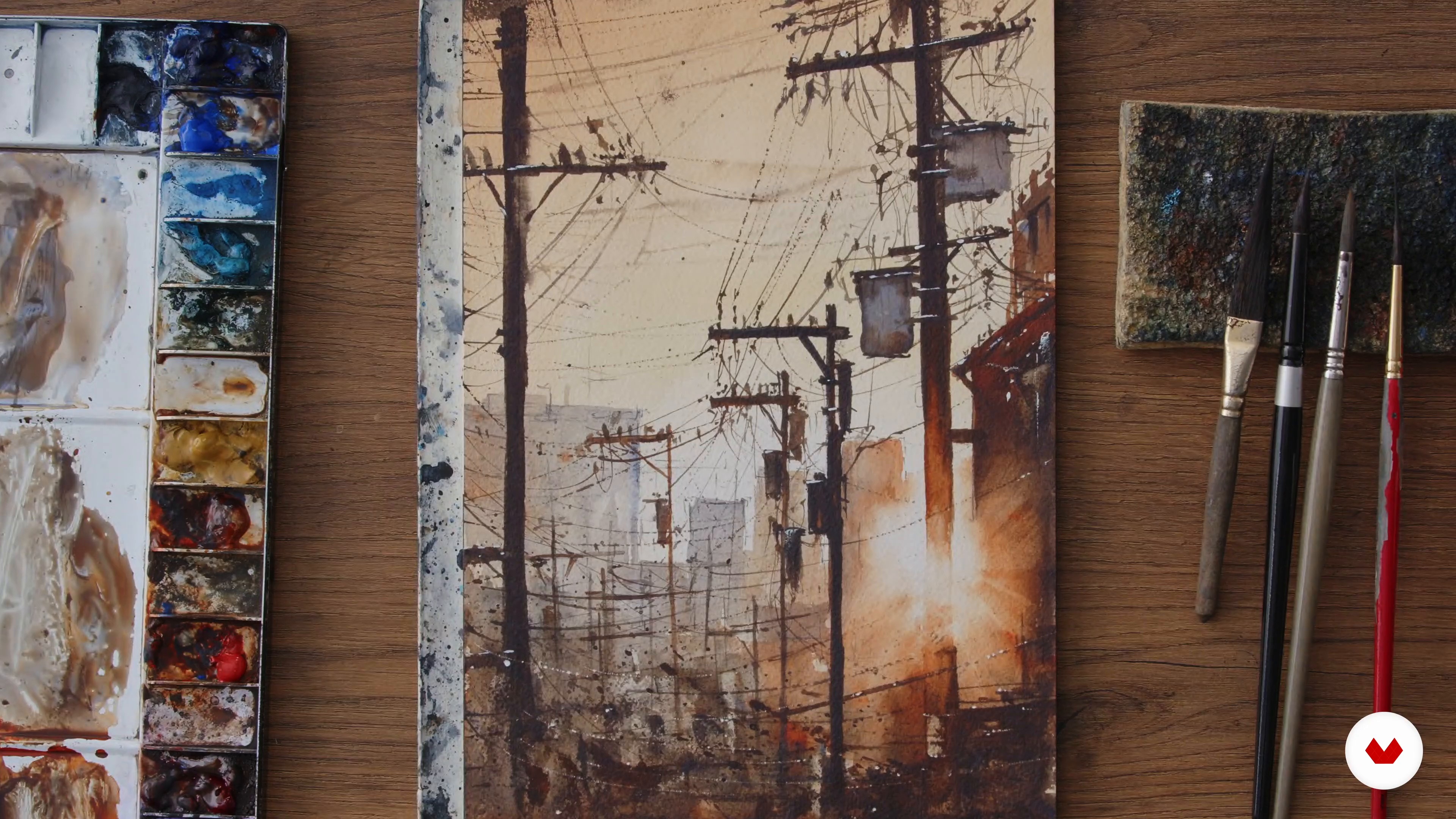

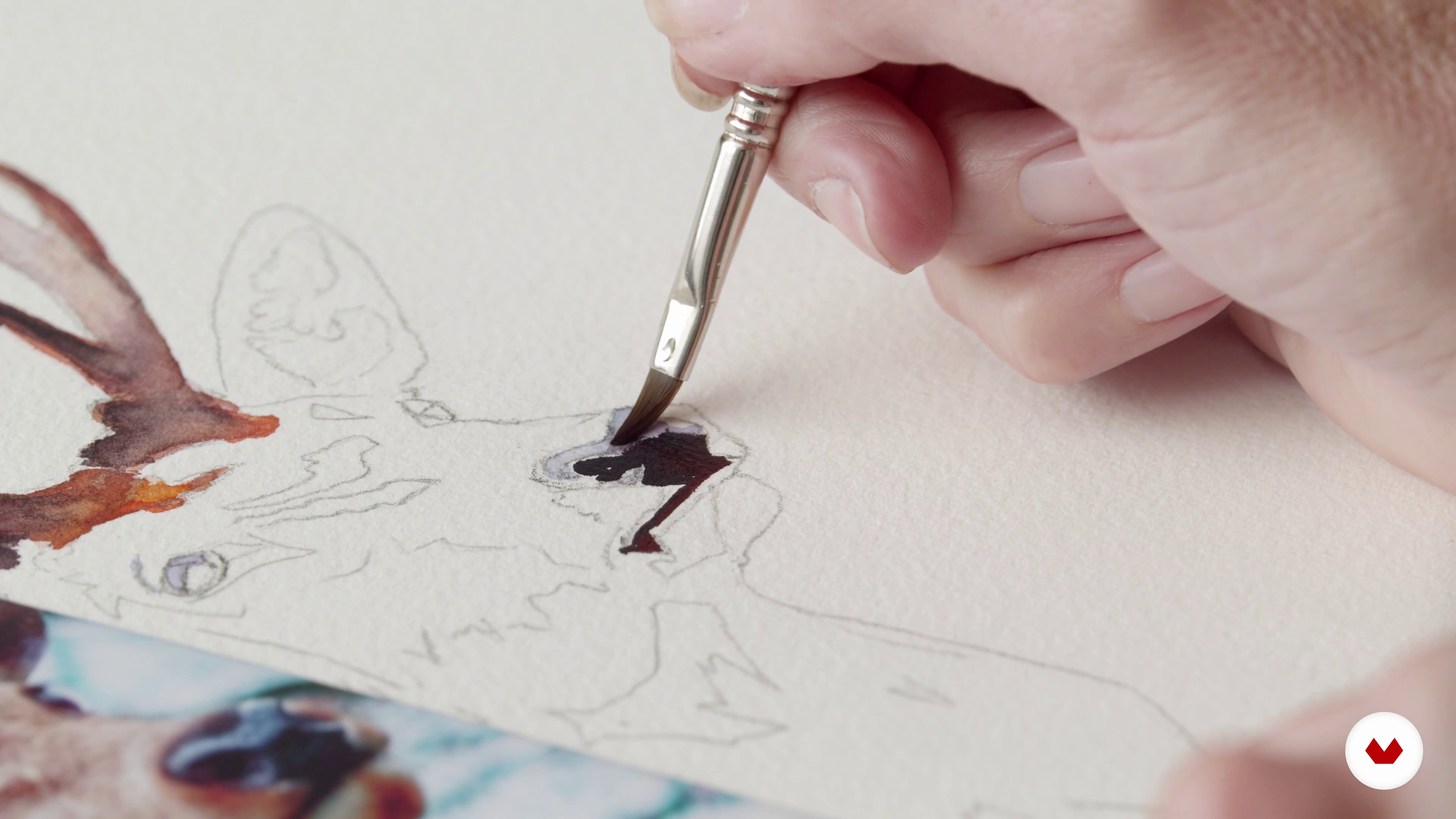
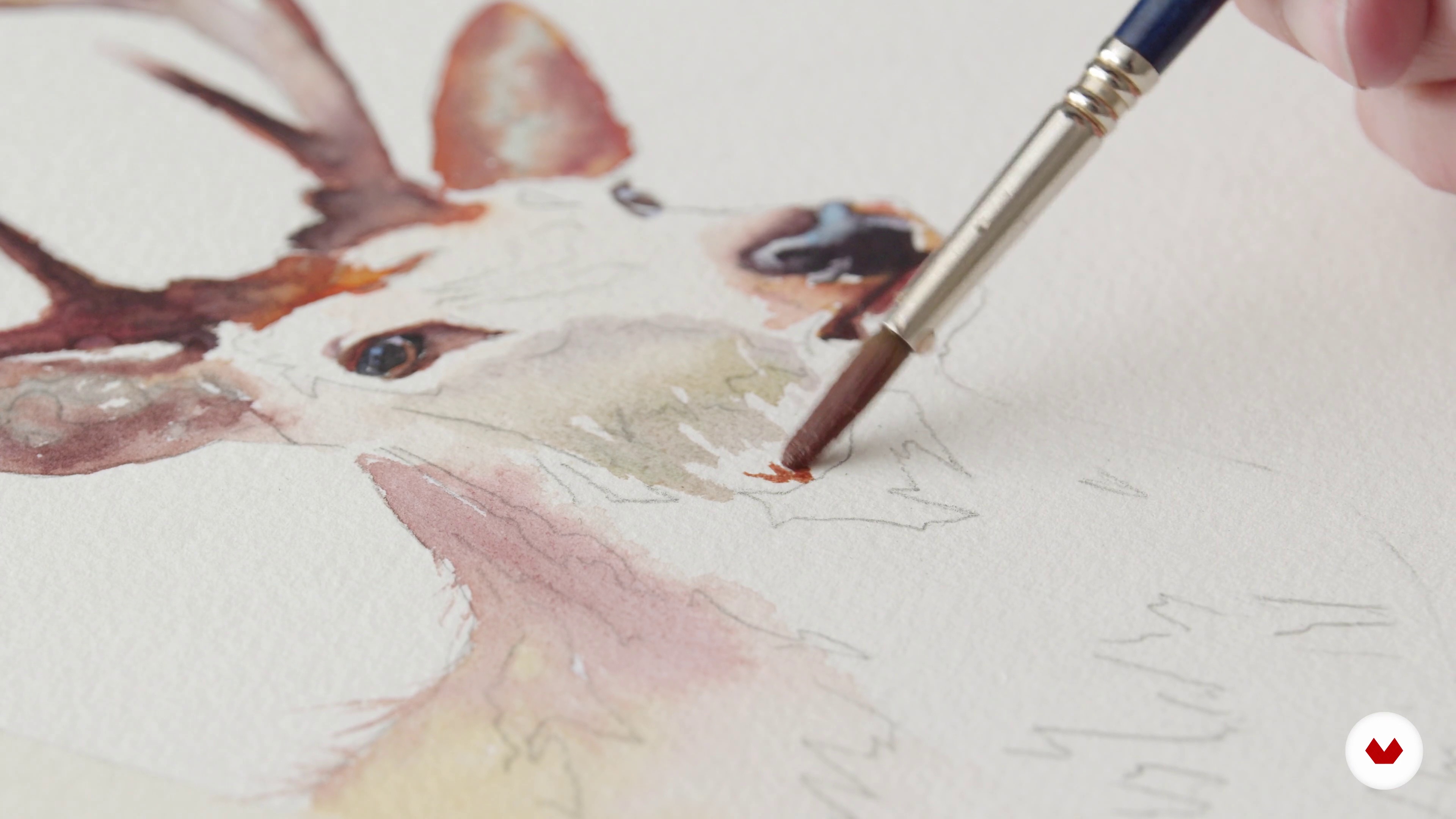

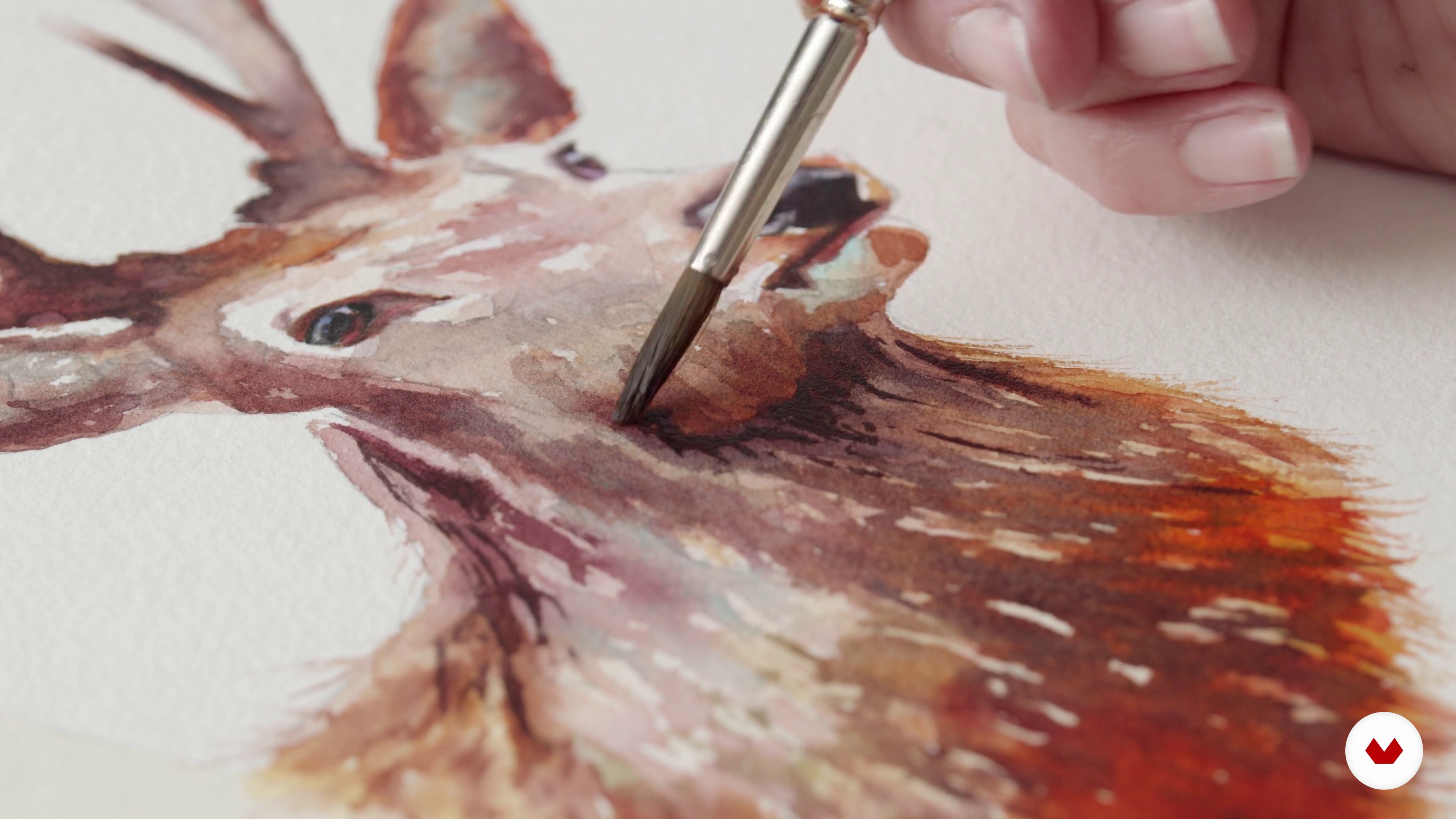
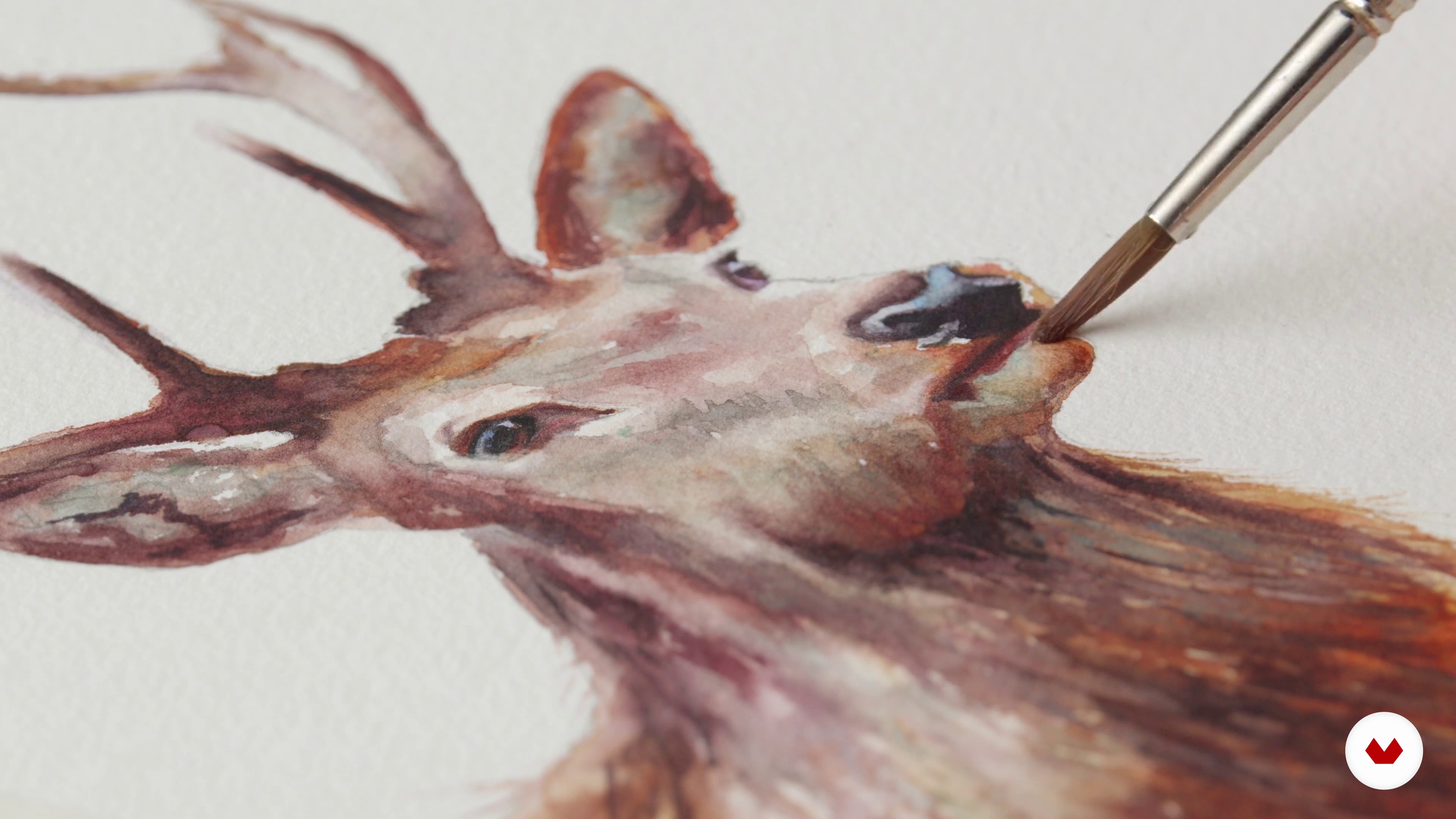

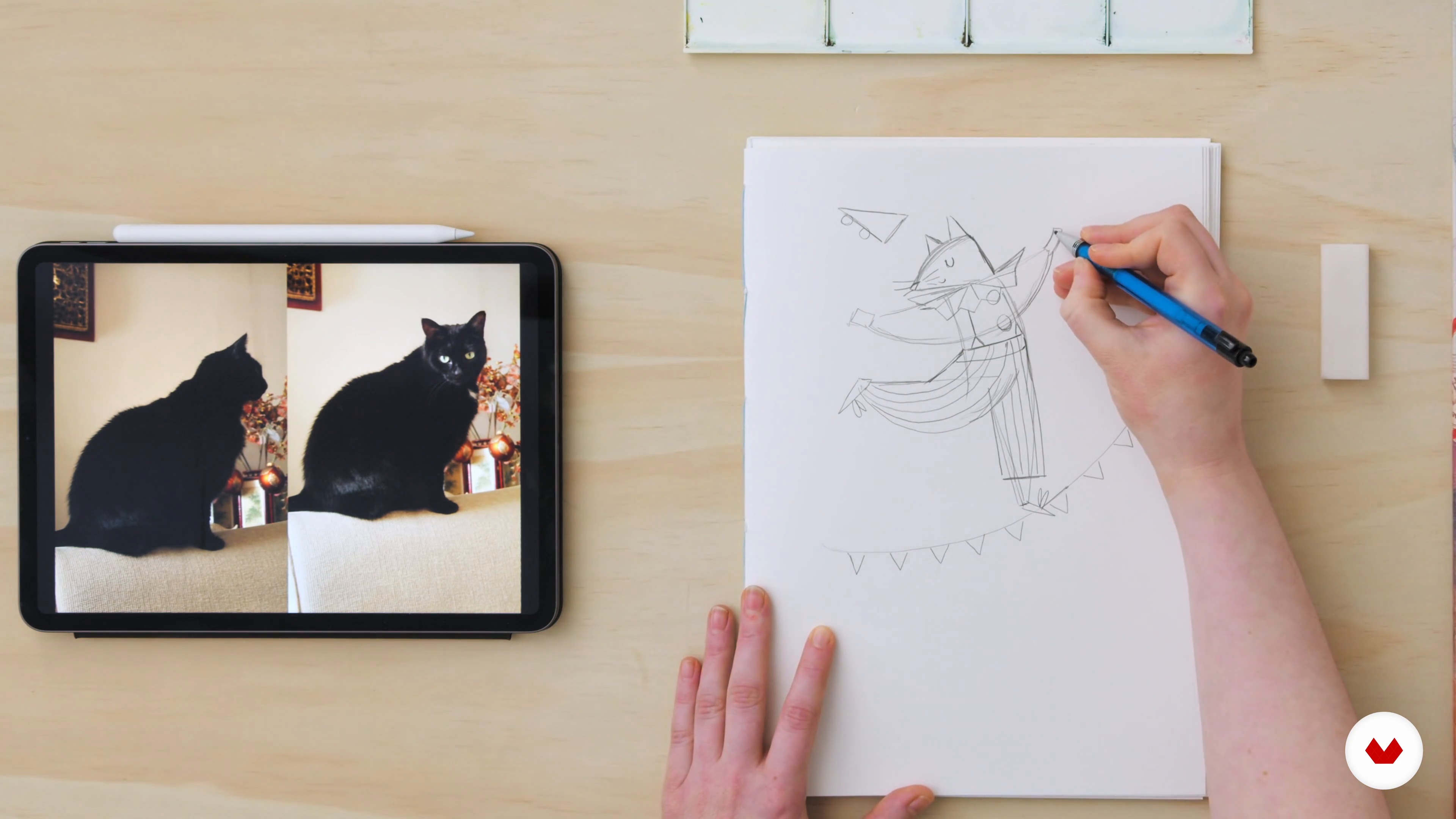
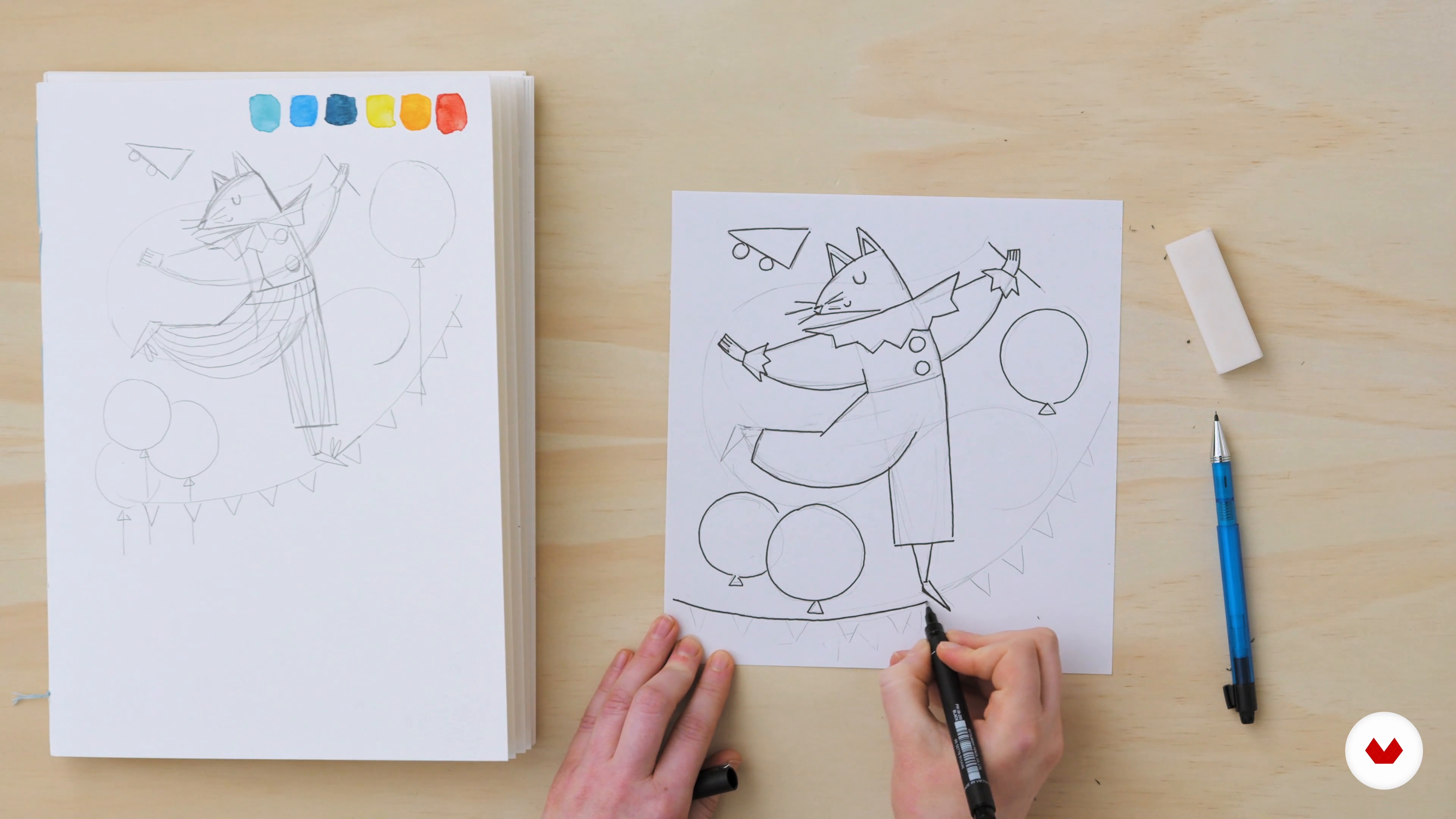
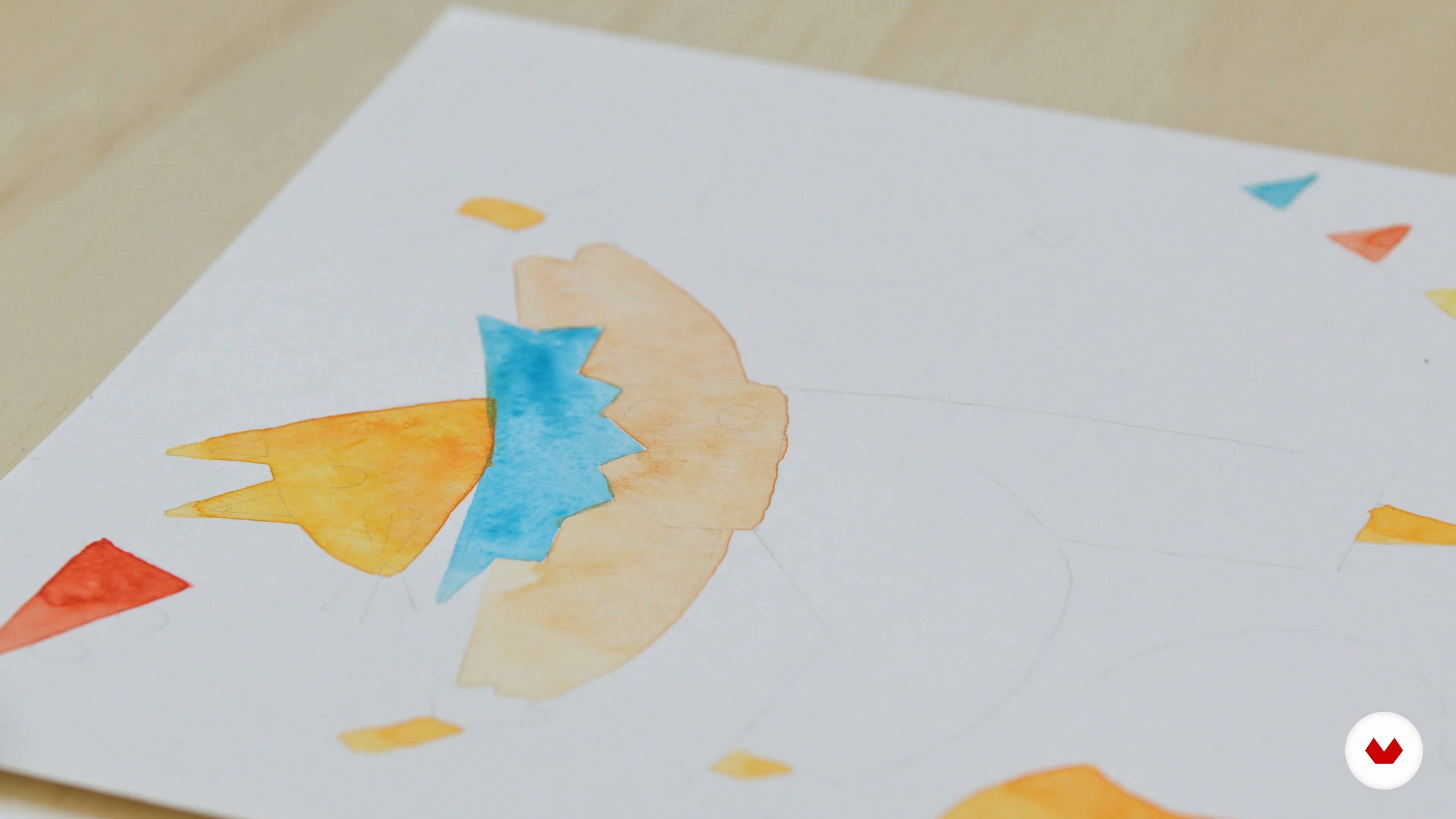
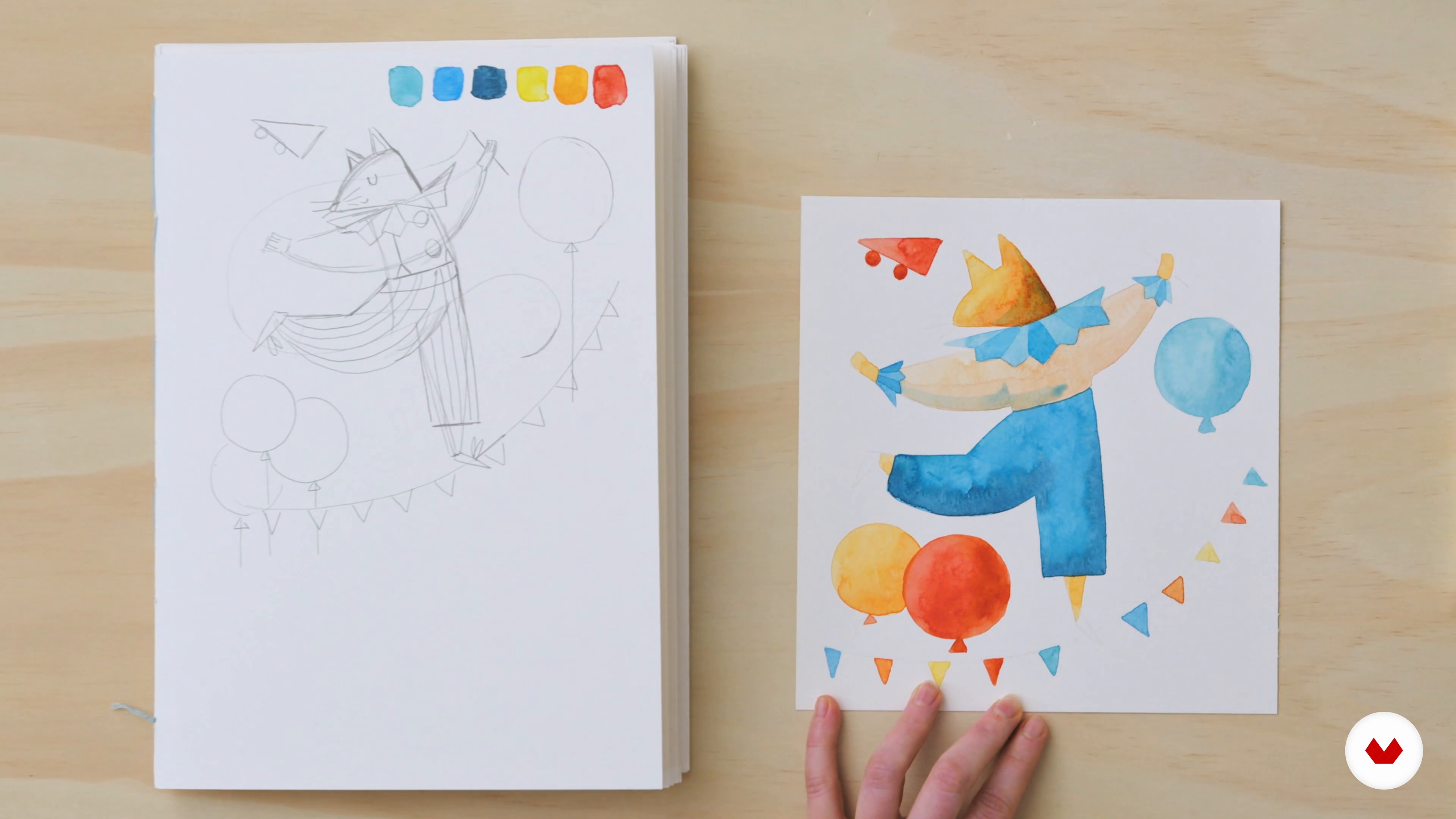
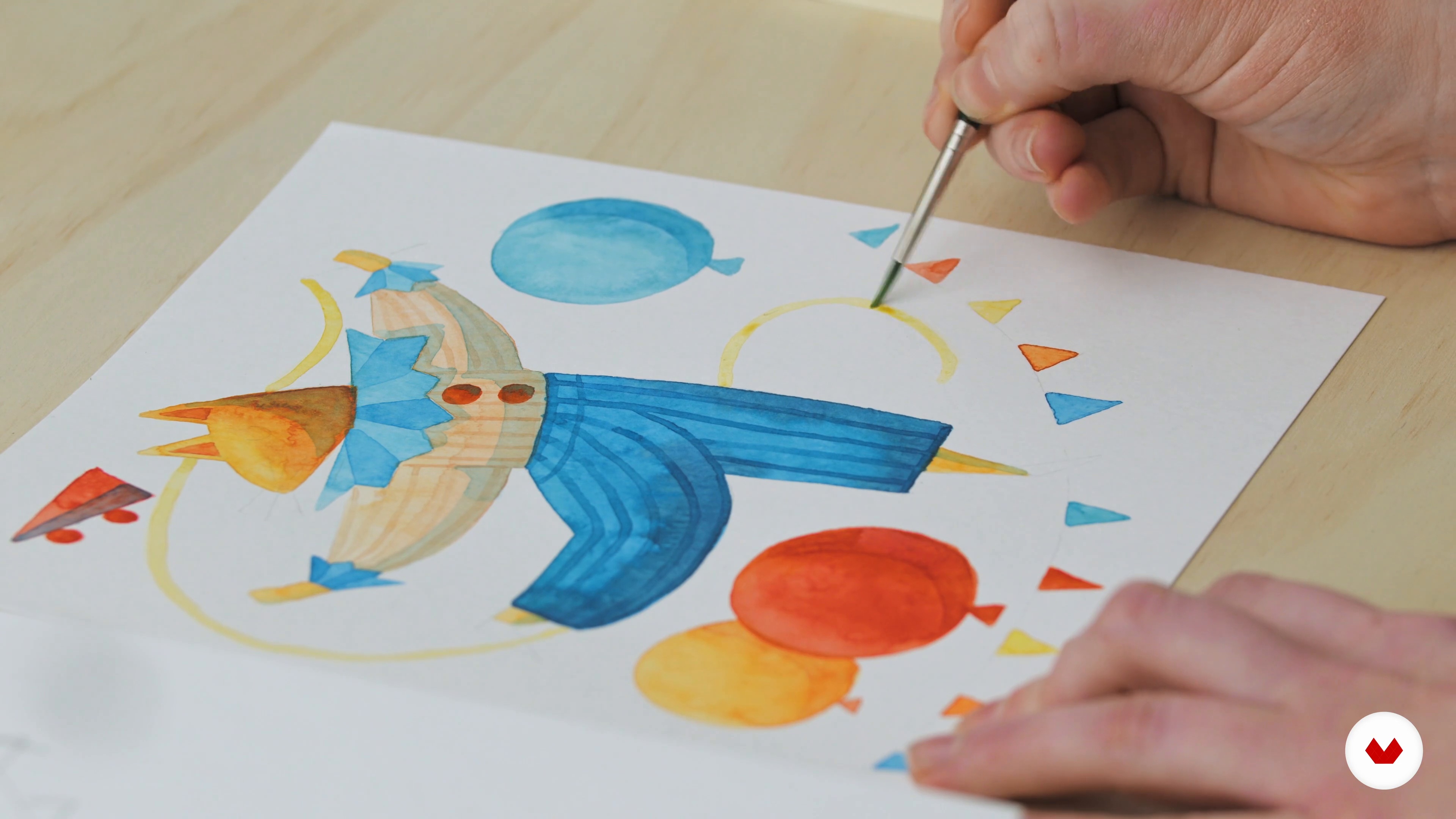
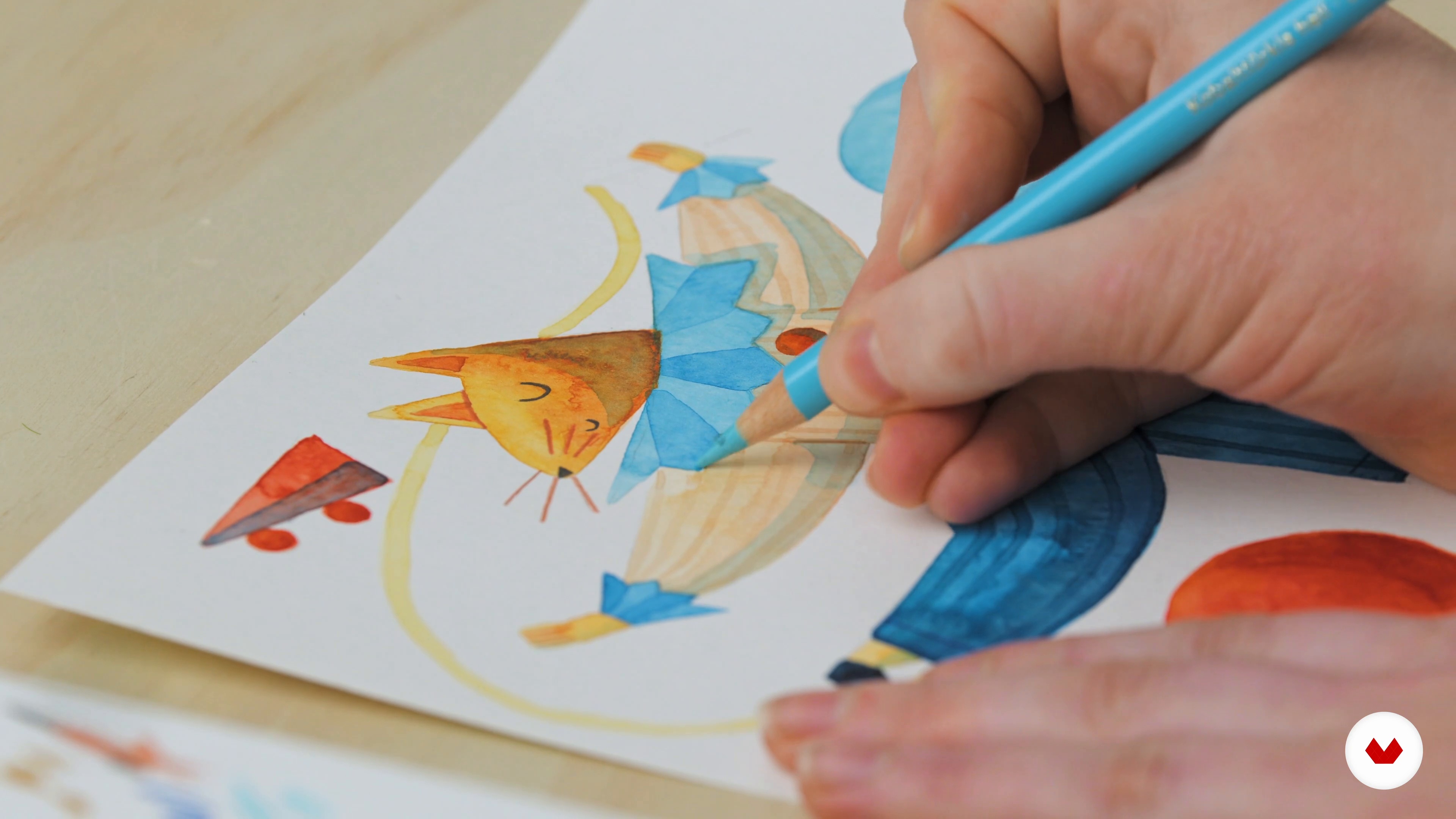


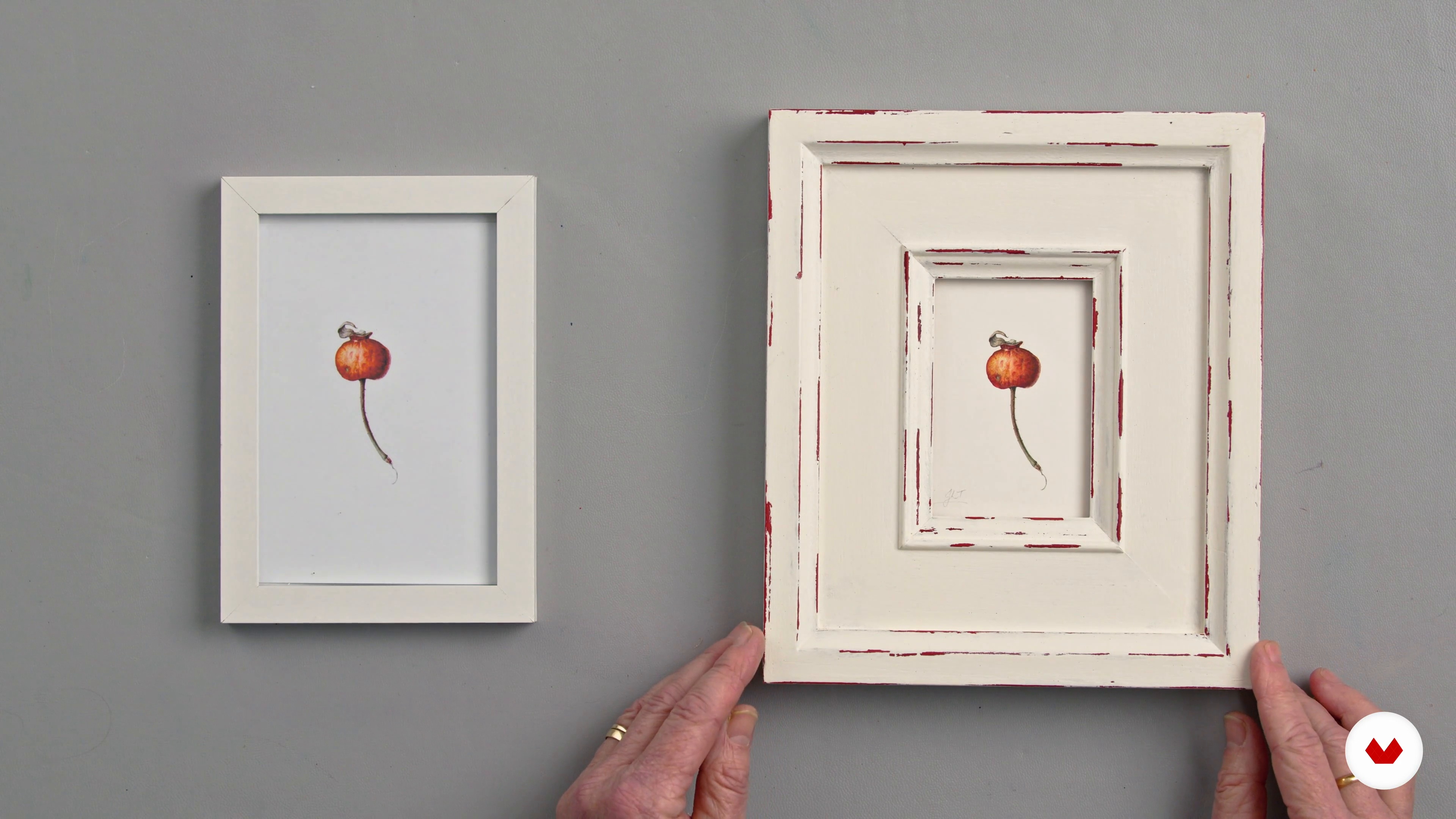
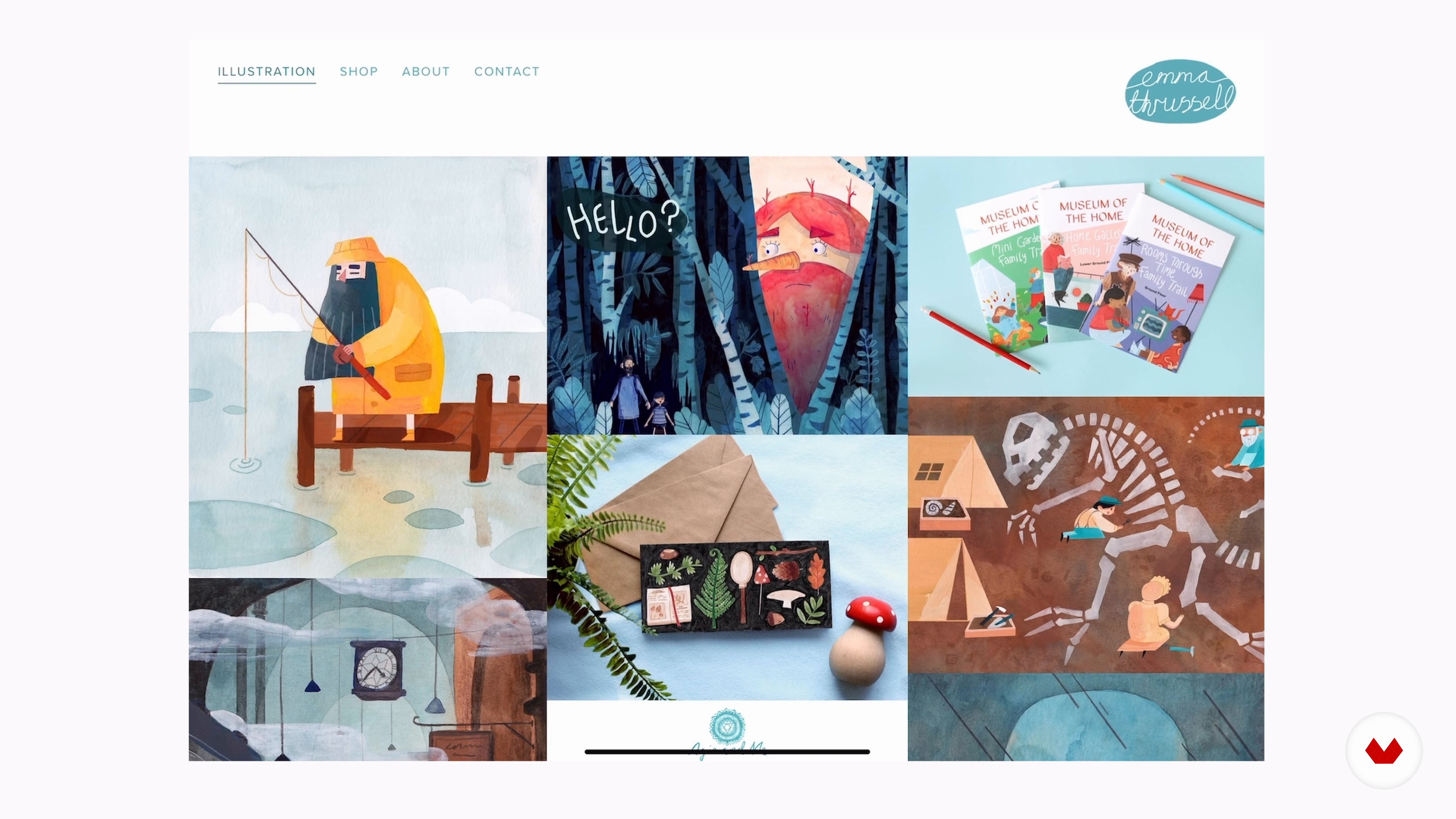
- 100% positive reviews (21)
- 3,139 students
- 80 lessons (17h 7m)
- 68 additional resources (33 files)
- Online and at your own pace
- Audio: English, Spanish
- Spanish · English · Portuguese · German · French · Italian · Polish · Dutch · Turkish
- Level: Beginner
- Unlimited access forever
What is this course's project?
Students will create a series of watercolor sketches incorporating basic techniques in color, composition, and texture, ultimately producing a cohesive and vibrant collection showcasing their newfound skills and artistic expression.
Who is this specialization for?
Aspiring watercolor artists eager to explore creative techniques, beginners seeking to enhance sketching skills, and individuals interested in botanical illustration, urban landscapes, animal portraits, and imaginative character creation will find this course ideal for unlocking their artistic potential.
Requirements and materials
No extensive prior knowledge is needed. Basic necessities include watercolor paints, brushes, paper, and a palette. Access to a comfortable workspace enhances creativity. Open-mindedness and enthusiasm for experimenting with colors and techniques are encouraged for a rewarding experience.

Reviews
What to expect from this specialization course
-
Learn at your own pace
Enjoy learning from home without a set schedule and with an easy-to-follow method. You set your own pace.
-
Learn from the best professionals
Learn valuable methods and techniques explained by top experts in the creative sector.
-
Meet expert teachers
Each expert teaches what they do best, with clear guidelines, true passion, and professional insight in every lesson.
-
Certificates
PlusIf you're a Plus member, get a custom certificate for every specialization course. Share it on your portfolio, social media, or wherever you like.
-
Get front-row seats
Videos of the highest quality, so you don't miss a single detail. With unlimited access, you can watch them as many times as you need to perfect your technique.
-
Share knowledge and ideas
Ask questions, request feedback, or offer solutions. Share your learning experience with other students in the community who are as passionate about creativity as you are.
-
Connect with a global creative community
The community is home to millions of people from around the world who are curious and passionate about exploring and expressing their creativity.
-
Watch professionally produced courses
Domestika curates its teacher roster and produces every course in-house to ensure a high-quality online learning experience.
FAQs
What are Domestika's online courses?
Domestika courses are online classes that allow you to learn new skills and create incredible projects. All our courses include the opportunity to share your work with other students and/or teachers, creating an active learning community. We offer different formats:
Original Courses: Complete classes that combine videos, texts, and educational materials to complete a specific project from start to finish.
Basics Courses: Specialized training where you master specific software tools step by step.
Specialization Courses: Learning paths with various expert teachers on the same topic, perfect for becoming a specialist by learning from different approaches.
Guided Courses: Practical experiences ideal for directly acquiring specific skills.
Intensive Courses (Deep Dives): New creative processes based on artificial intelligence tools in an accessible format for in-depth and dynamic understanding.
When do the specialization courses start and when do they finish?
All specialization courses are 100% online, so once they're published, specialization courses start and finish whenever you want. You set the pace of the class. You can go back to review what interests you most and skip what you already know, ask questions, answer questions, share your projects, and more.
What do Domestika's specialization courses include?
The specialization courses are divided into different modules. Each one includes lessons, informational text, tasks, and practice exercises to help you carry out your project step by step, with additional complementary resources and downloads. You'll also have access to an exclusive forum where you can interact with other students, as well as share your work and your final project, creating a community around the specialization courses.
Have you been given a specialization courses?
You can redeem the specialization courses you received by accessing the redeeming page and entering your gift code.








La acuarela en su máxima expresión. Curso más que recomendado para los amantes de esta hermosa técnica pictórica.
Great course. Enjoyed the different styles by different painters.
I enjoyed the course, but did not have time to finish
El curso es interesante, aunque se hace difícil evaluar tantos profesores diferentes. El contenido que mas me motivó fue la ilustración de personajes imaginarios con Emma Thrussell.
This is the first specialisation I do in Domestic and I really liked the perspective of the different artists in one topic. I have learned from each one of the 6 artists something new and all of them do really beautiful art even though they differ from style completely.